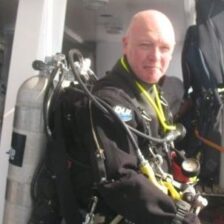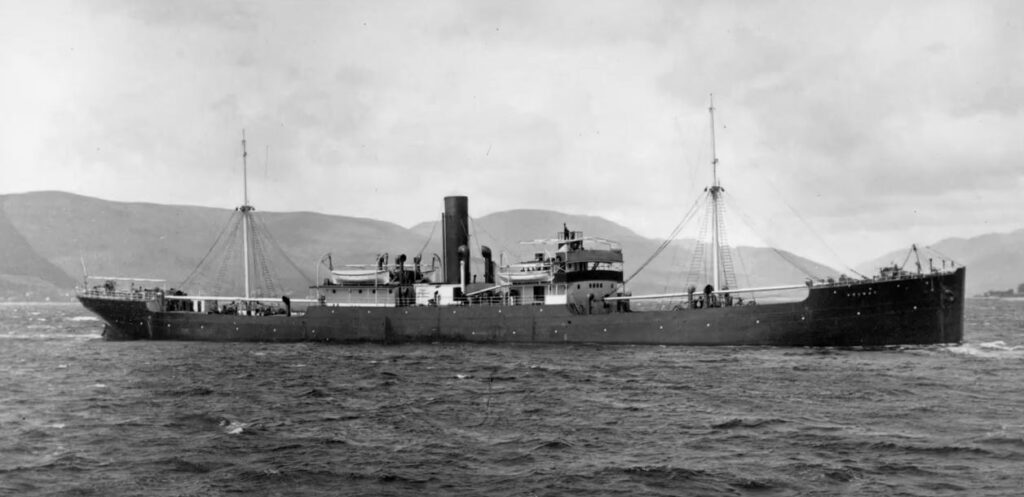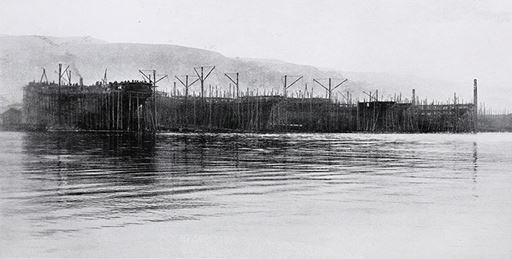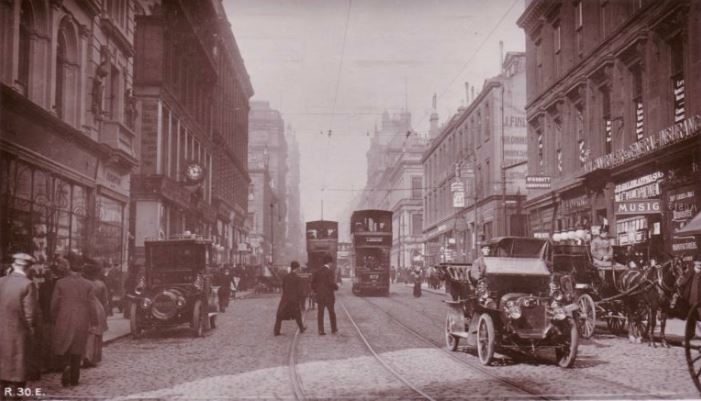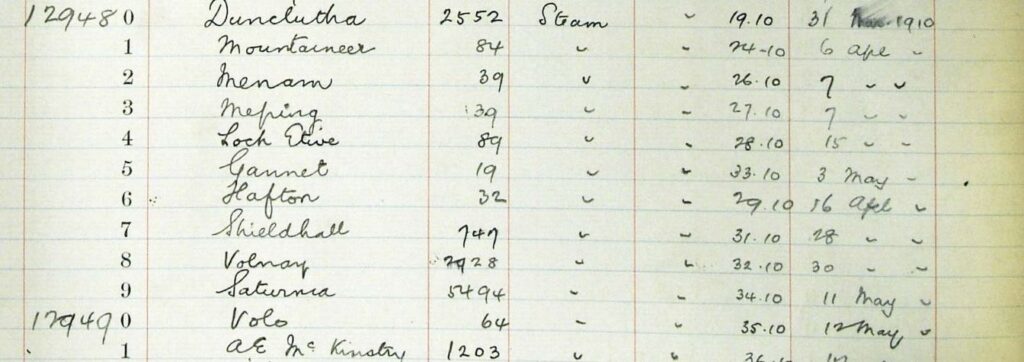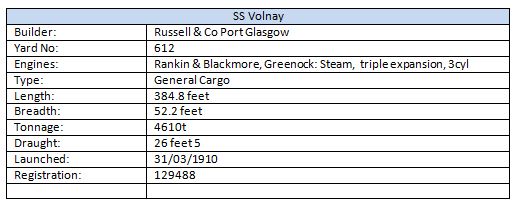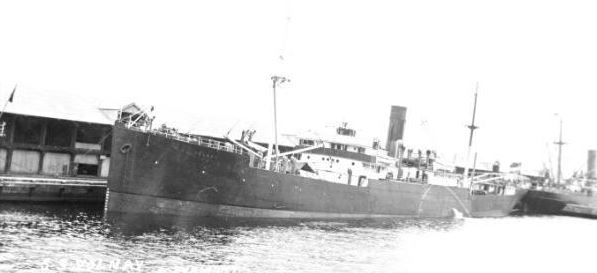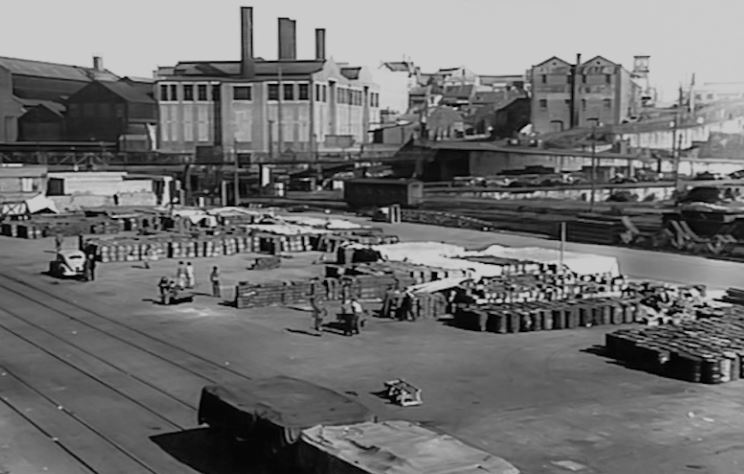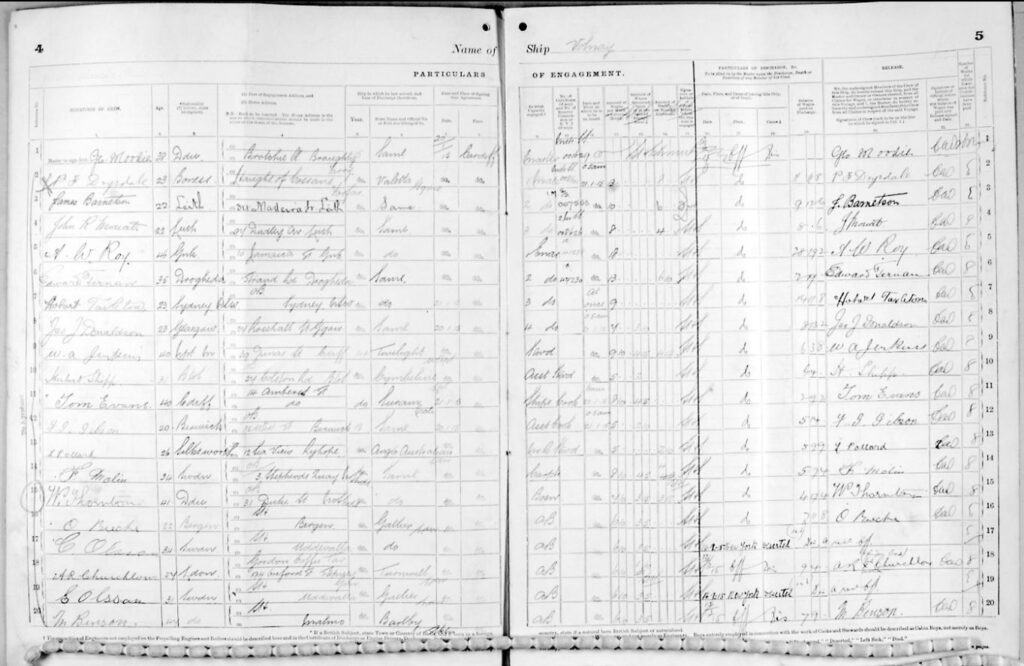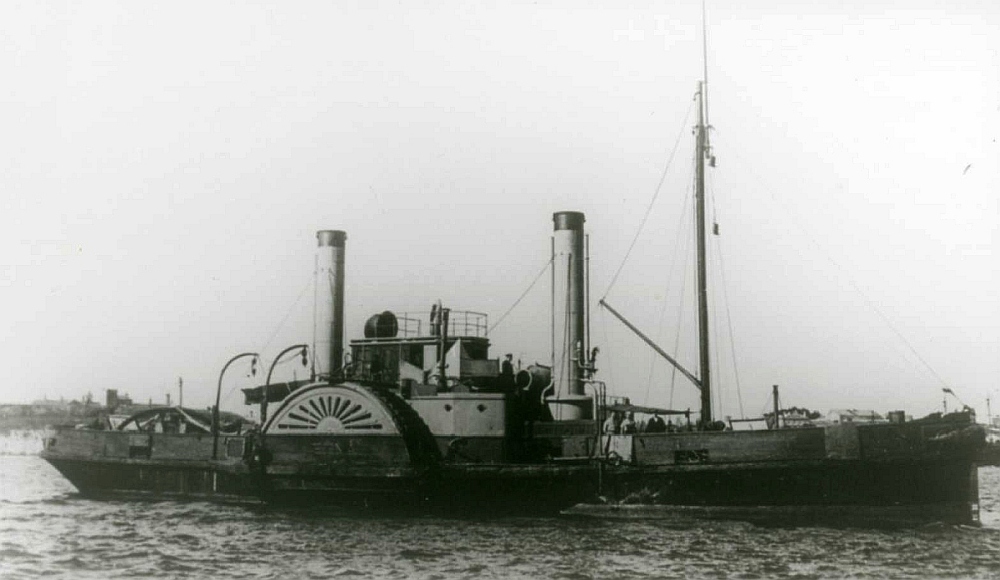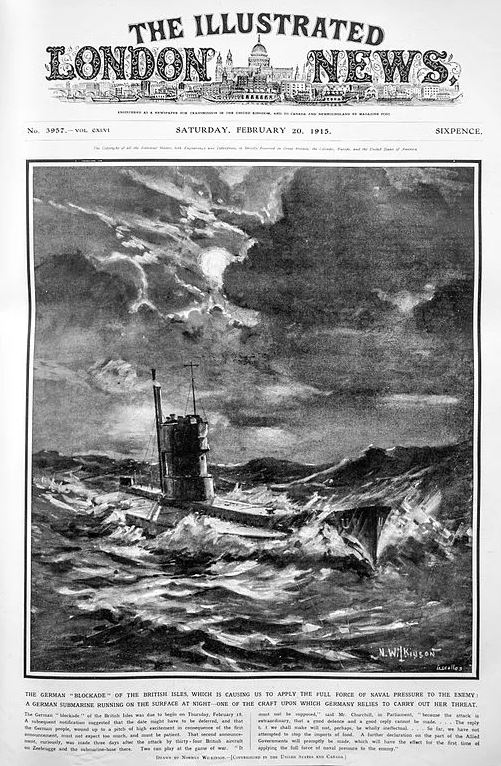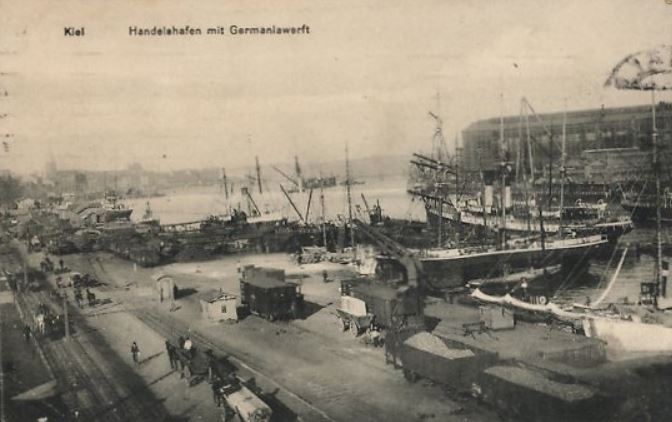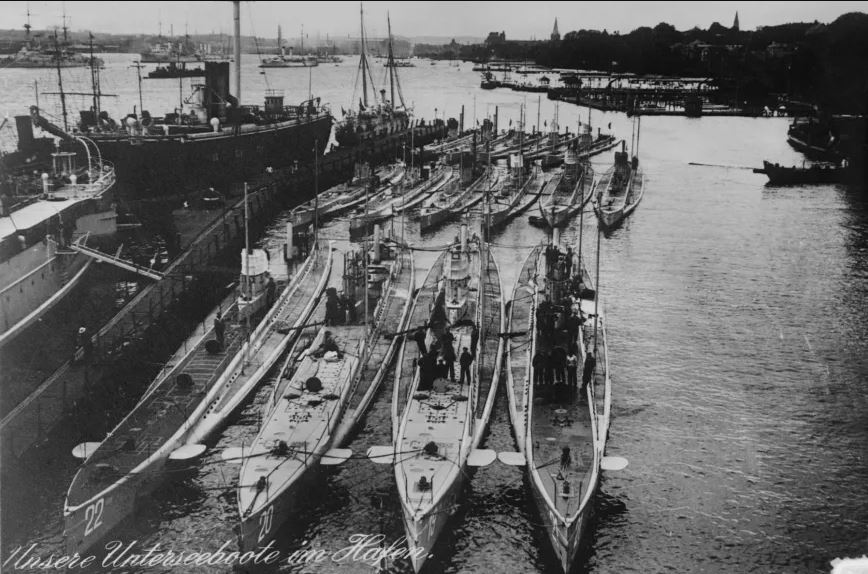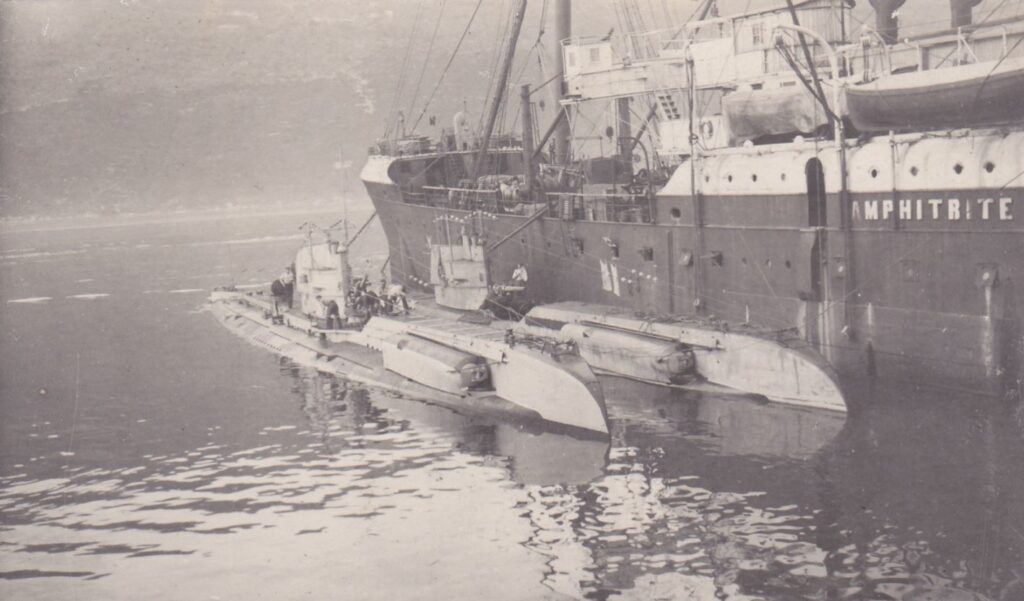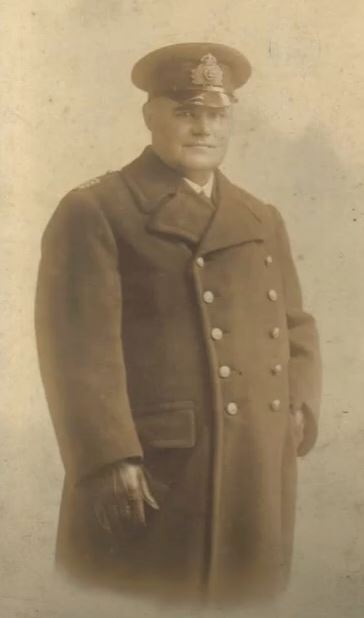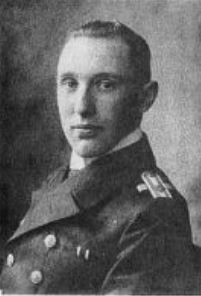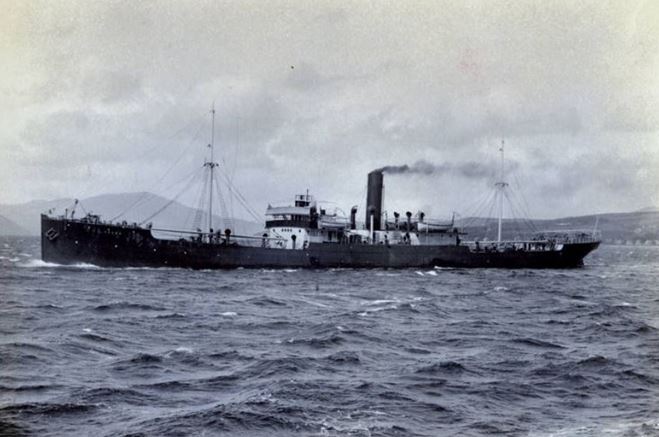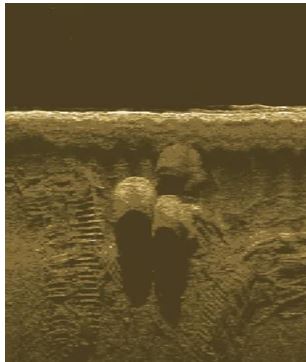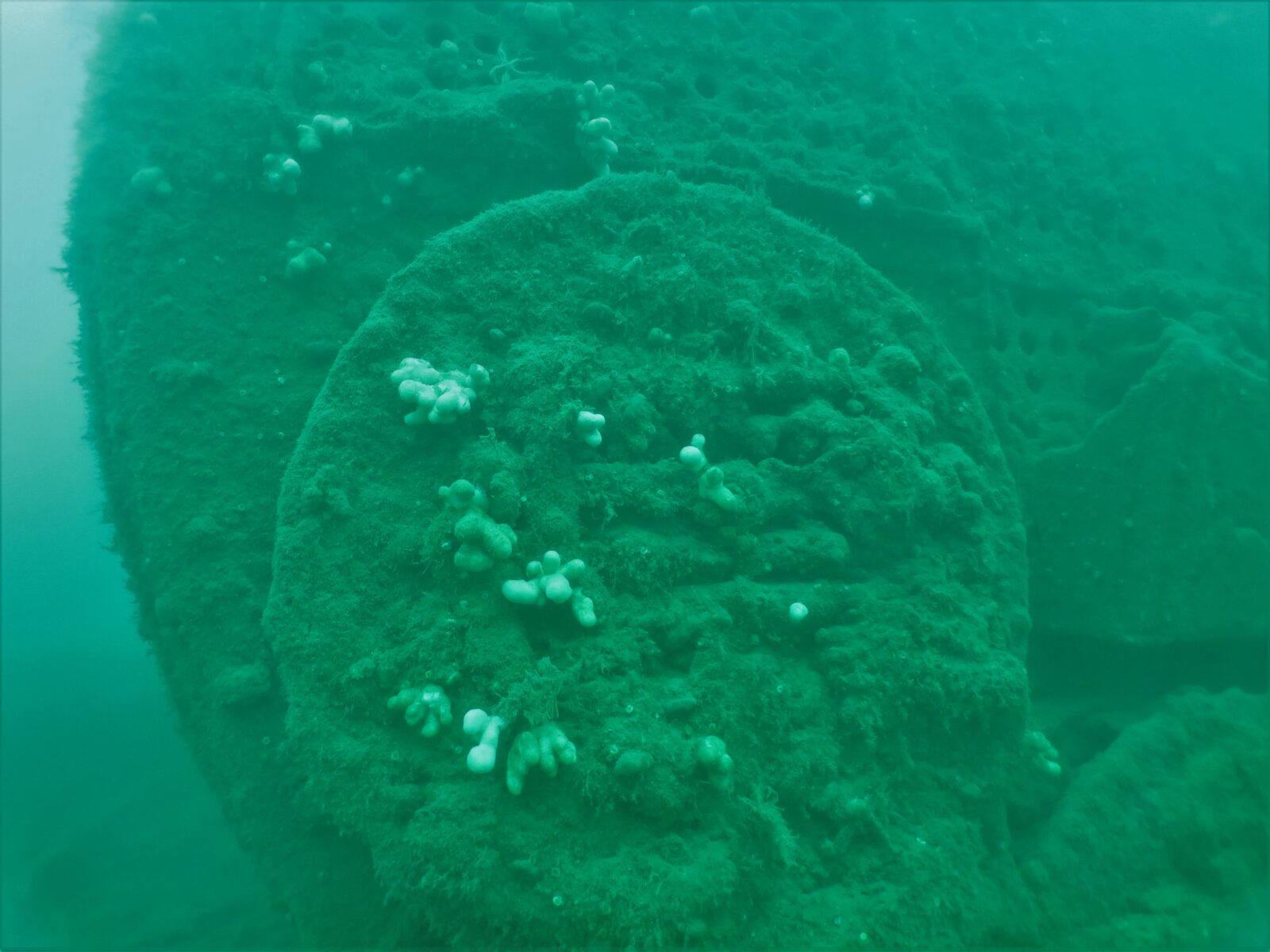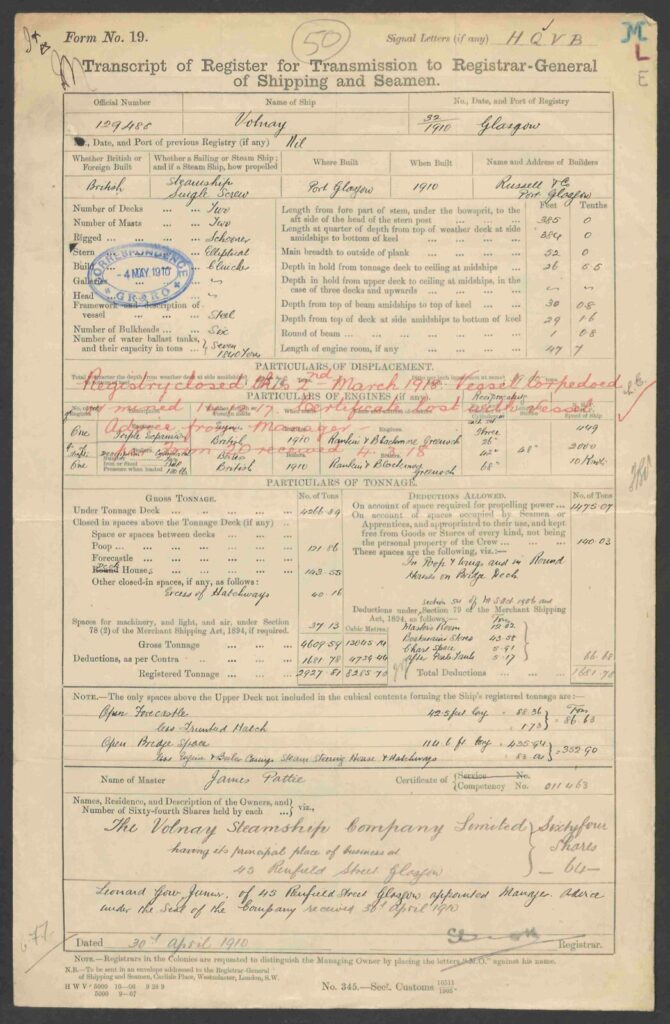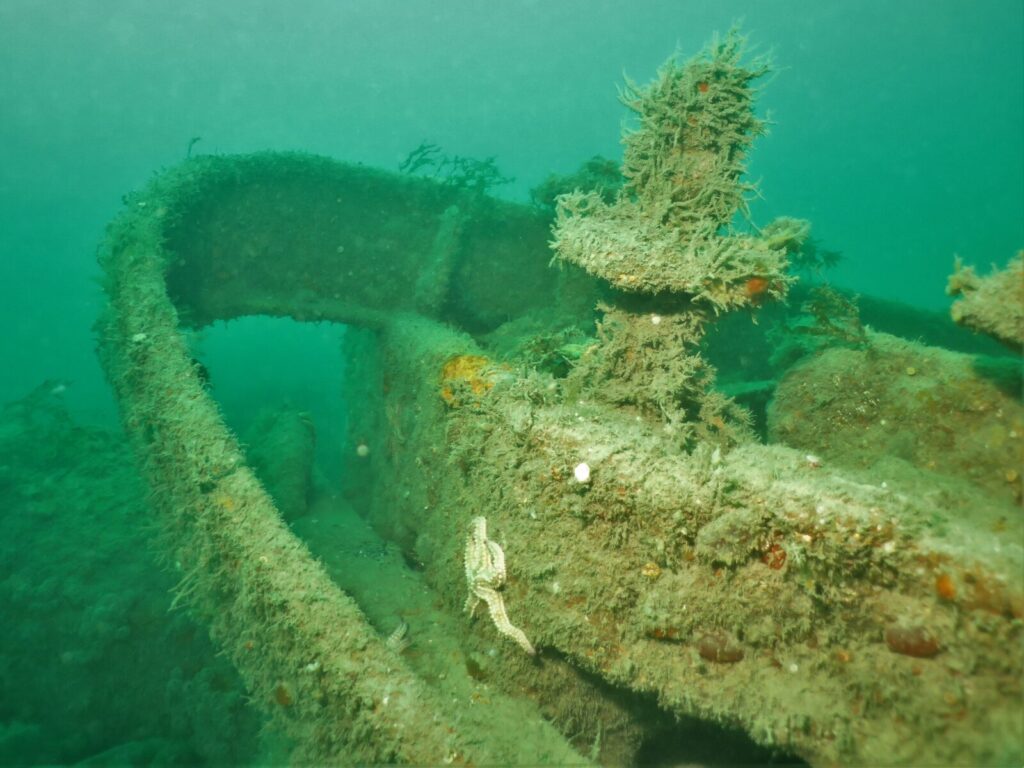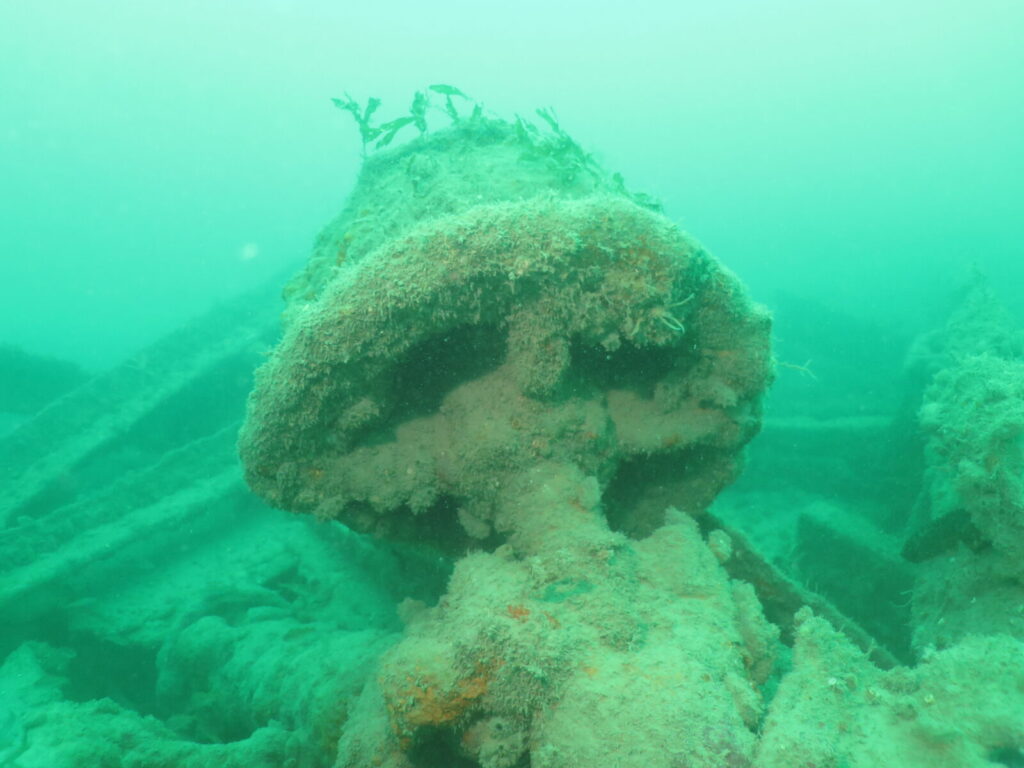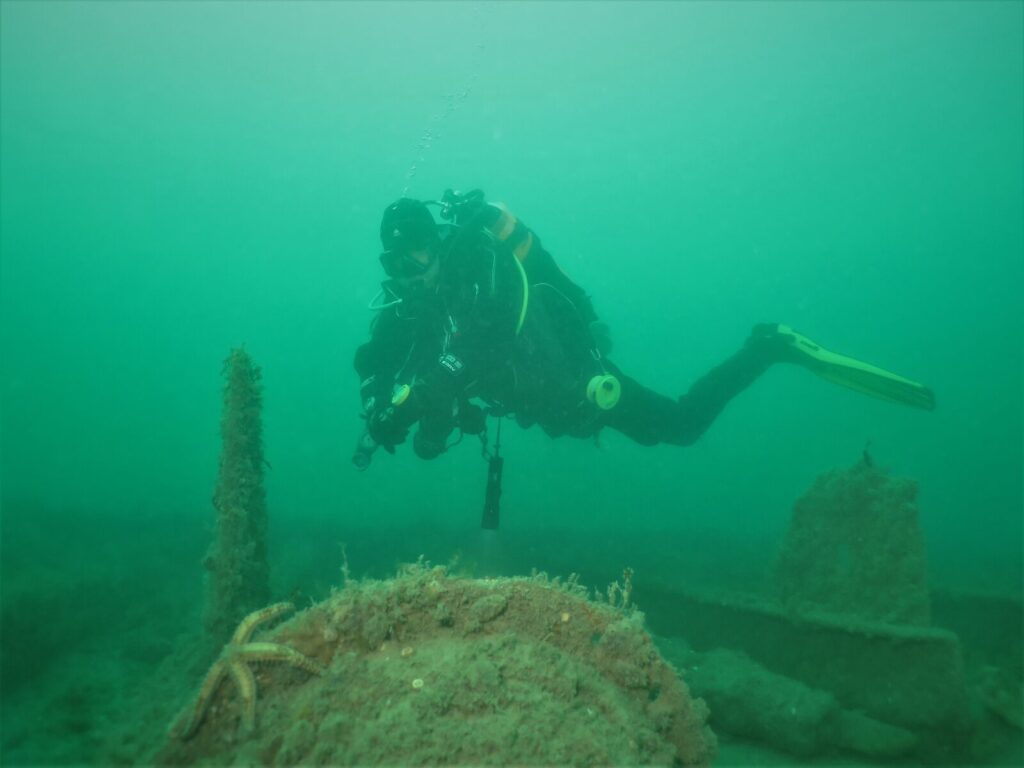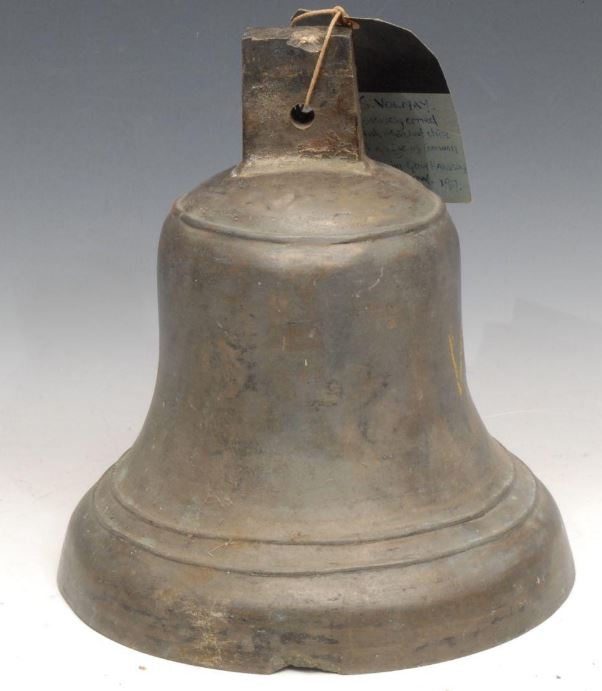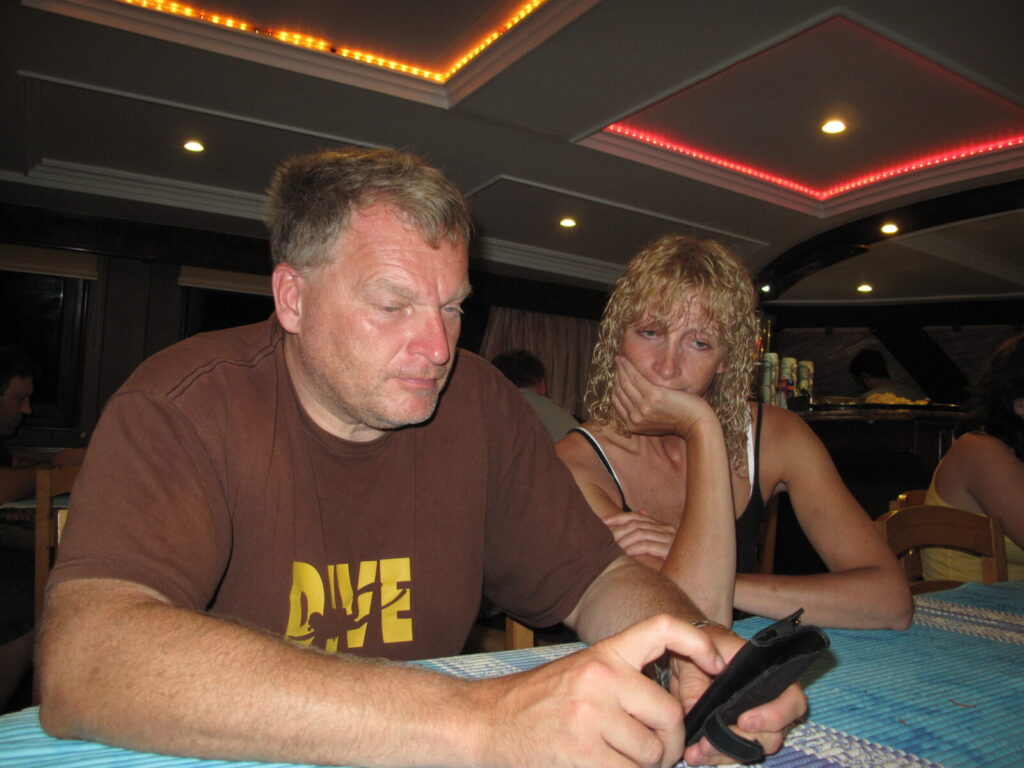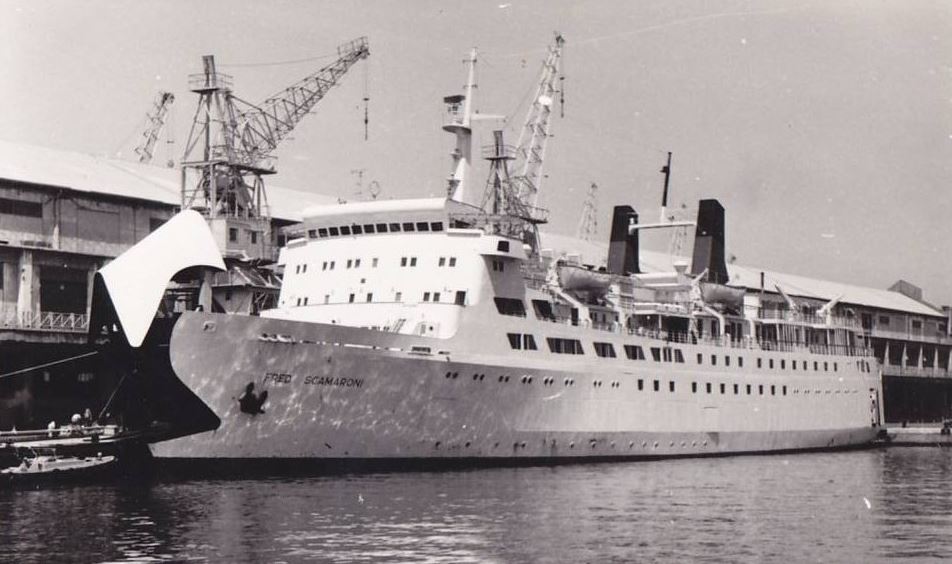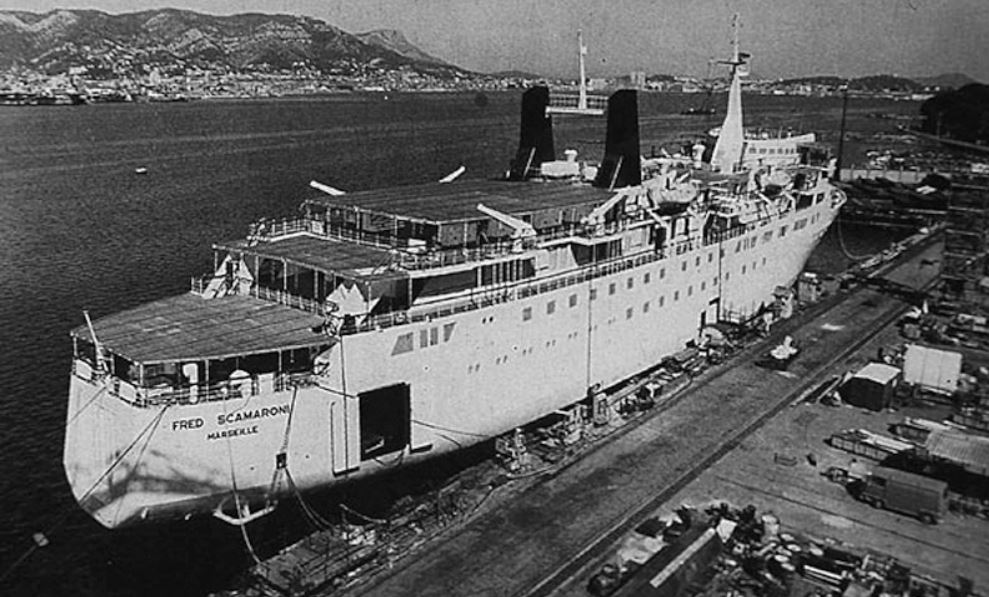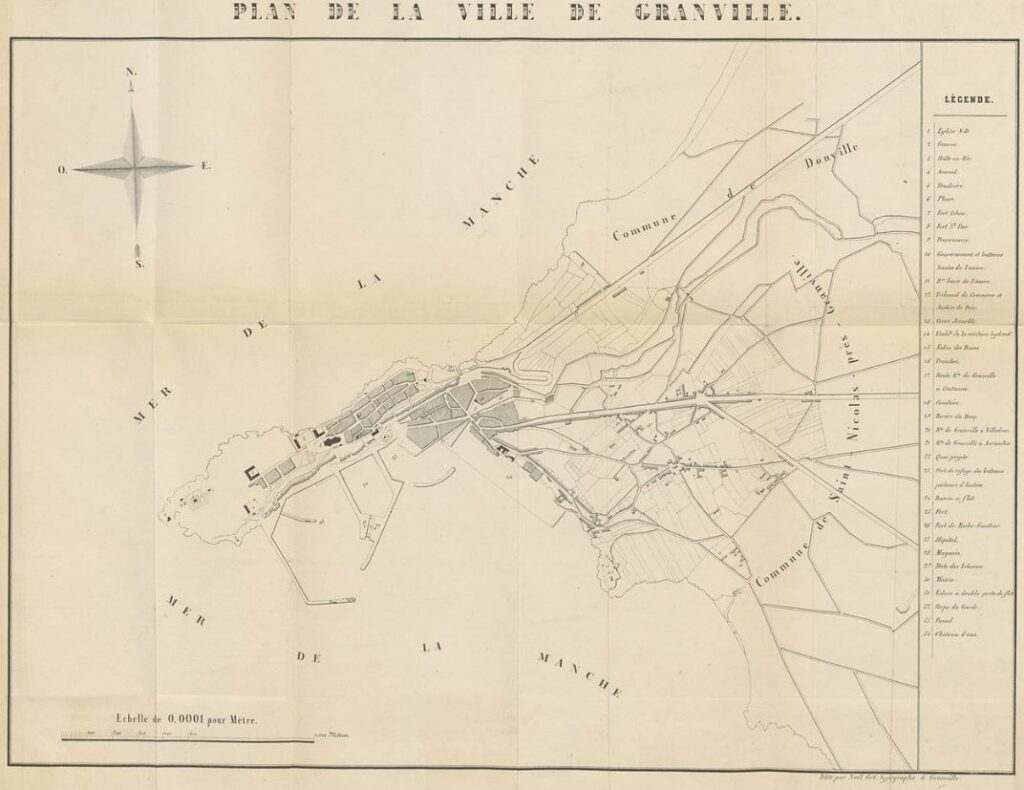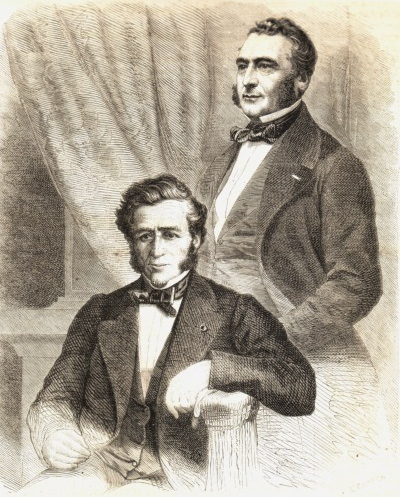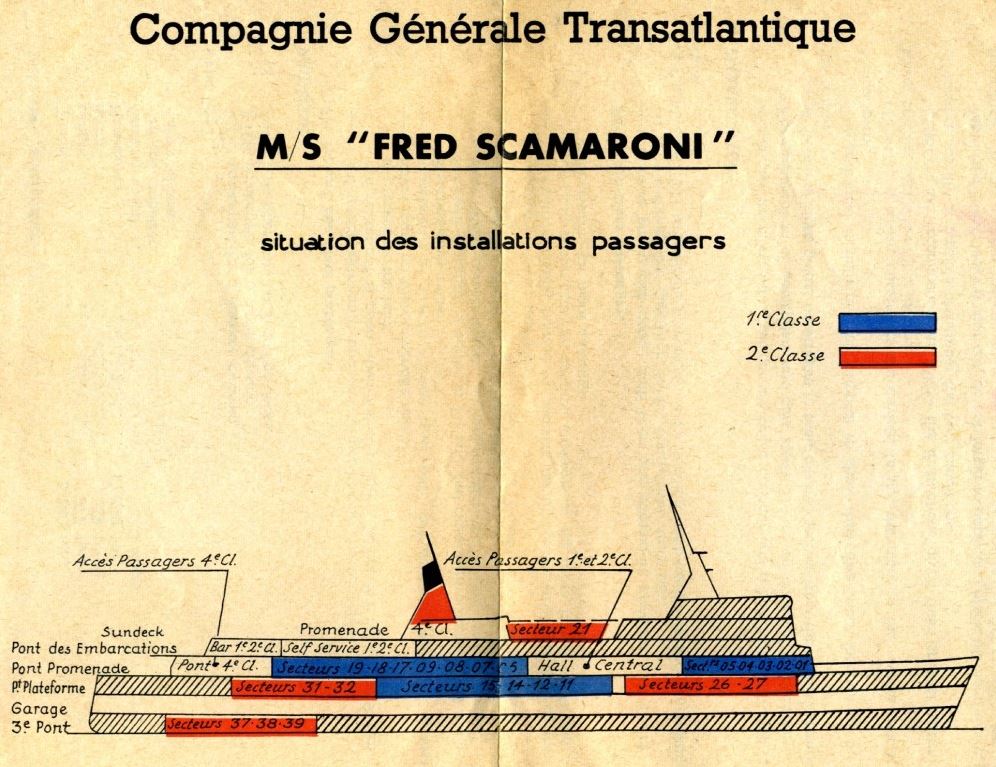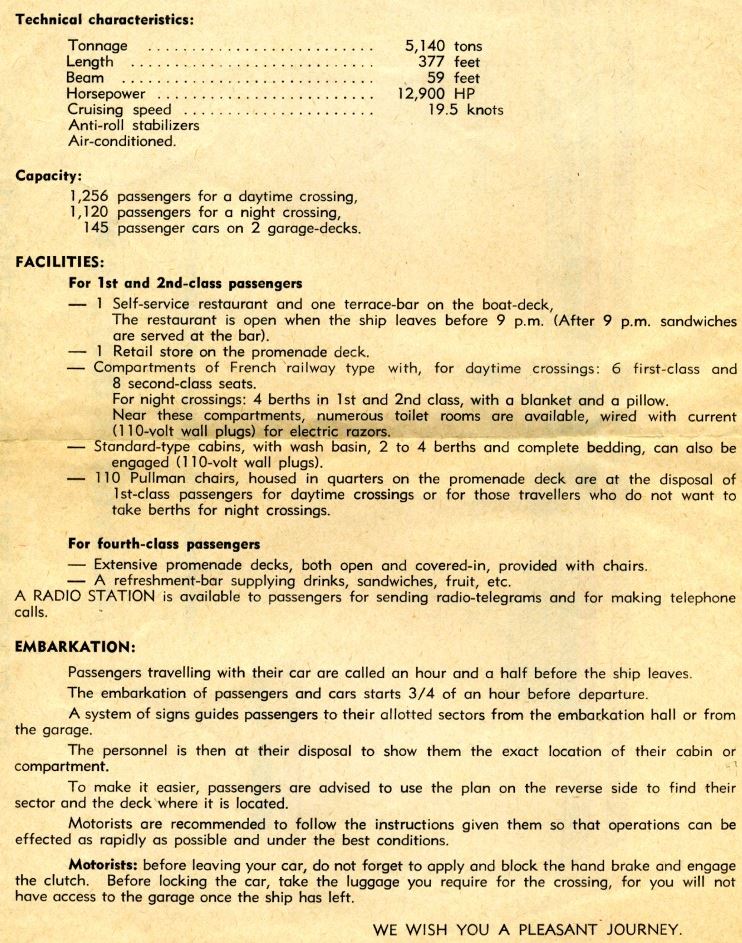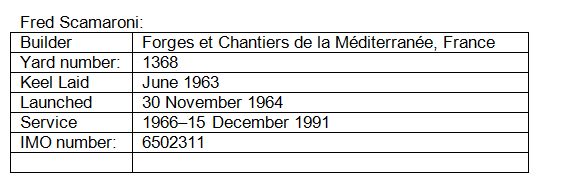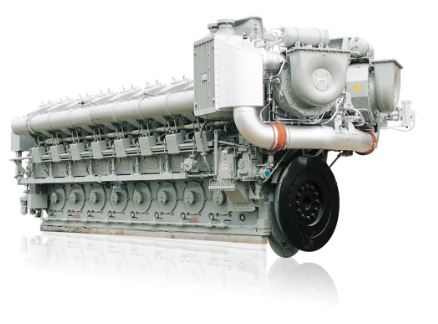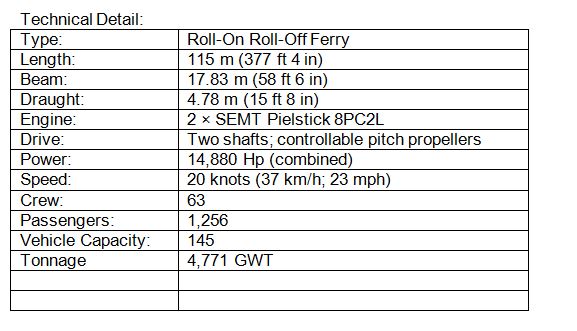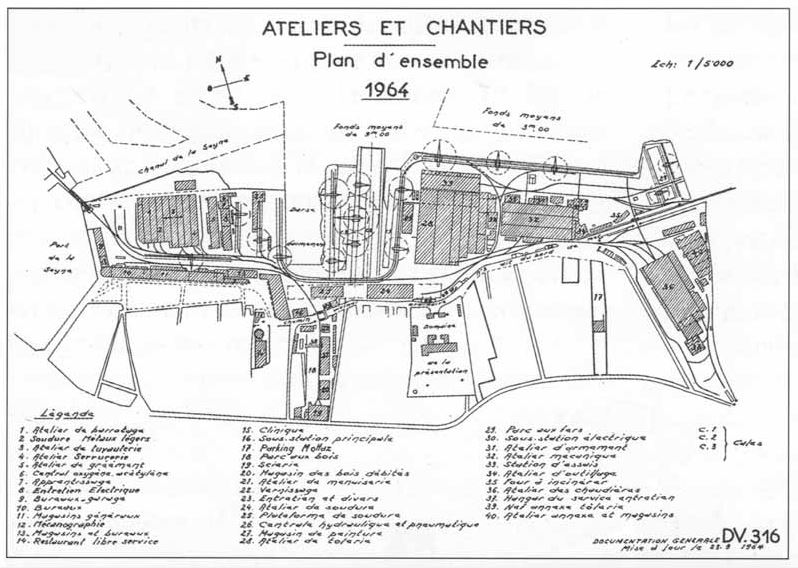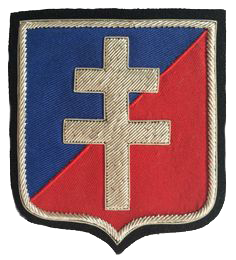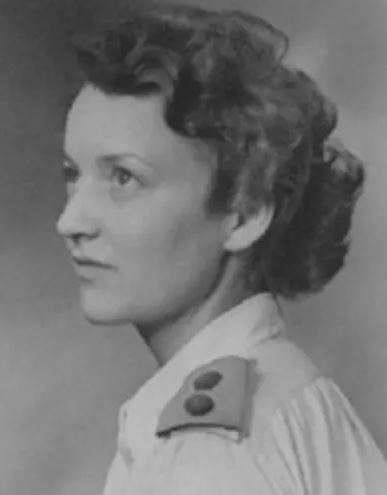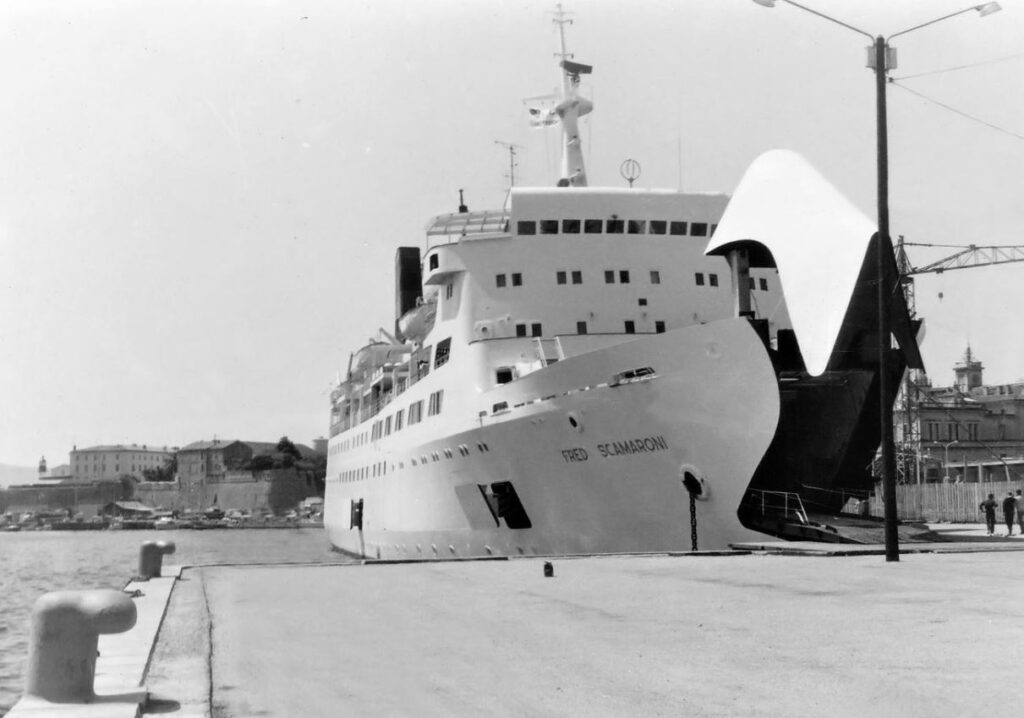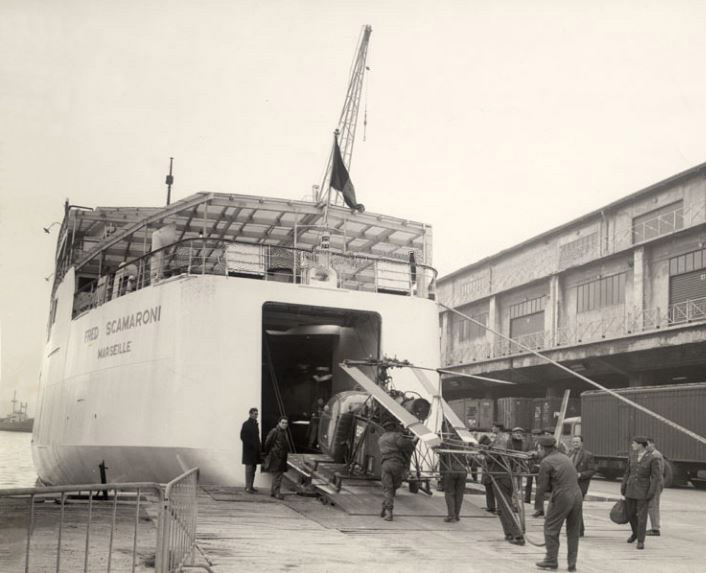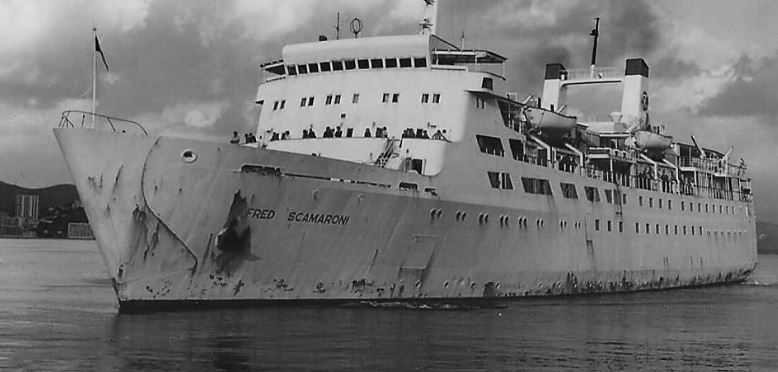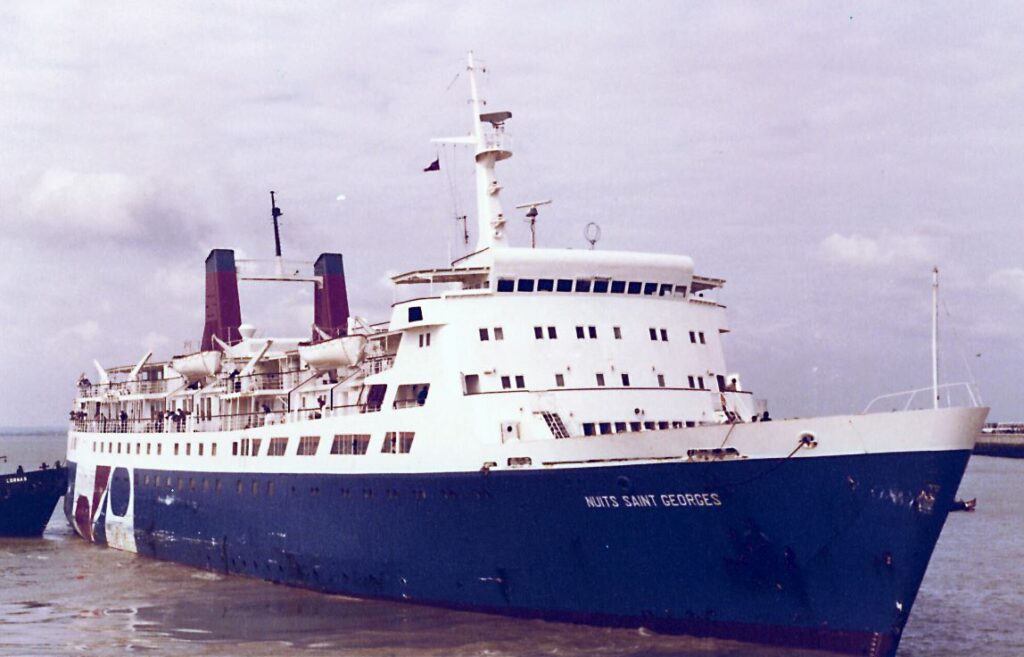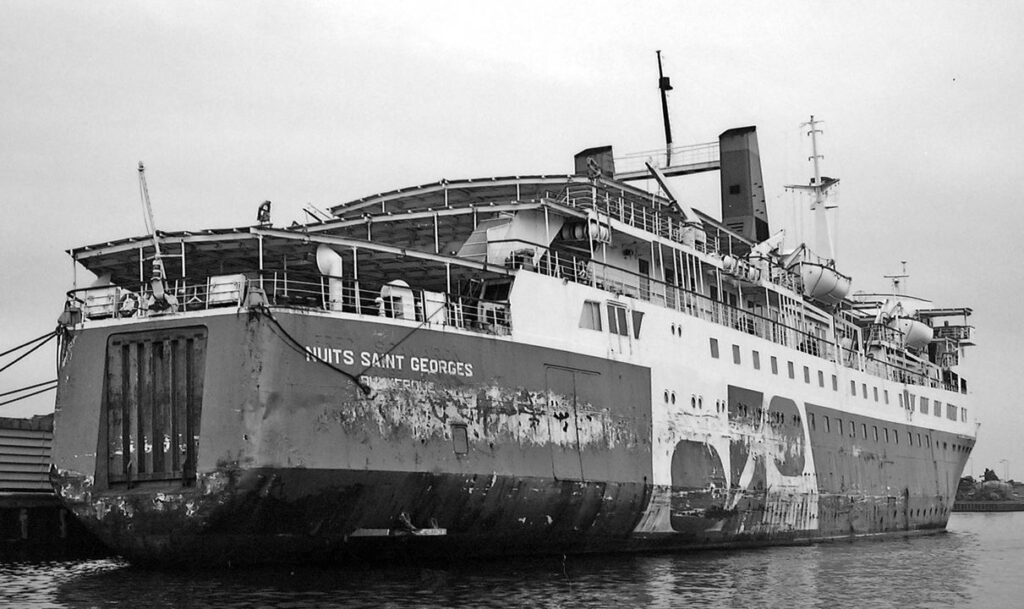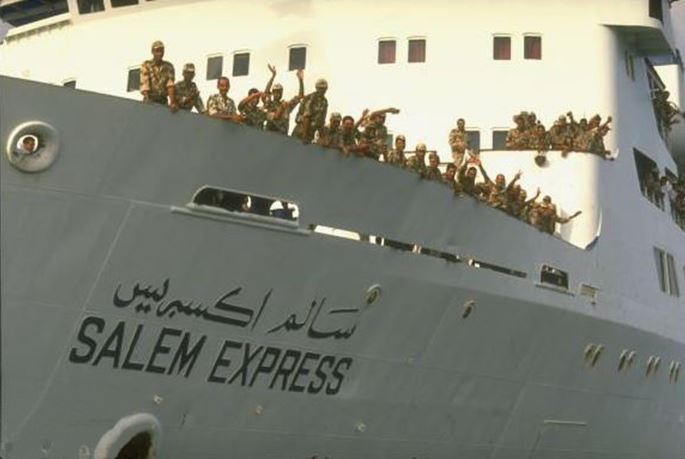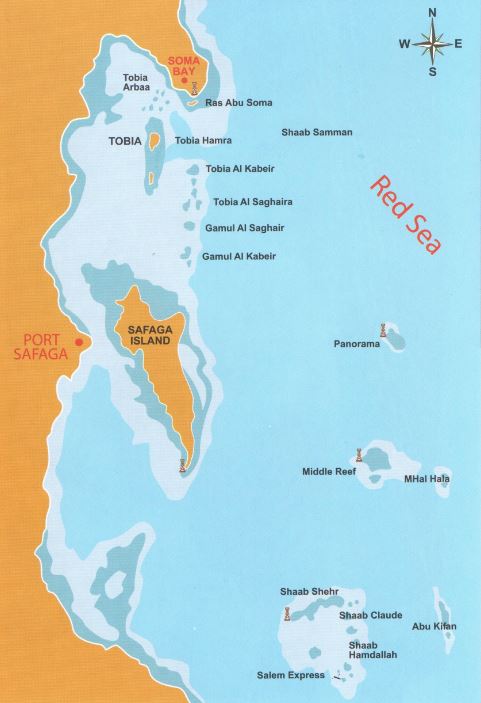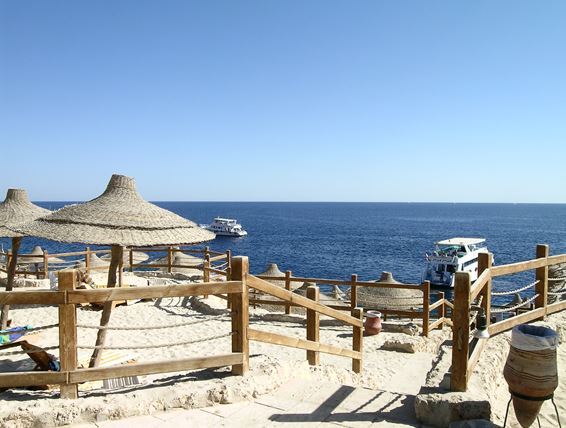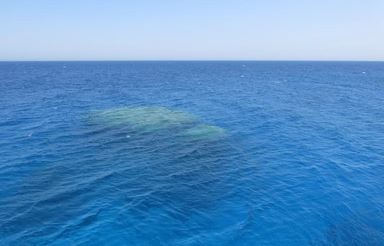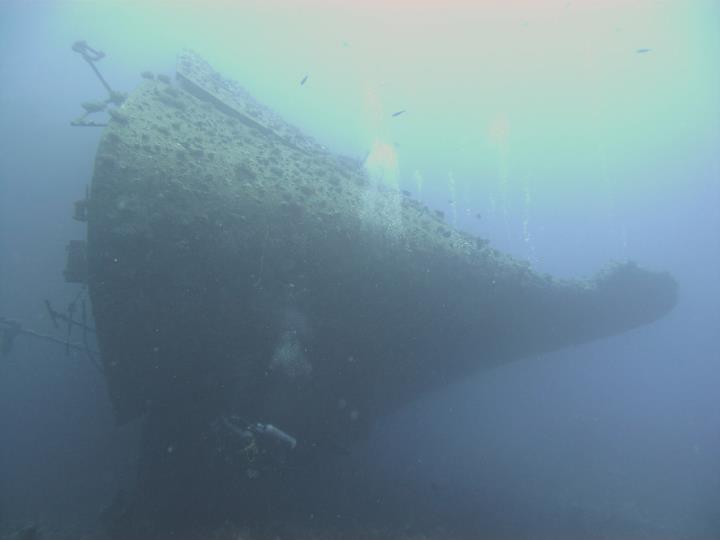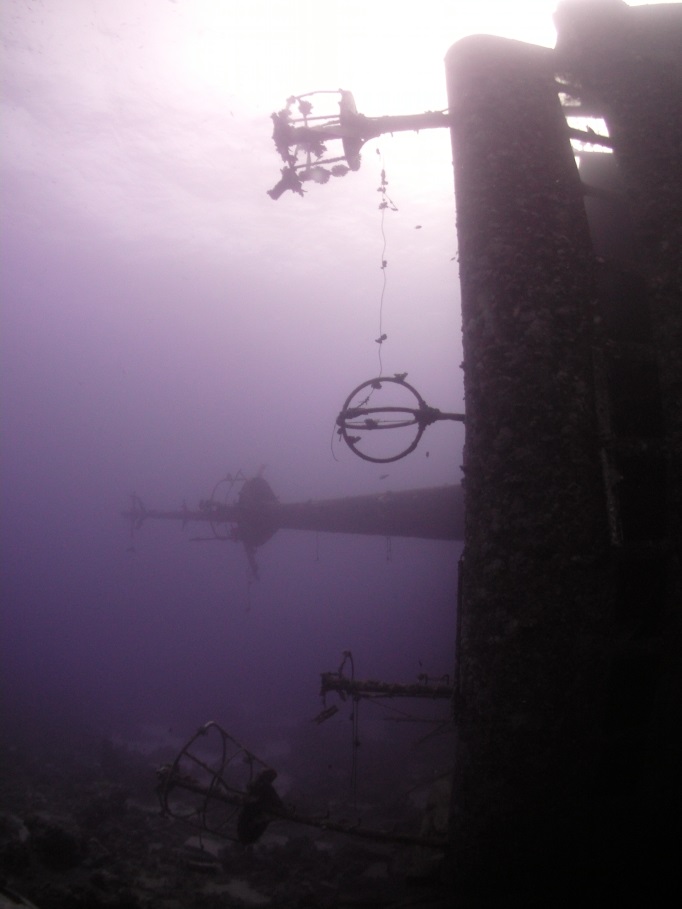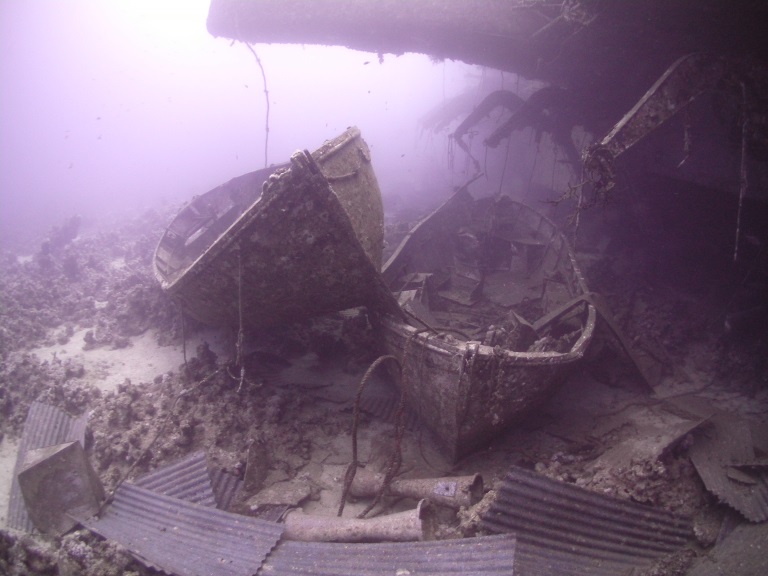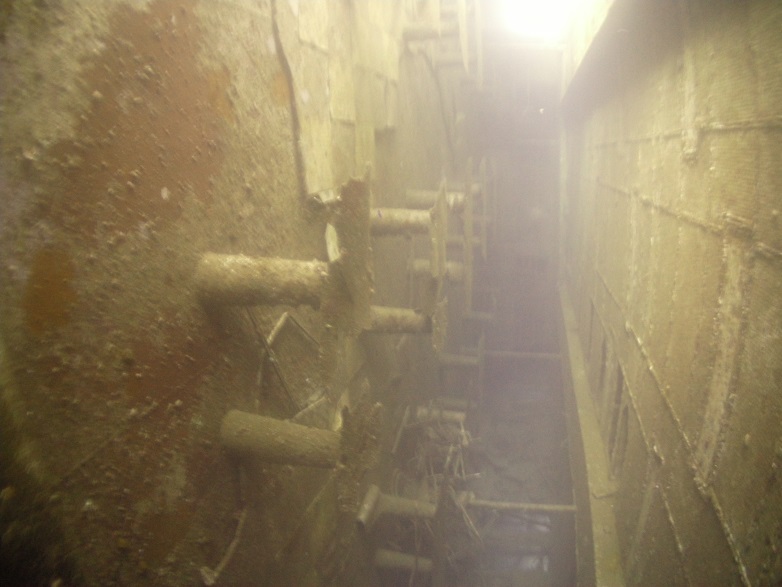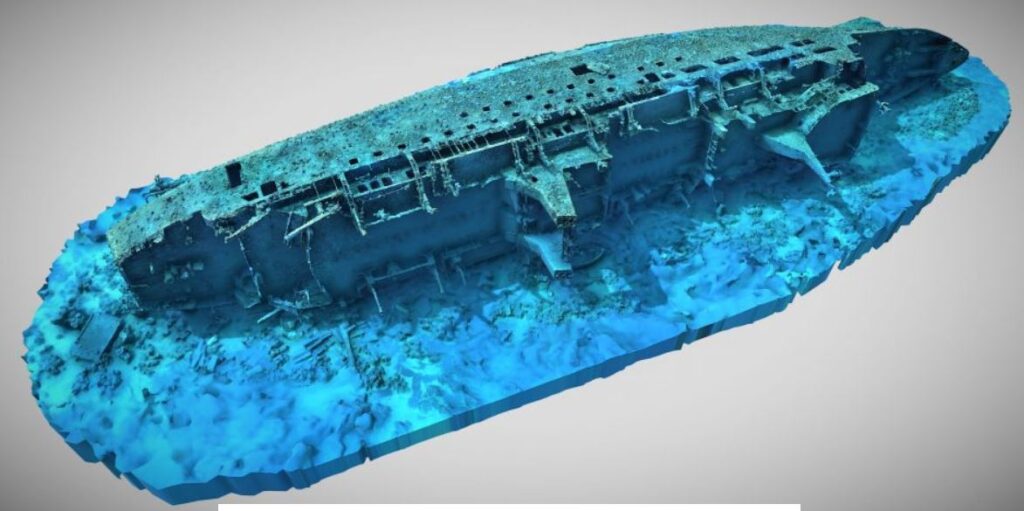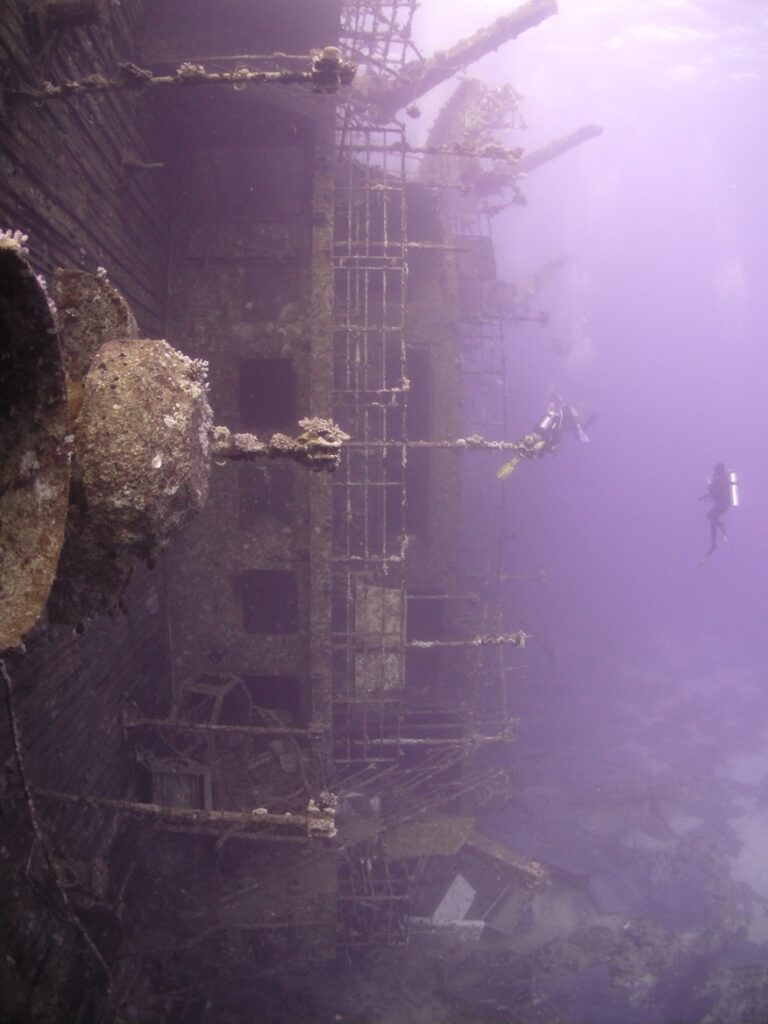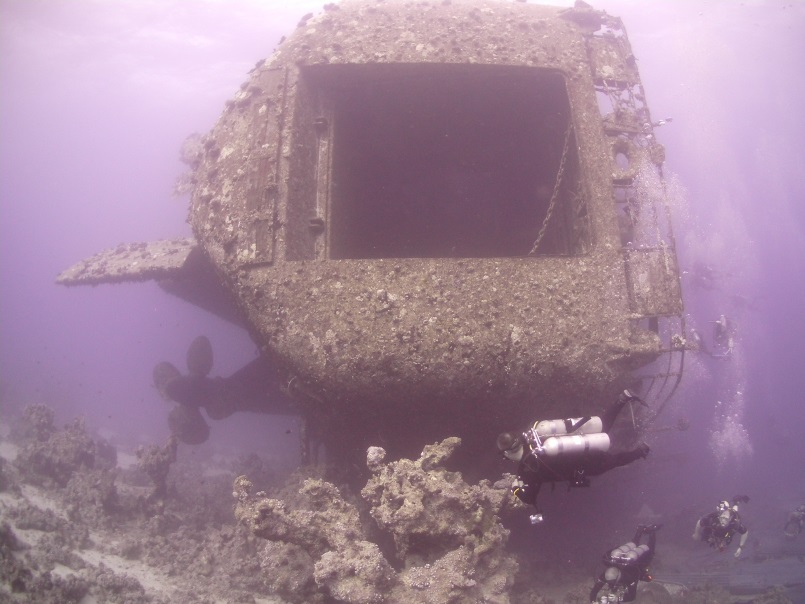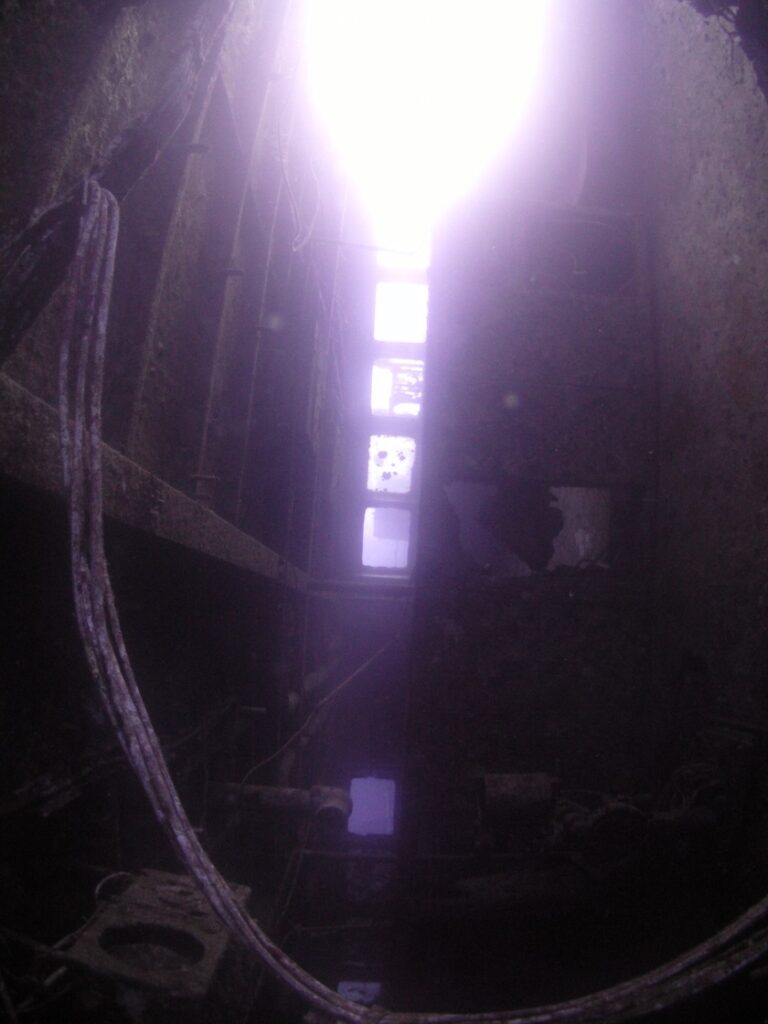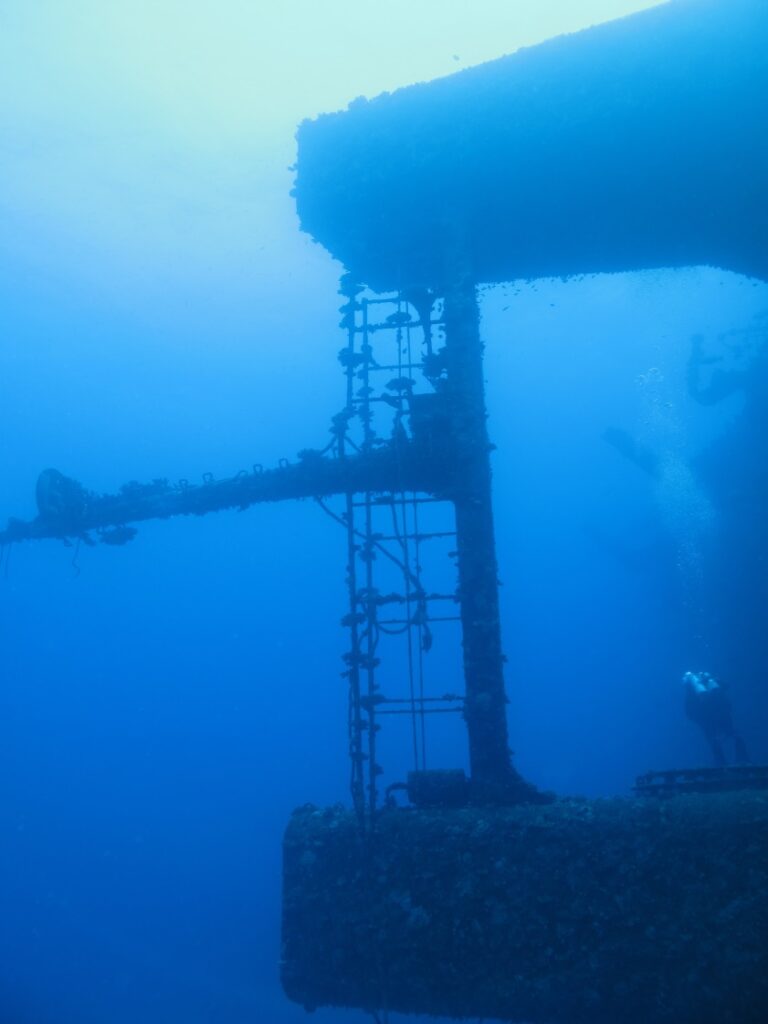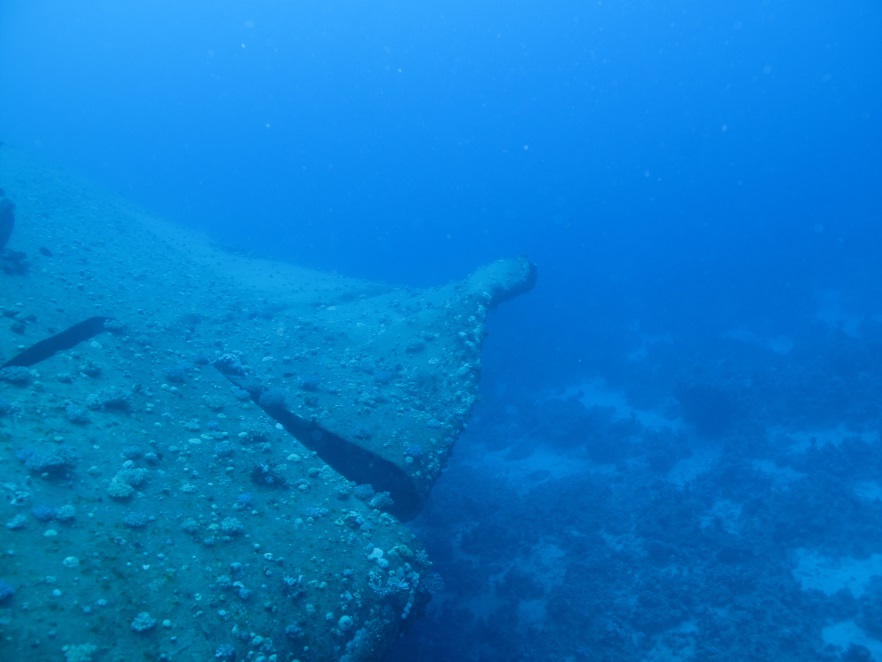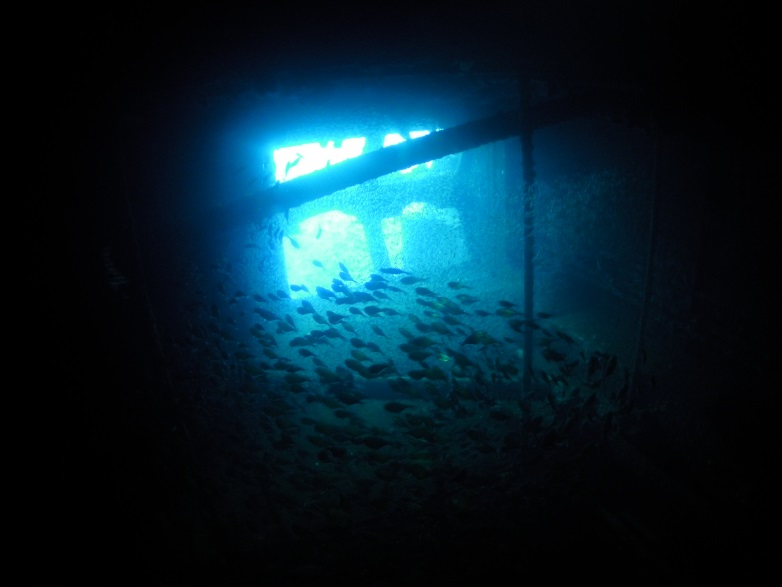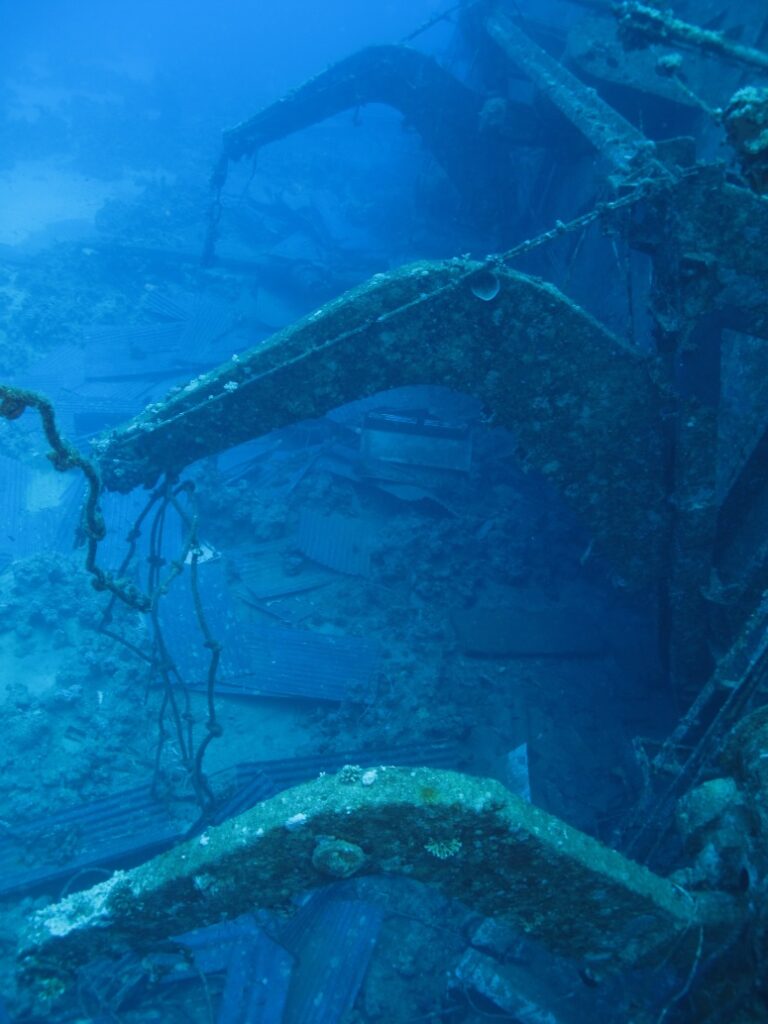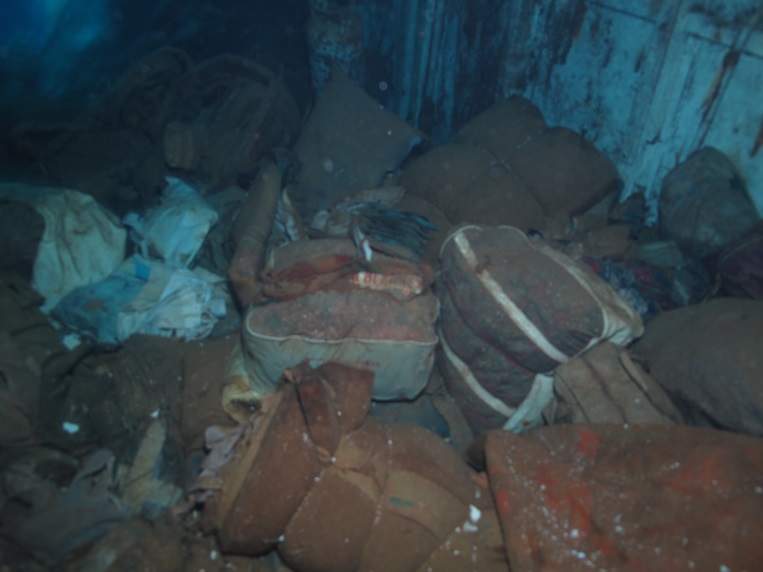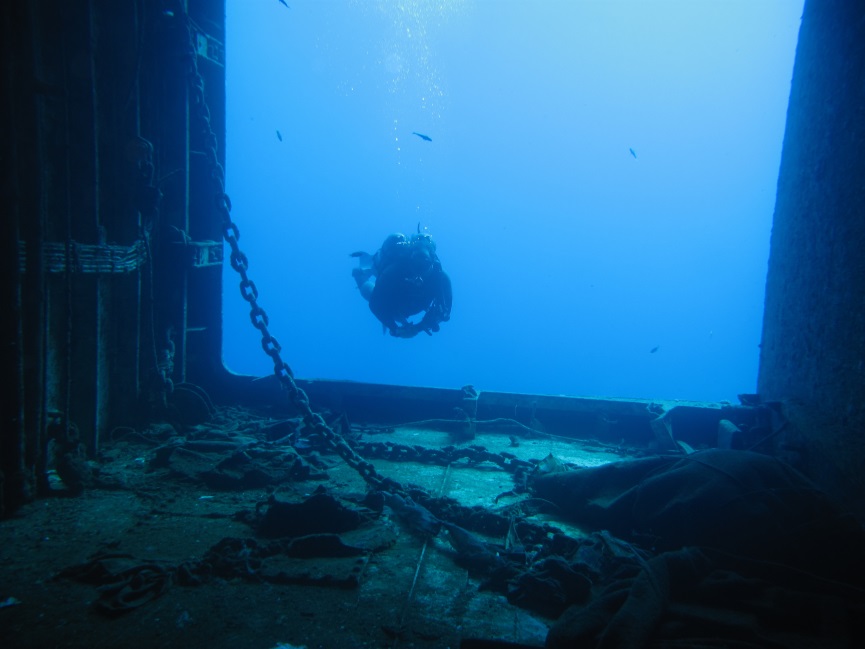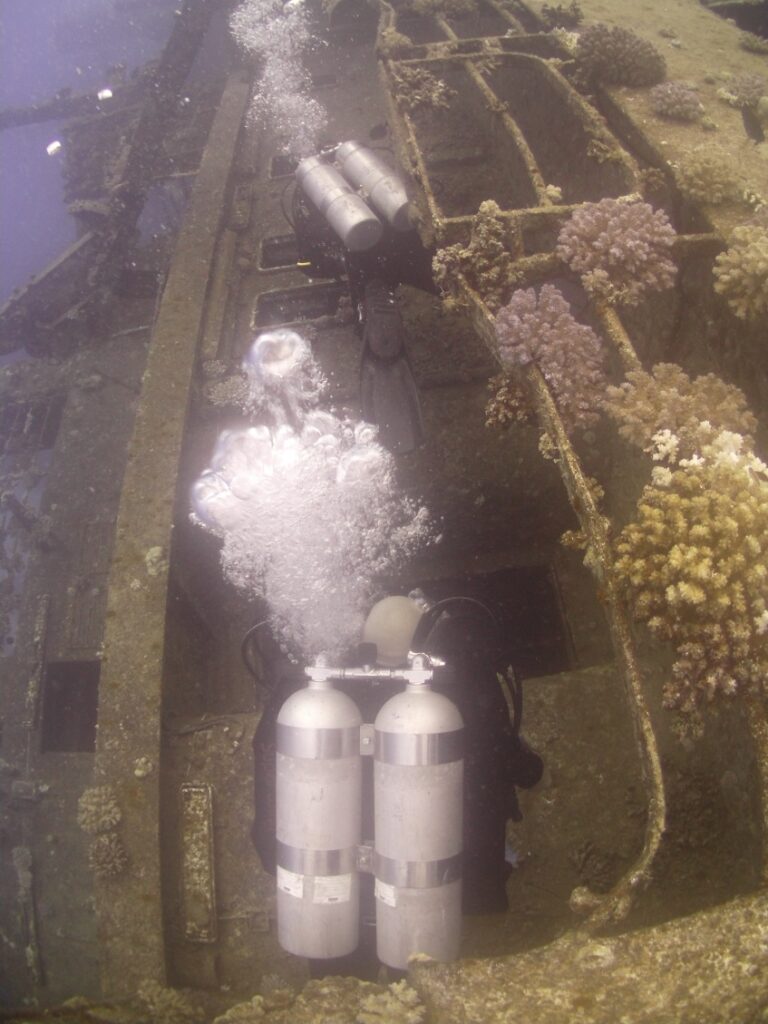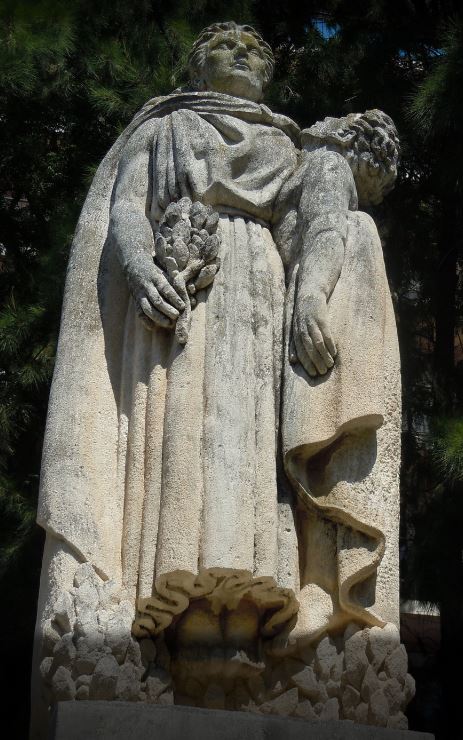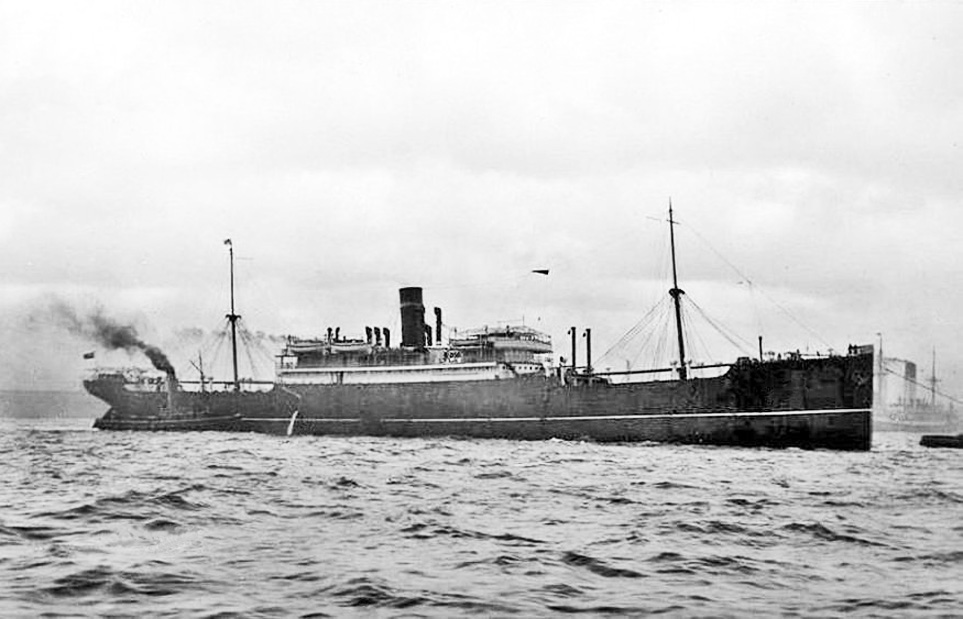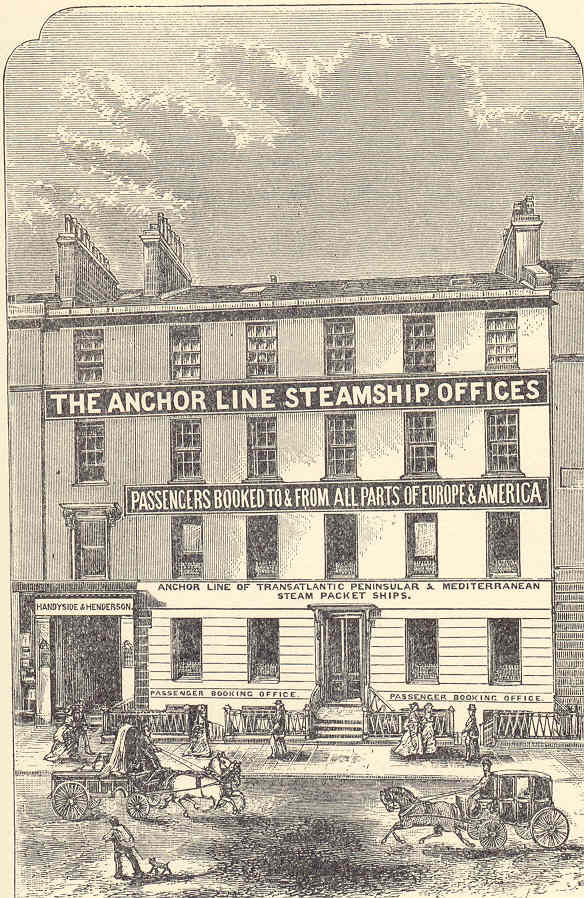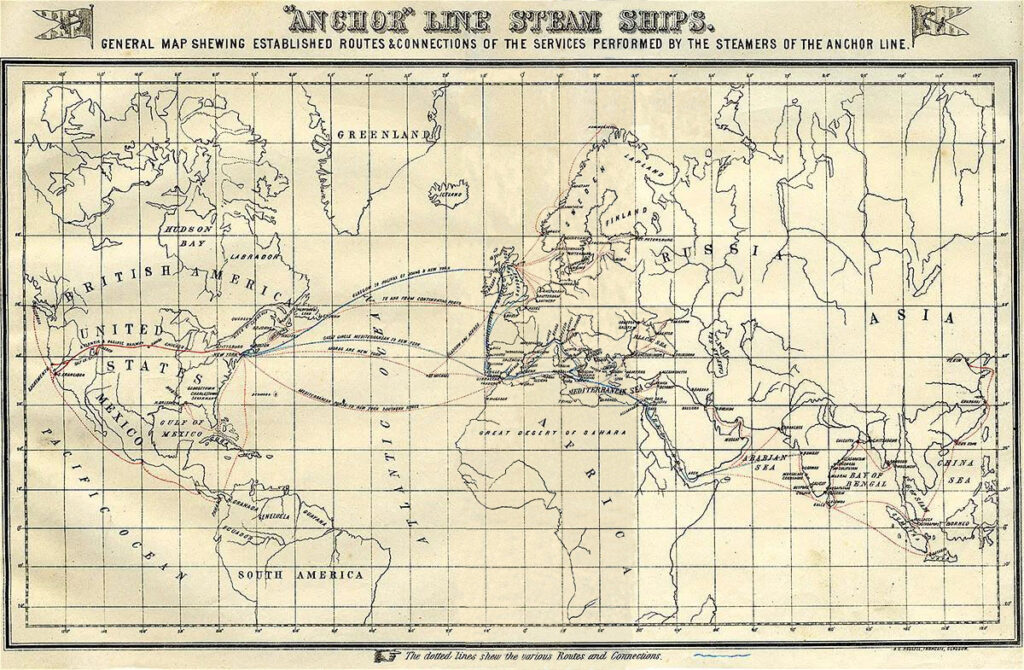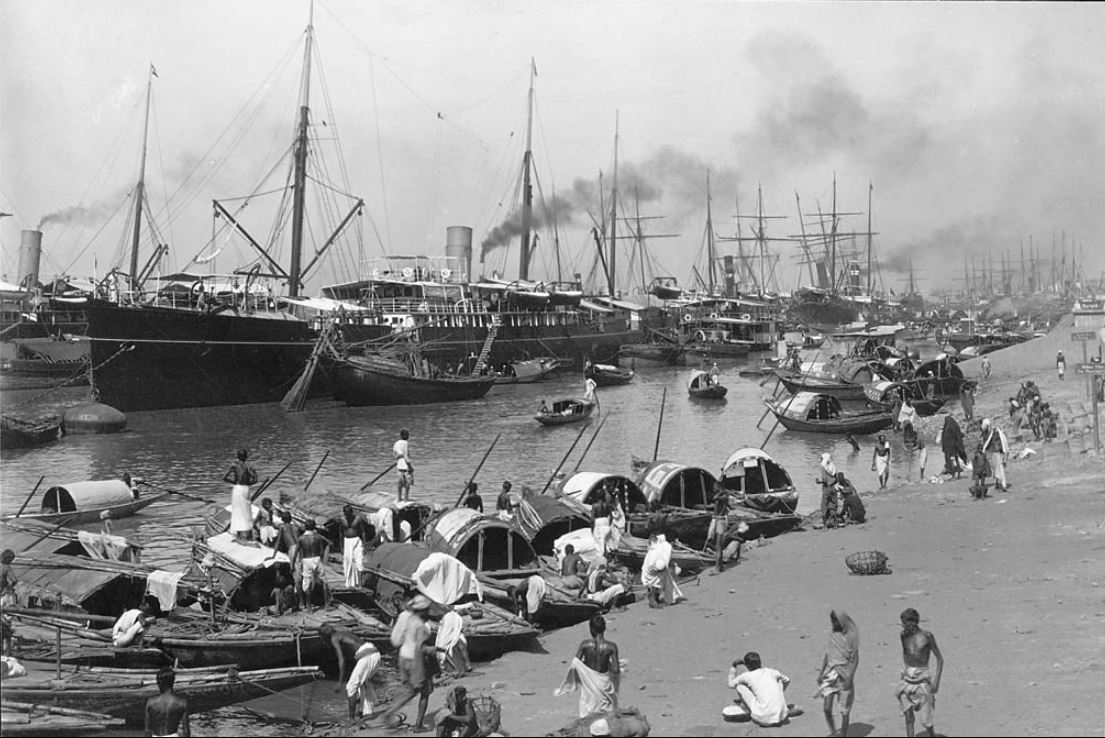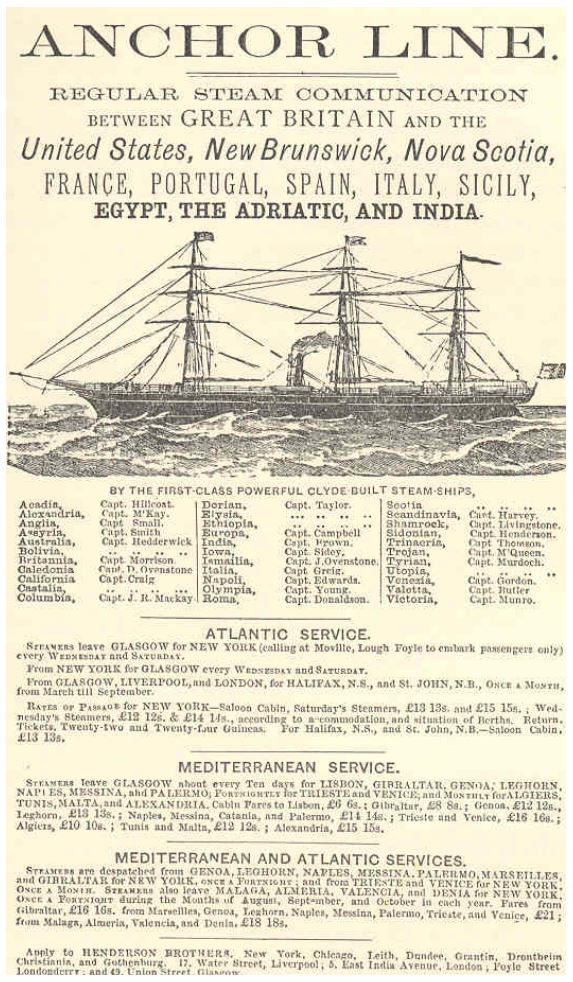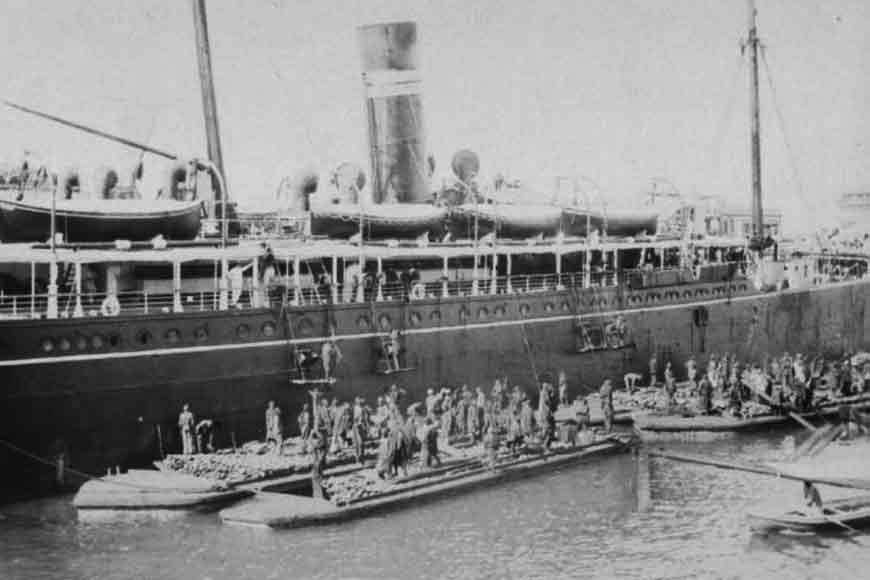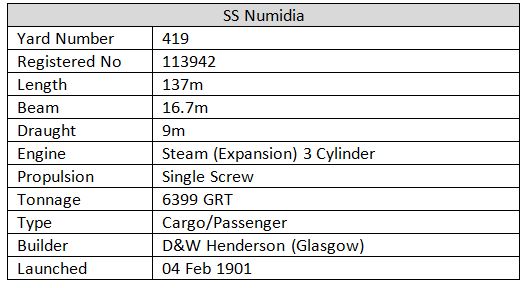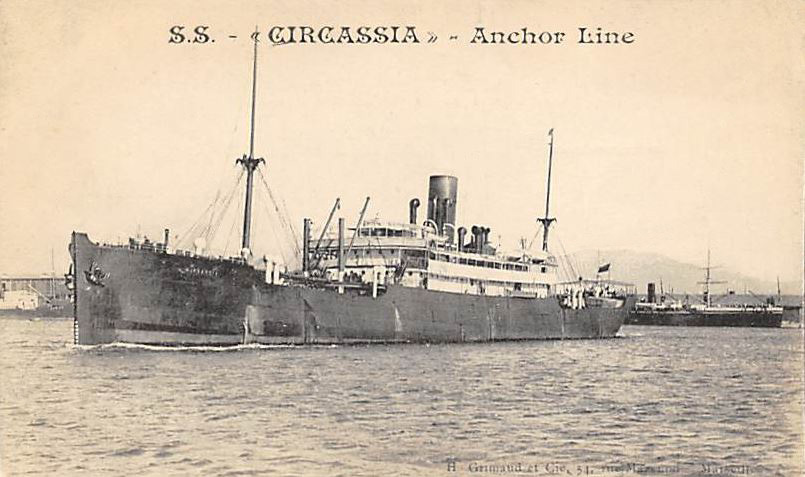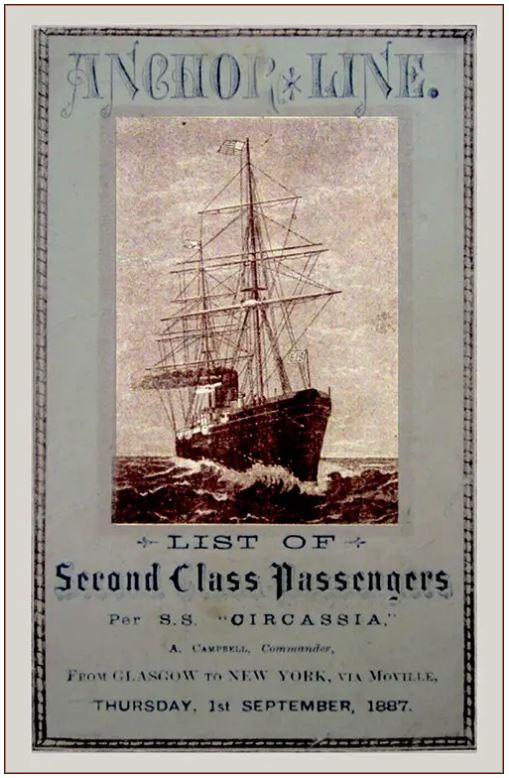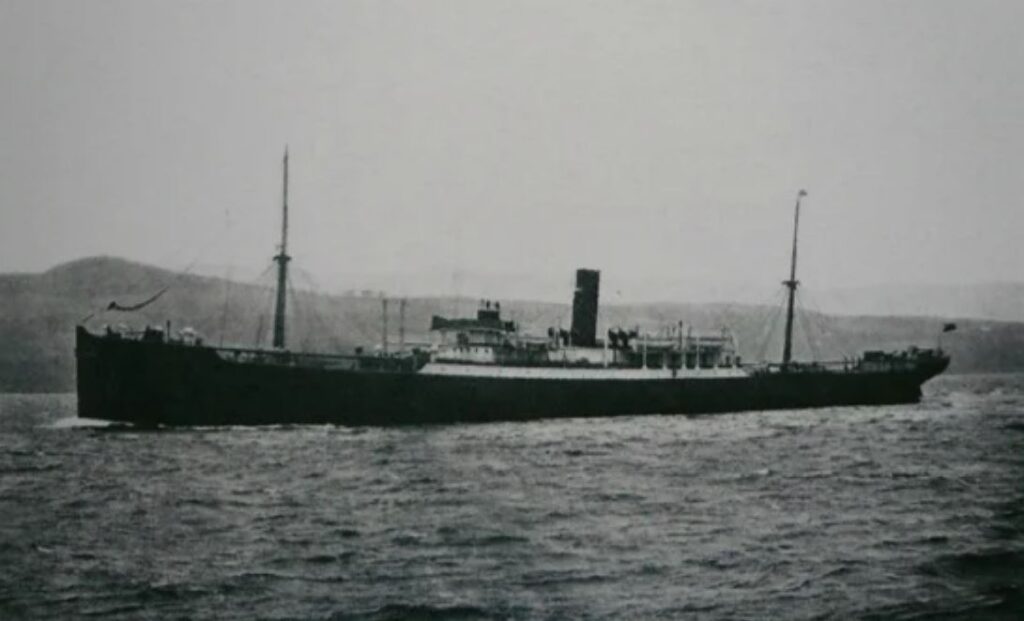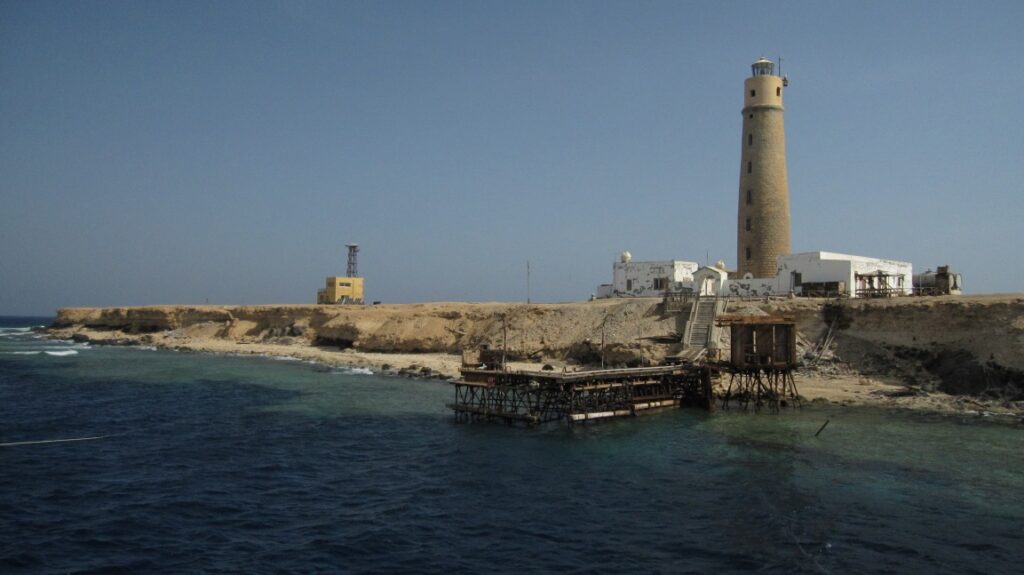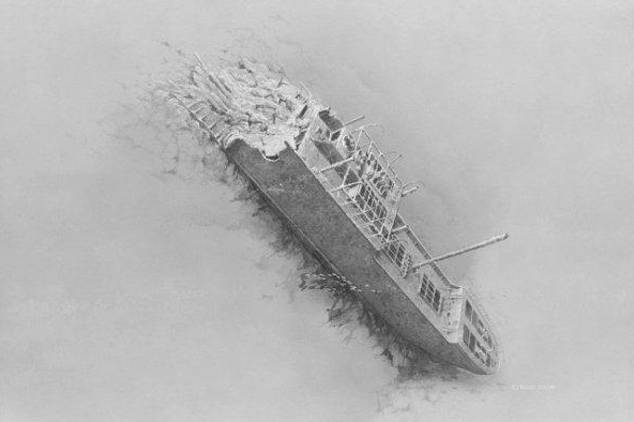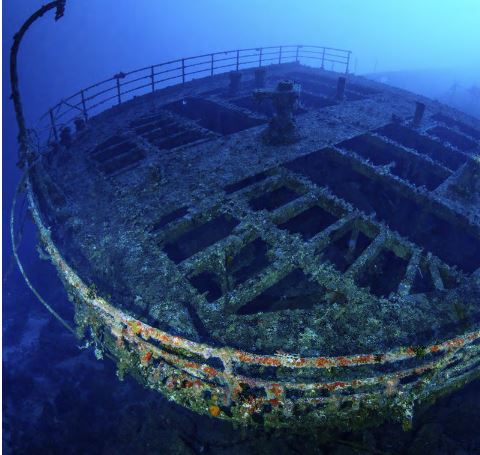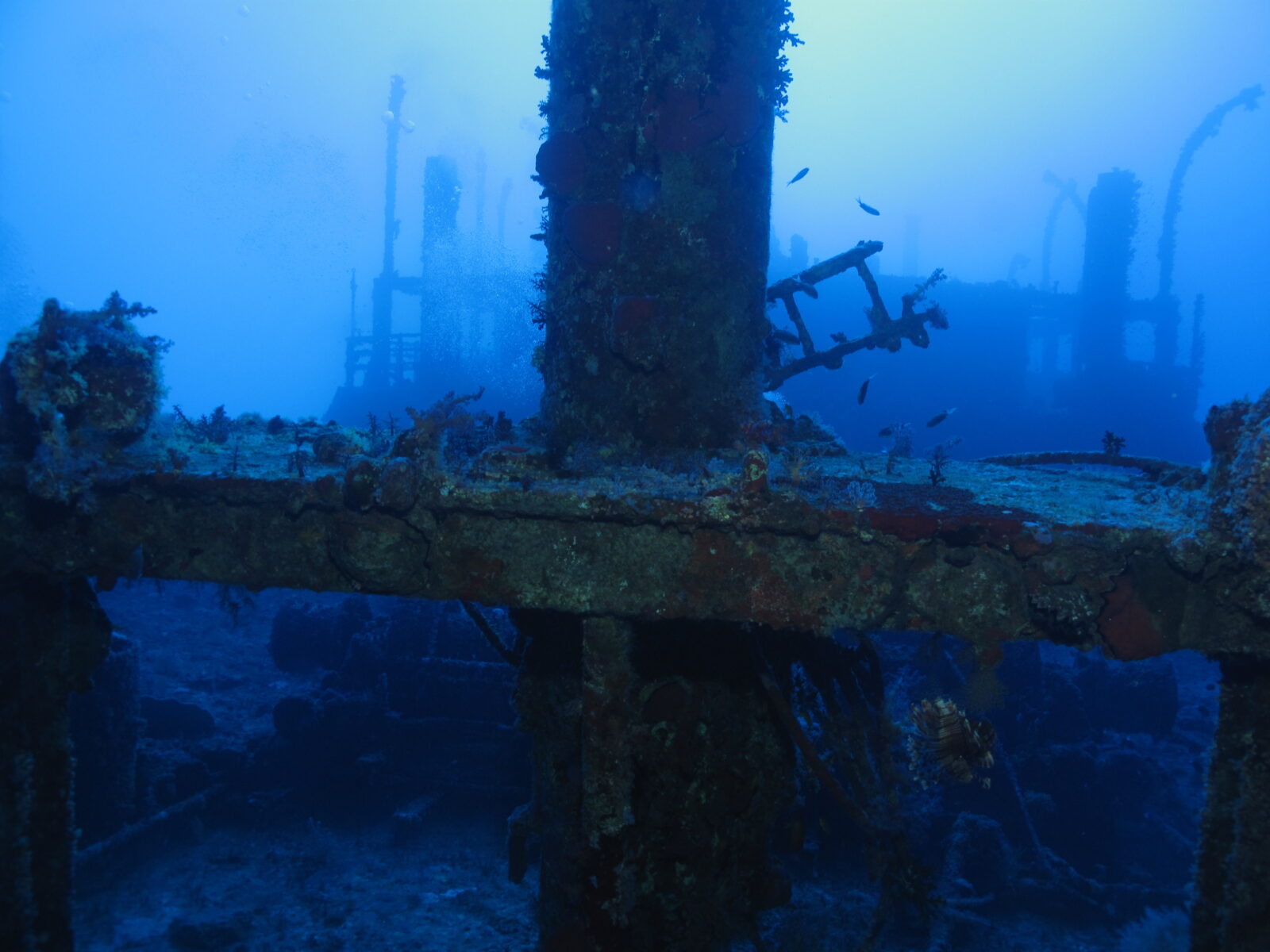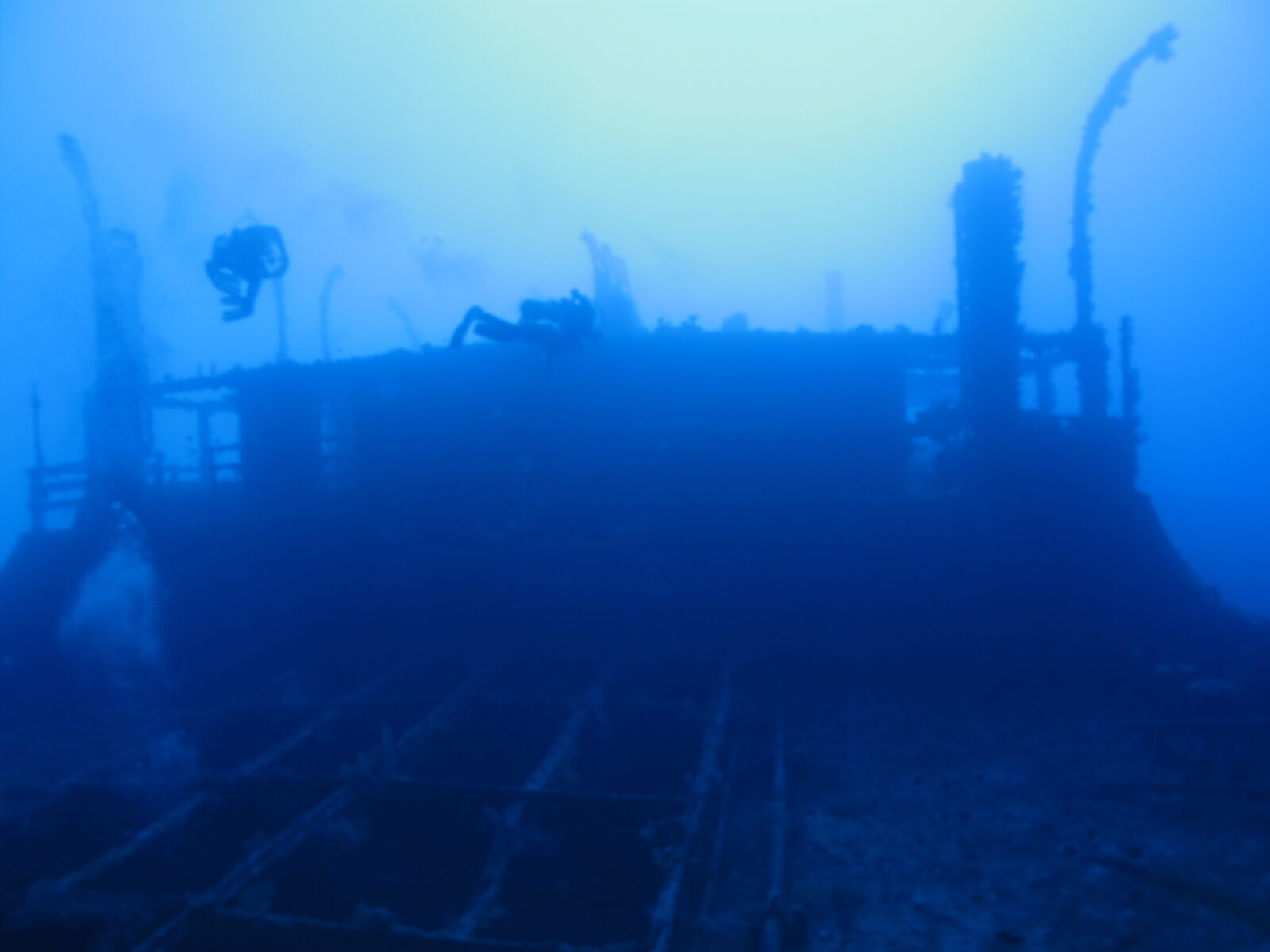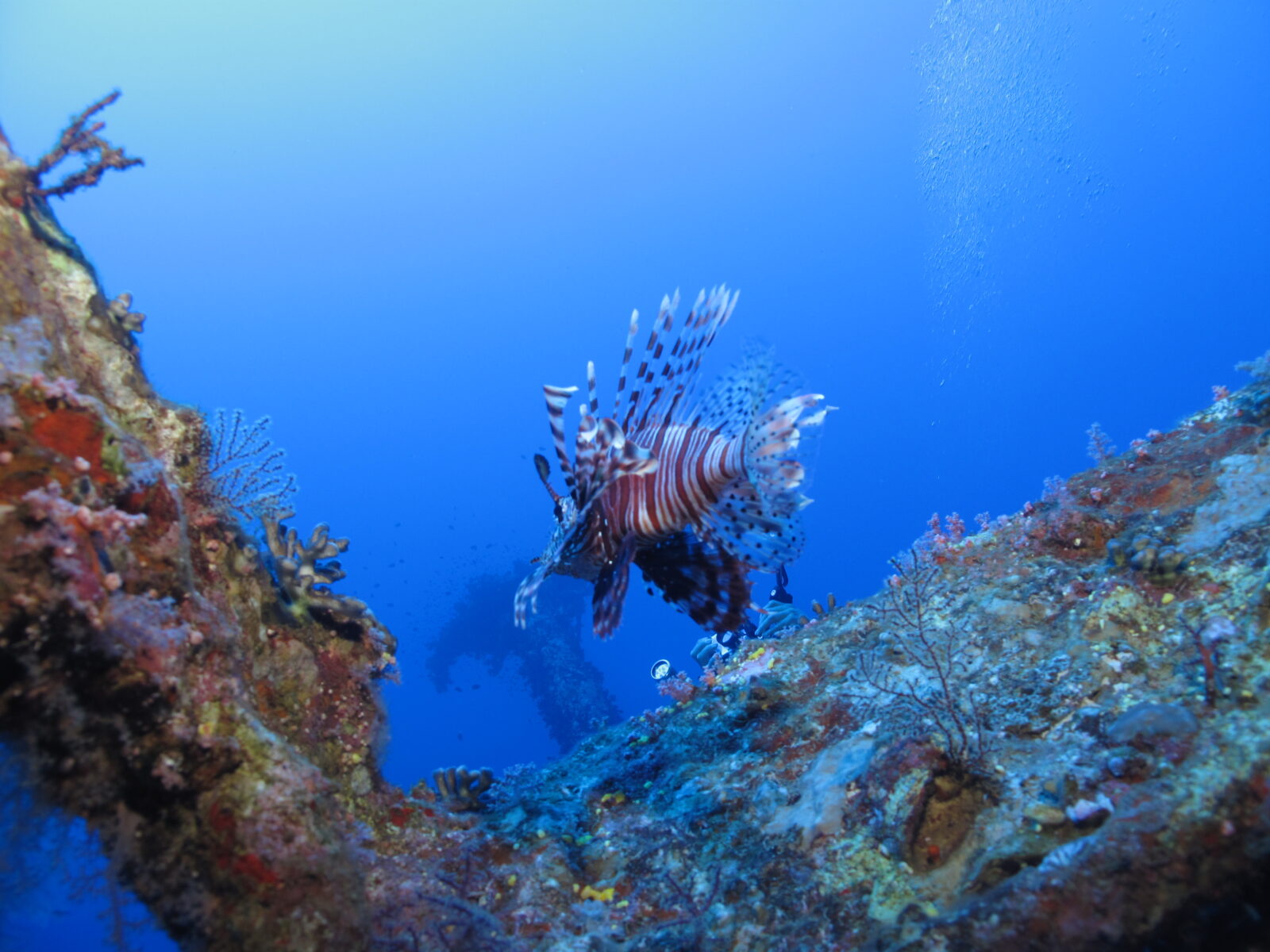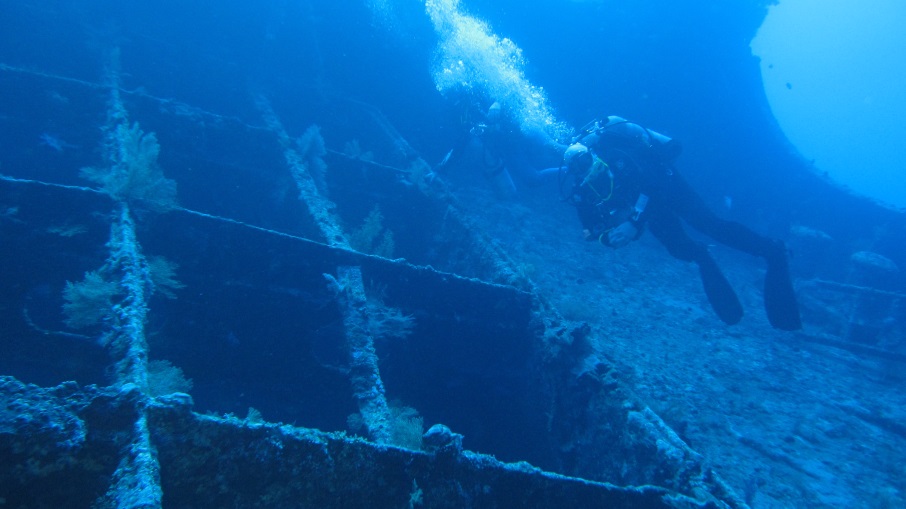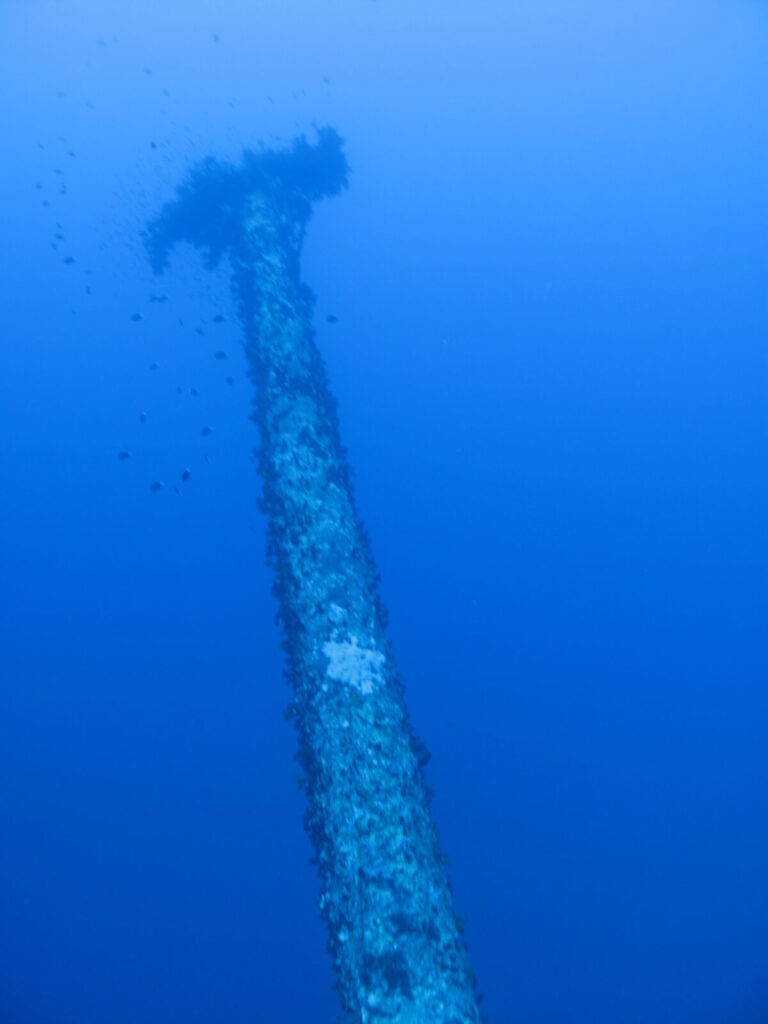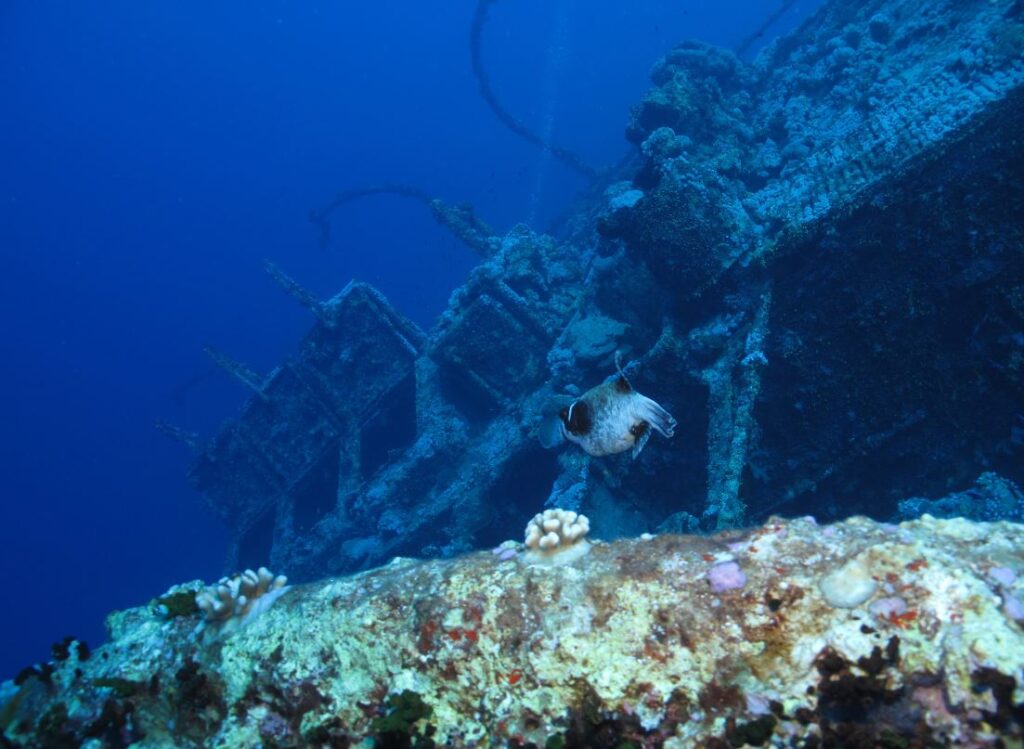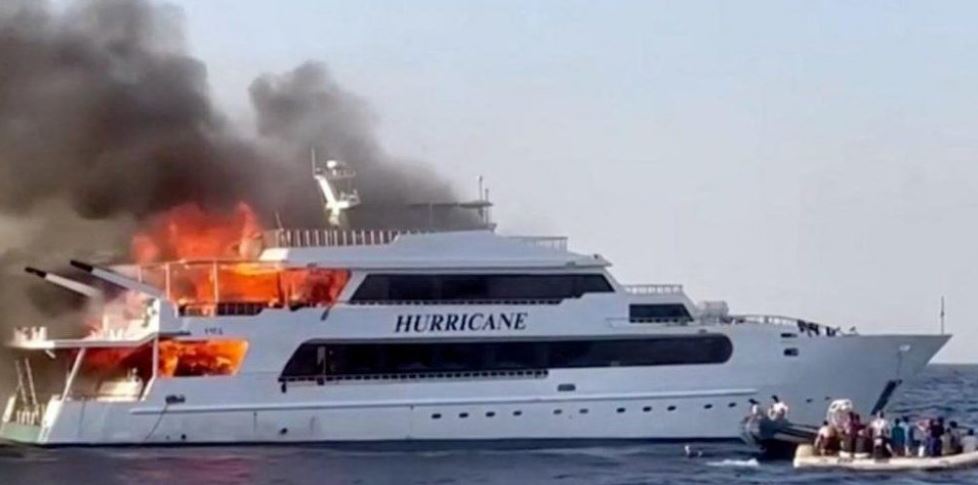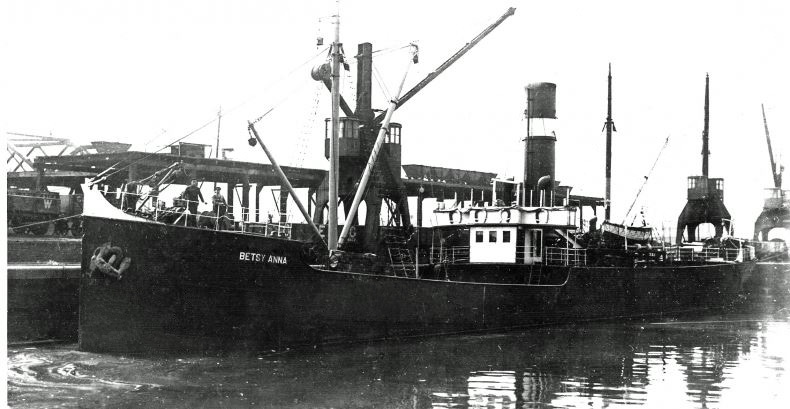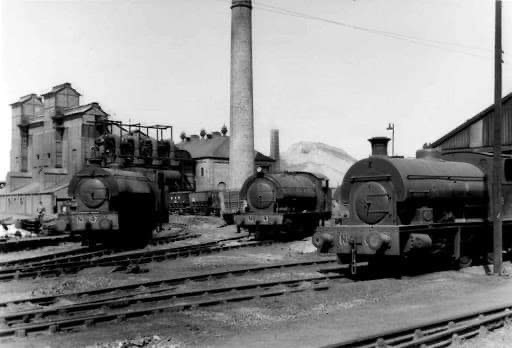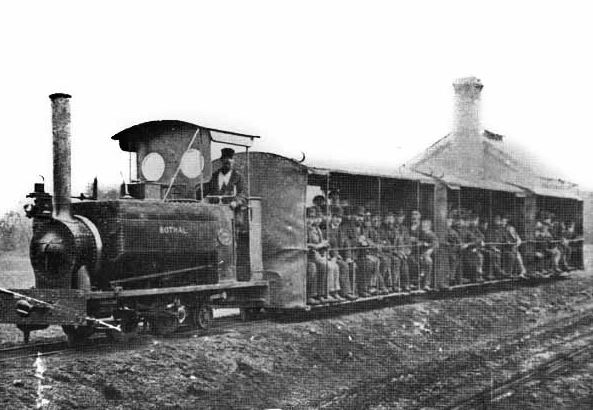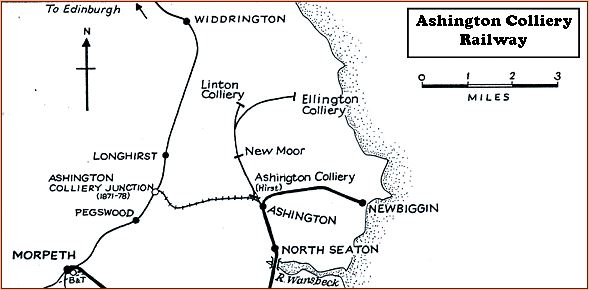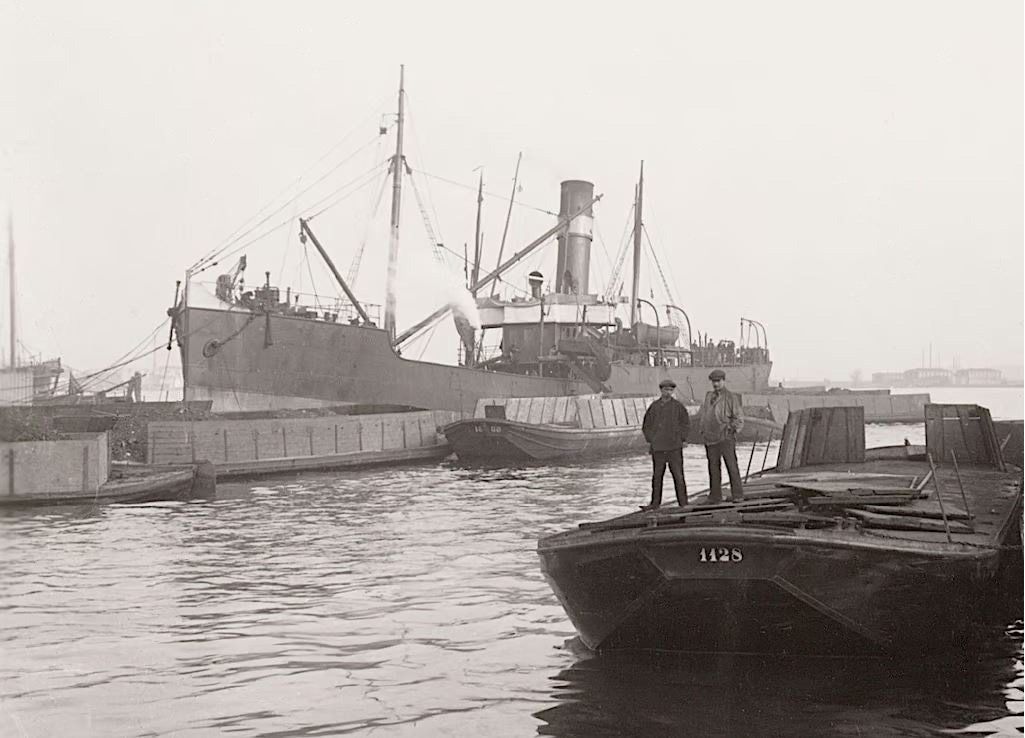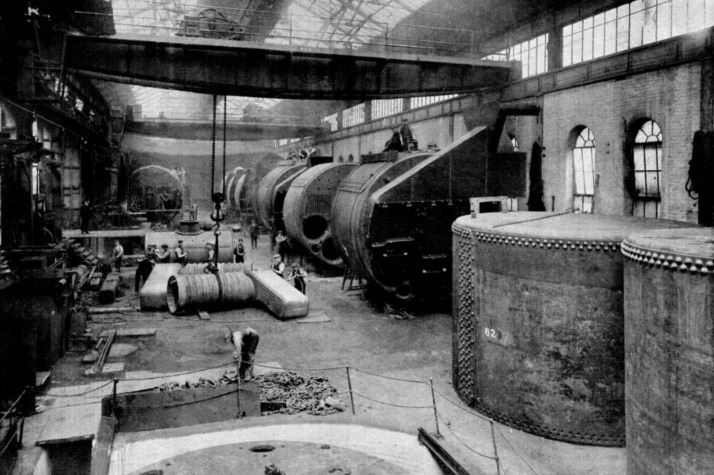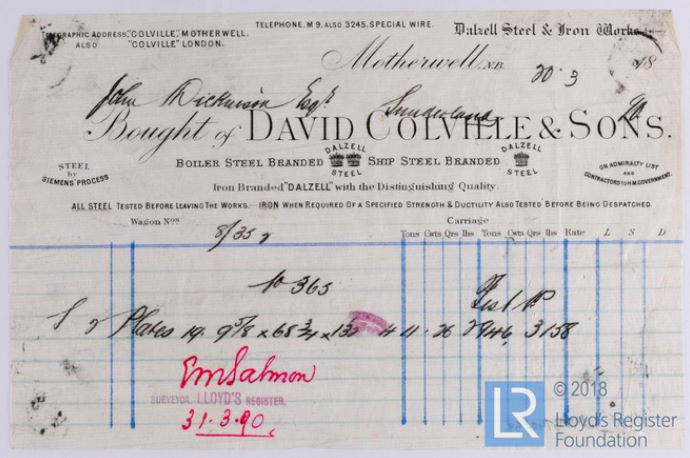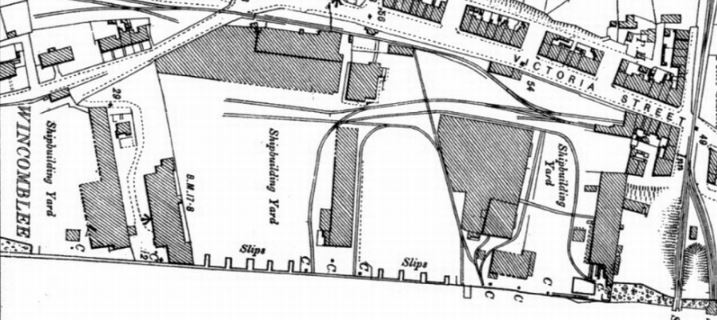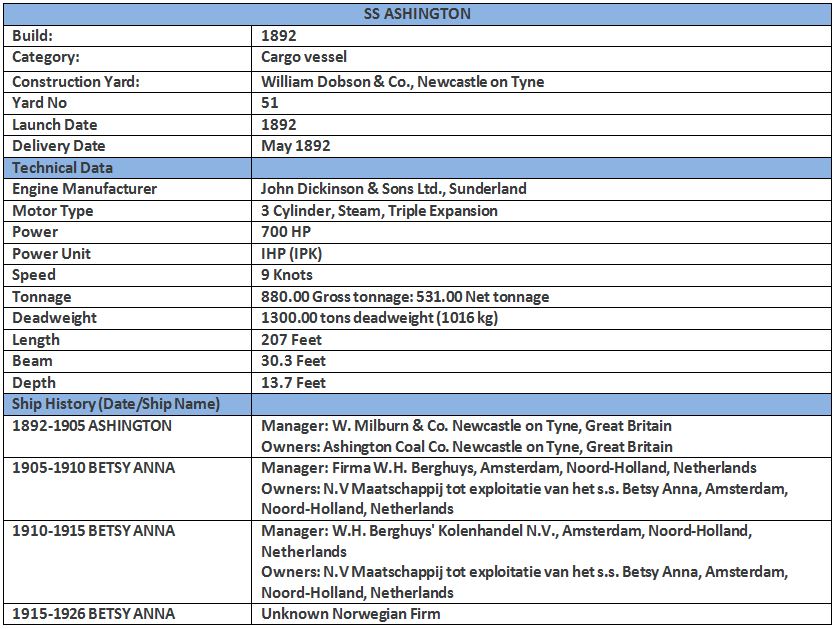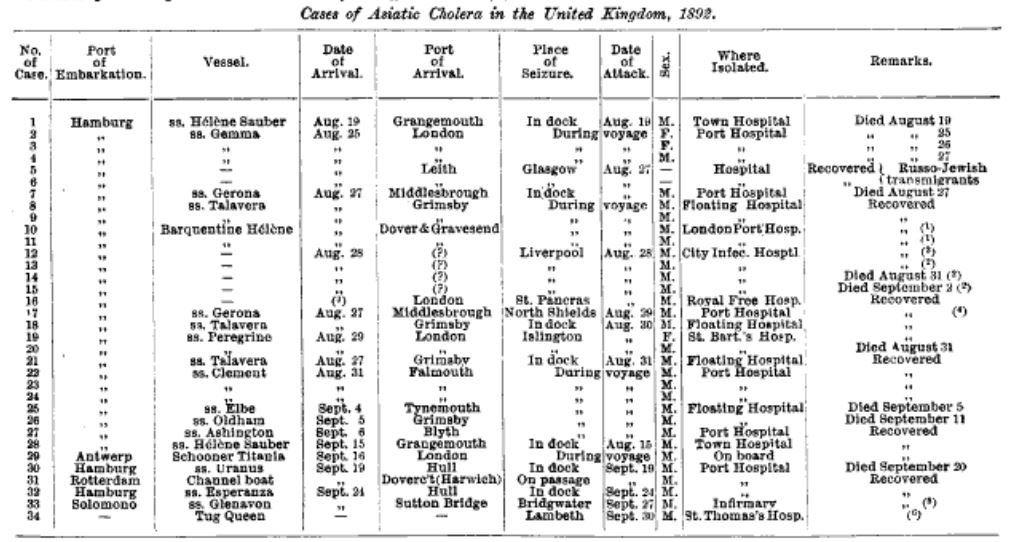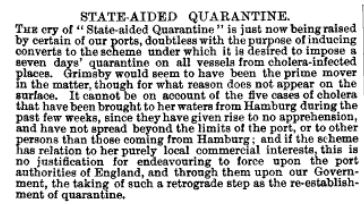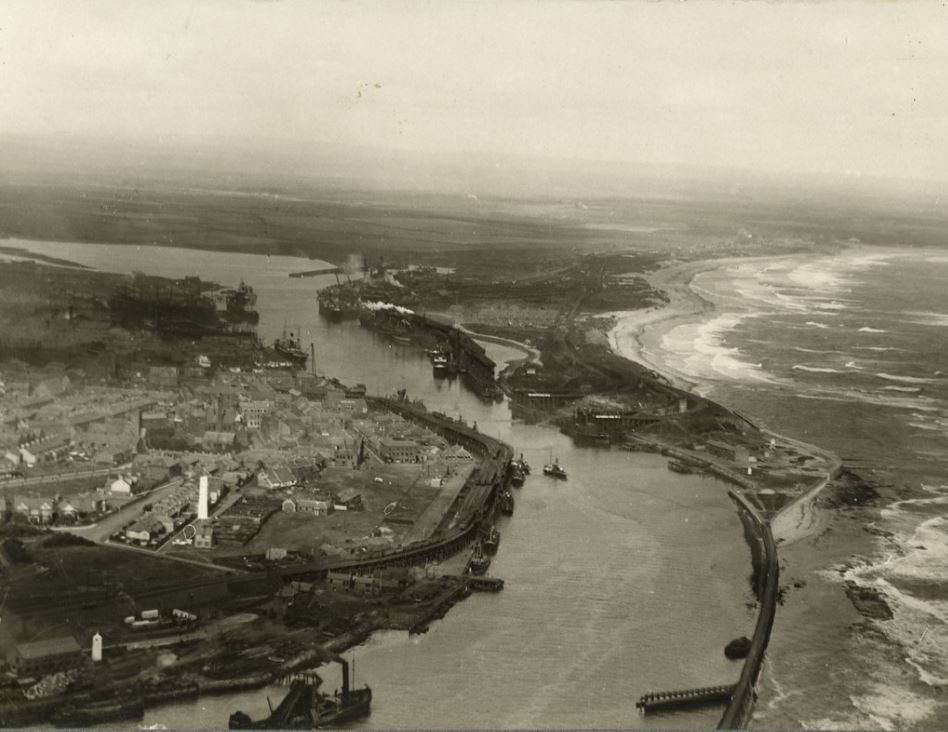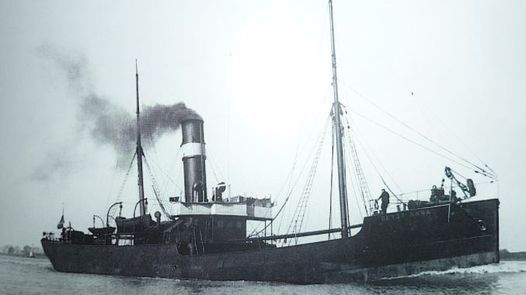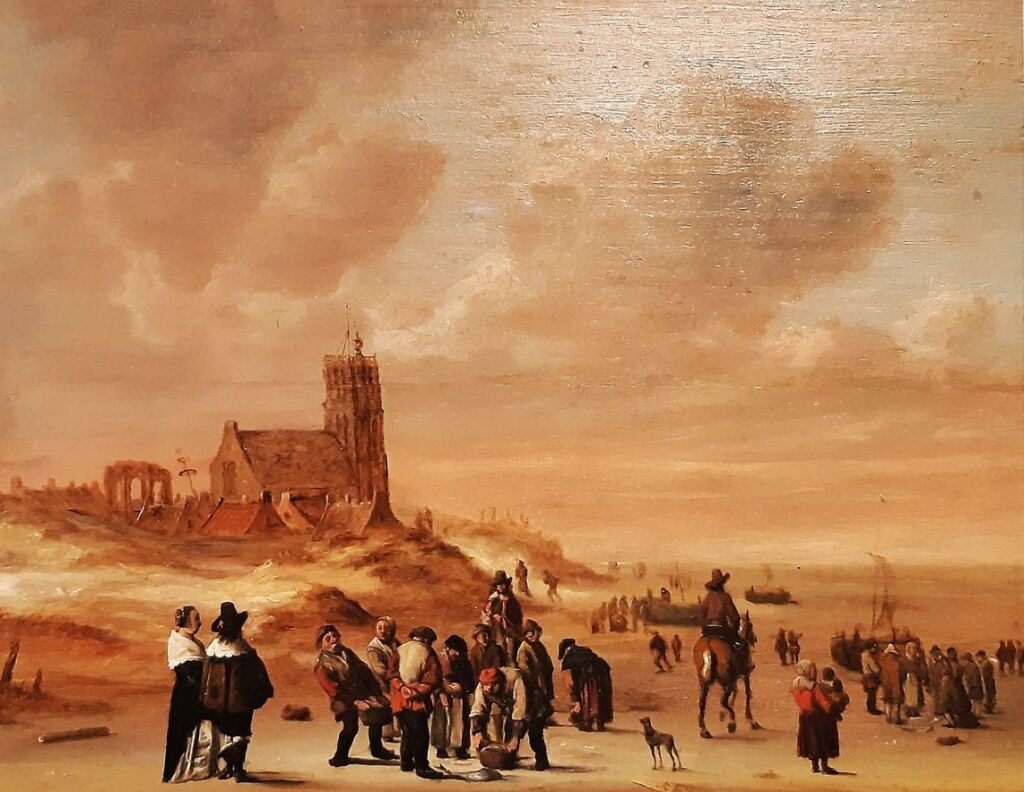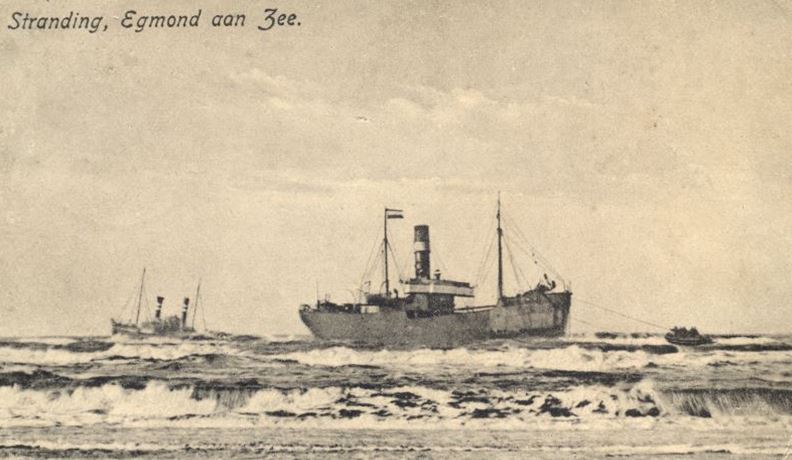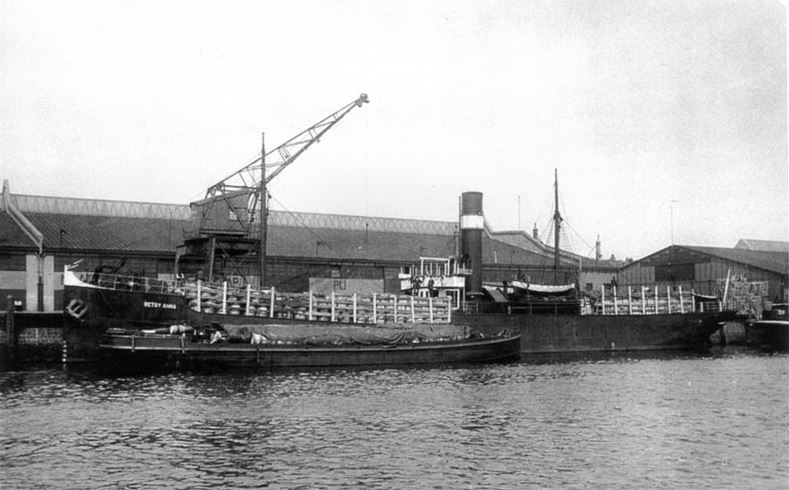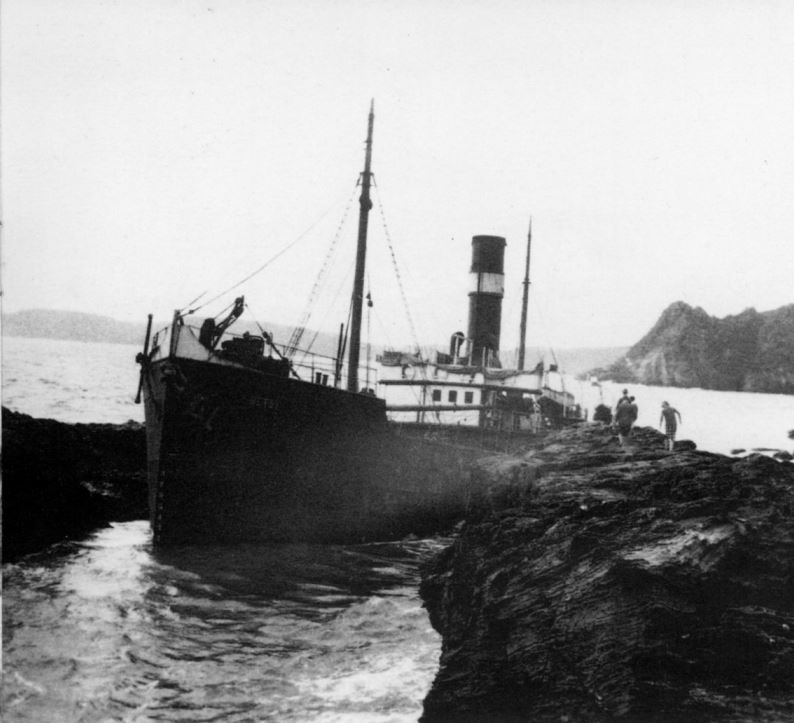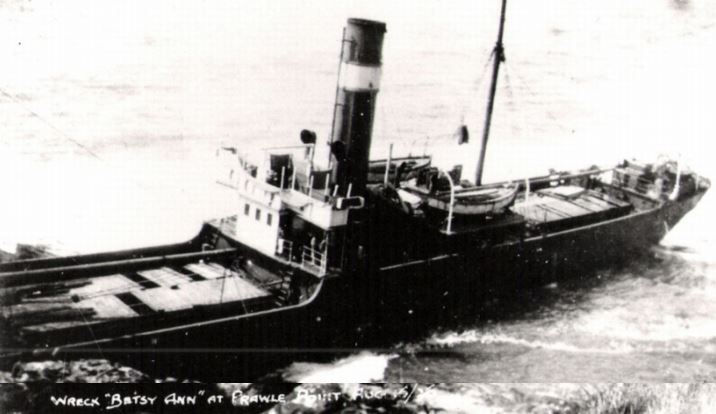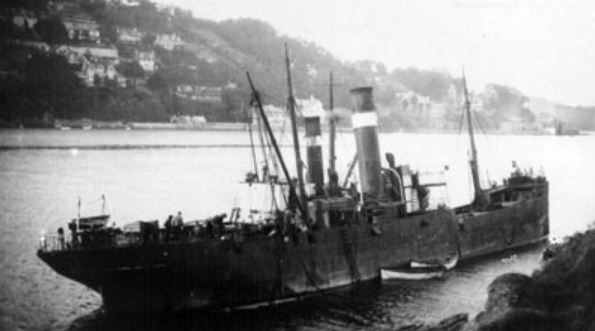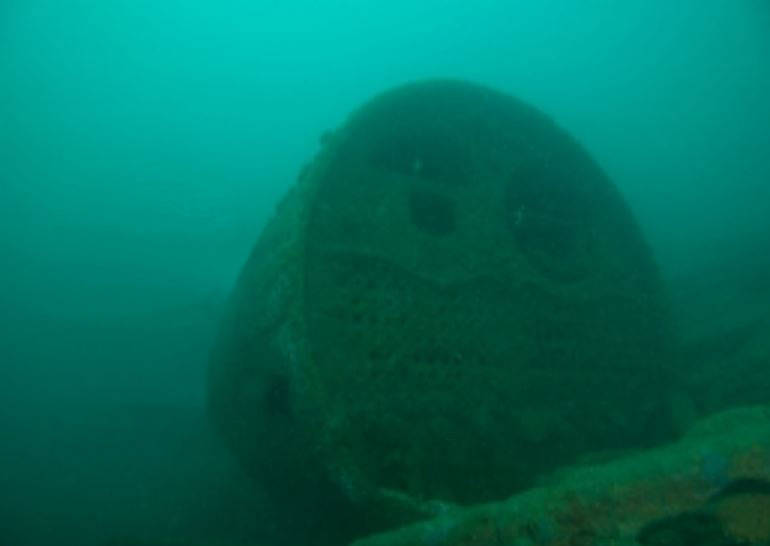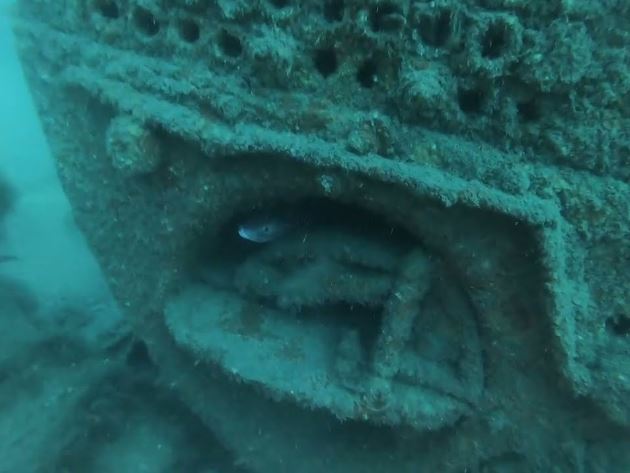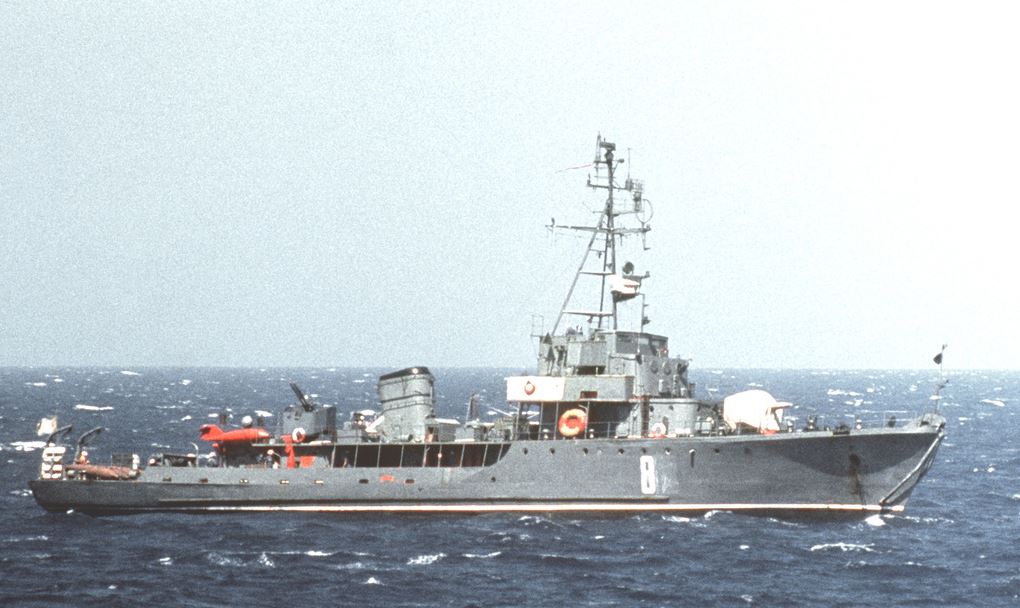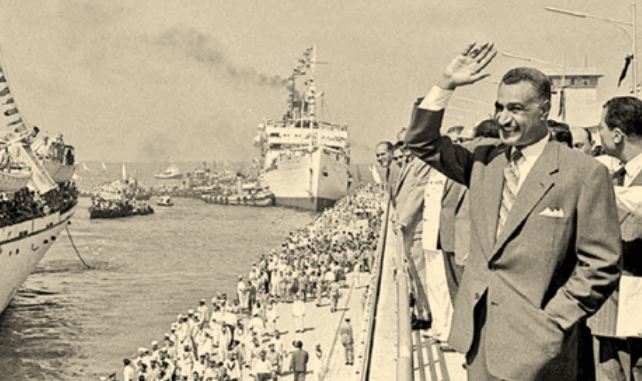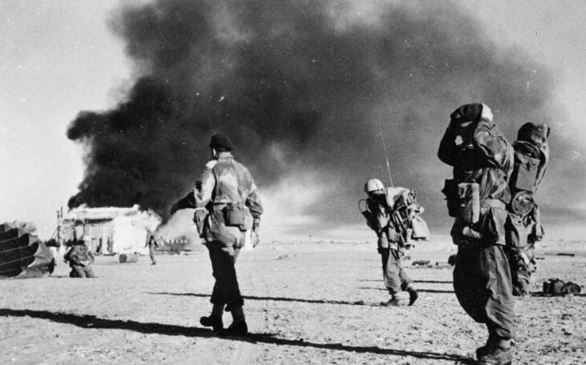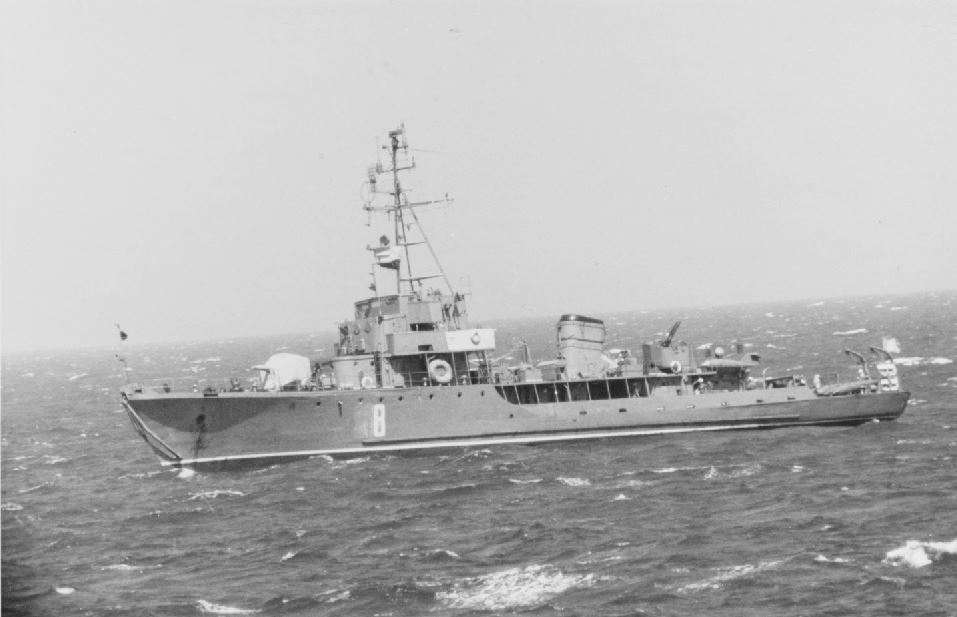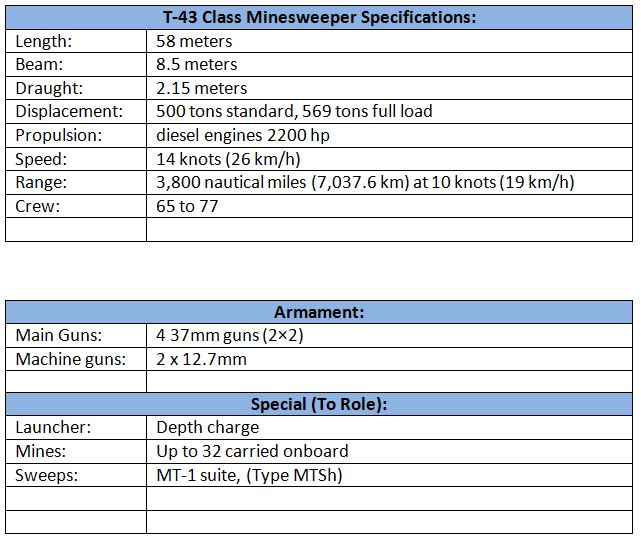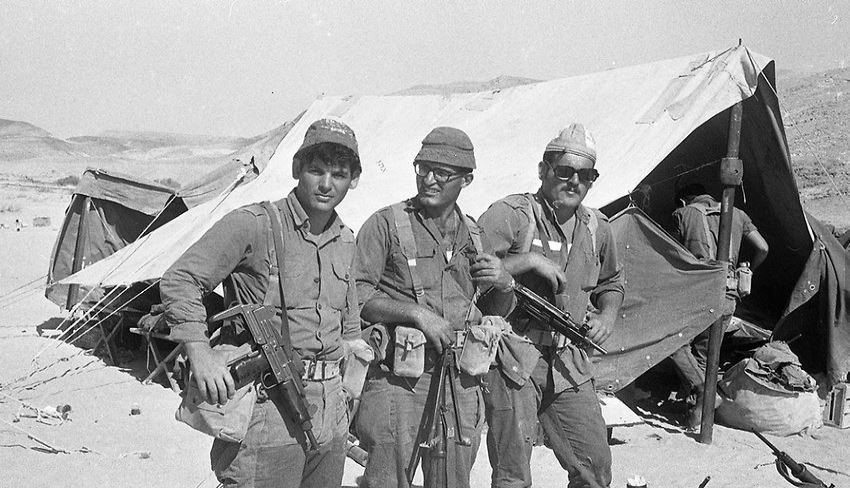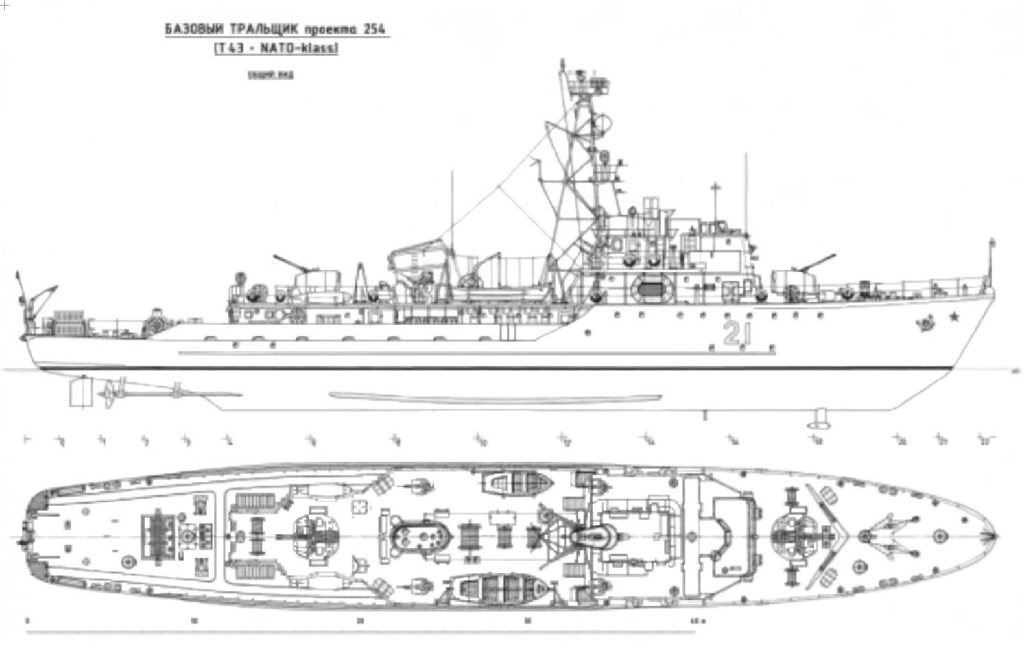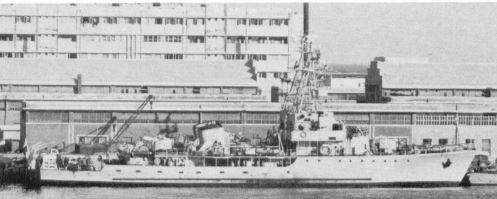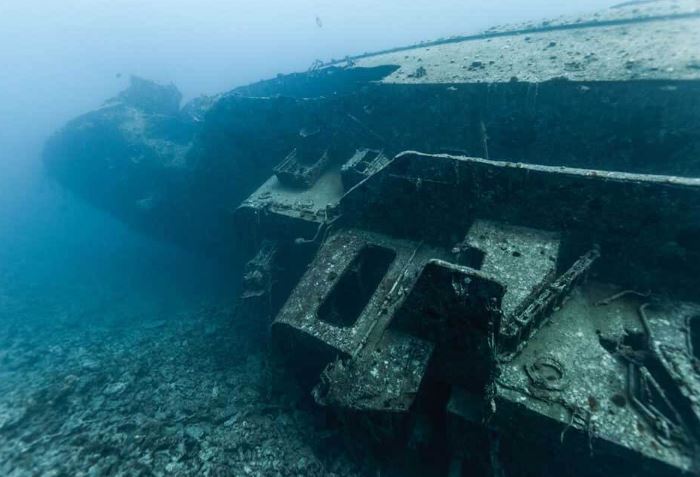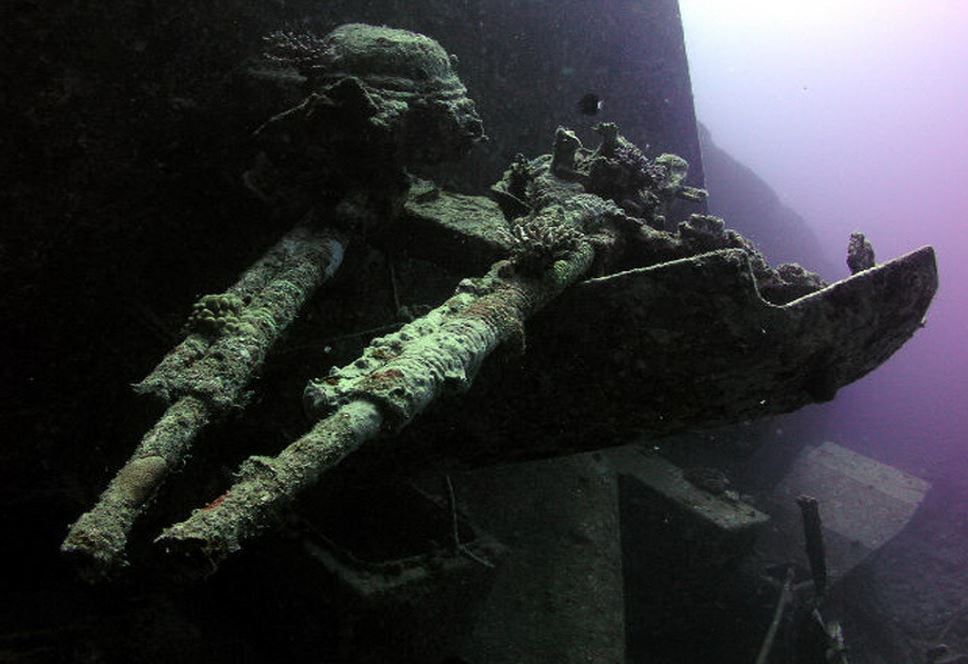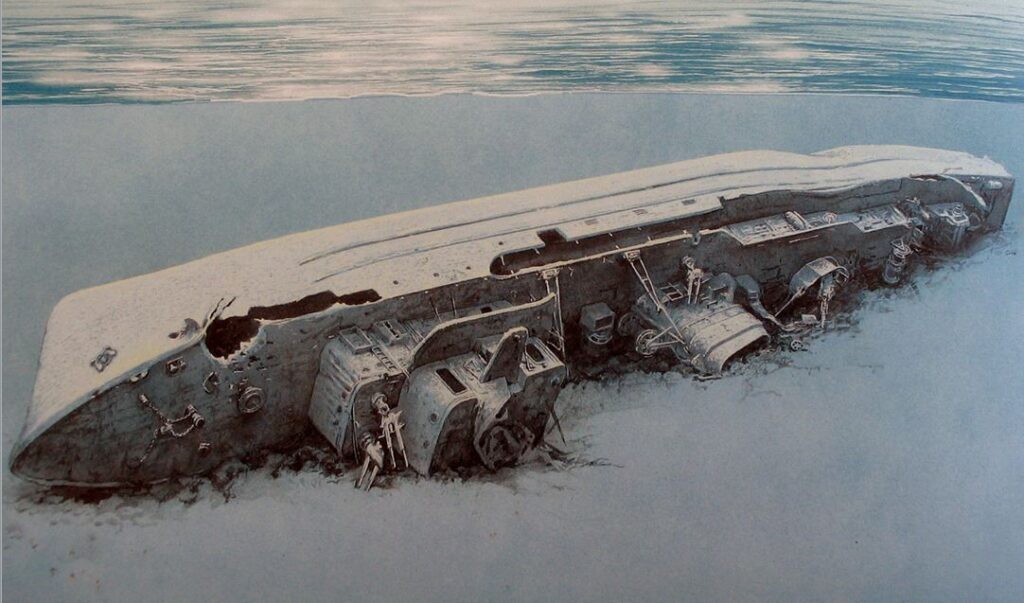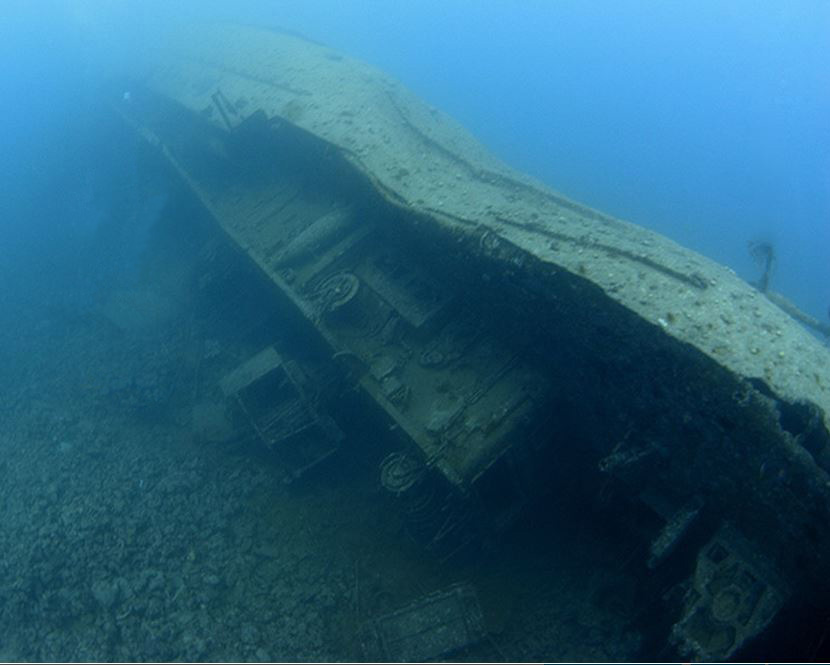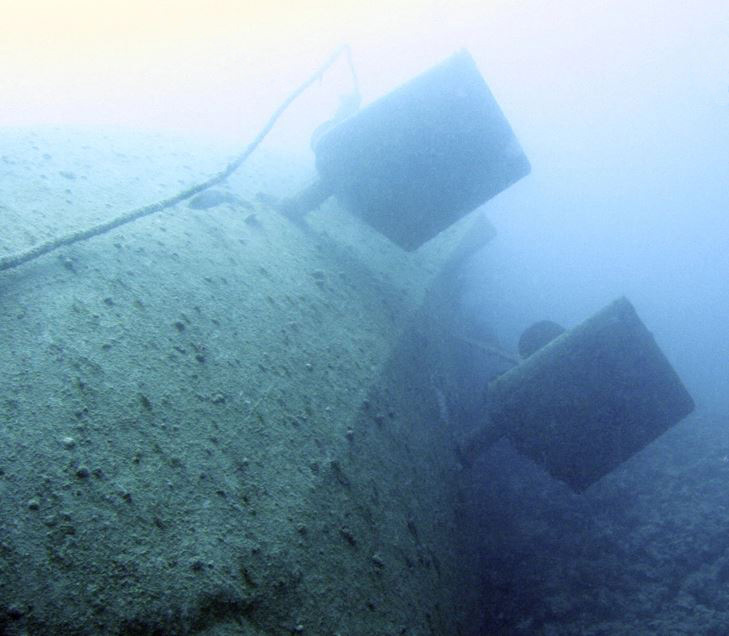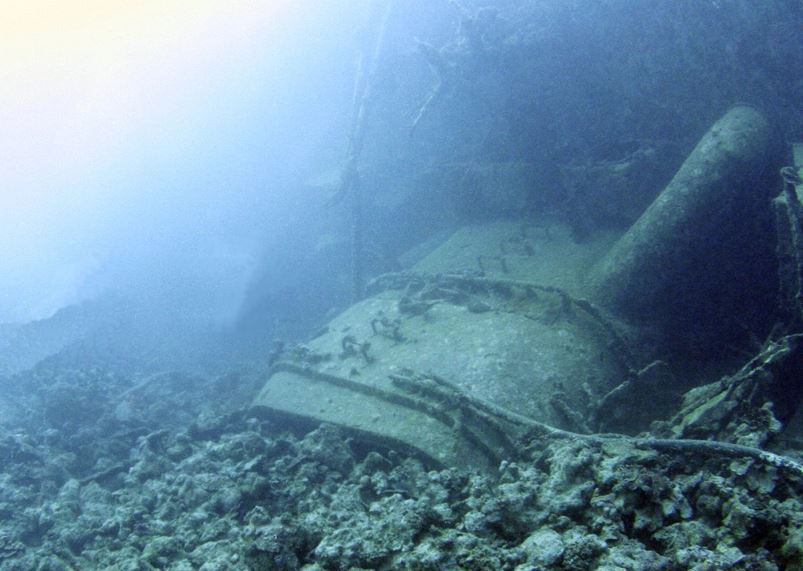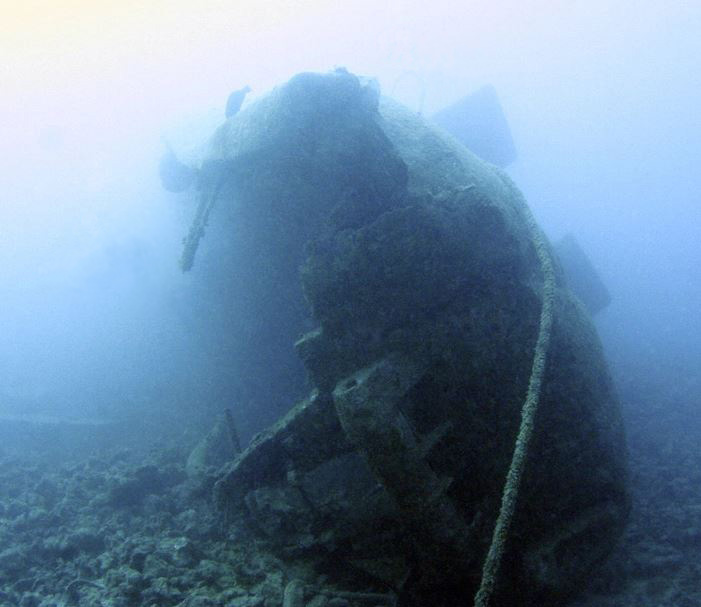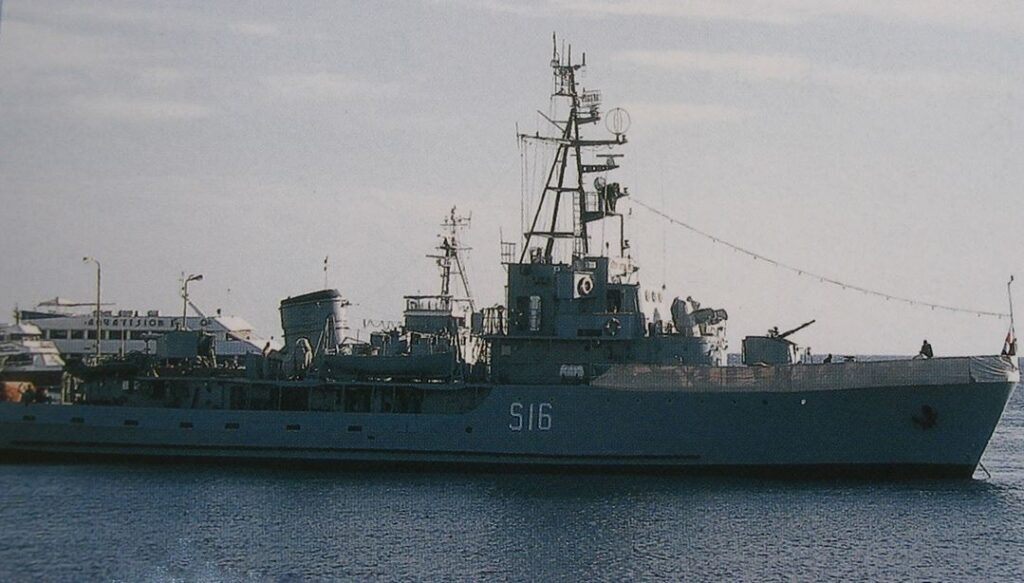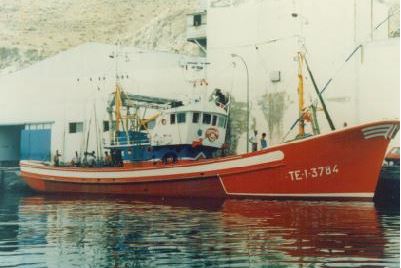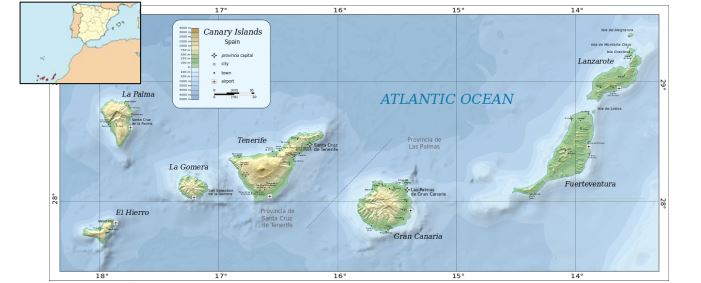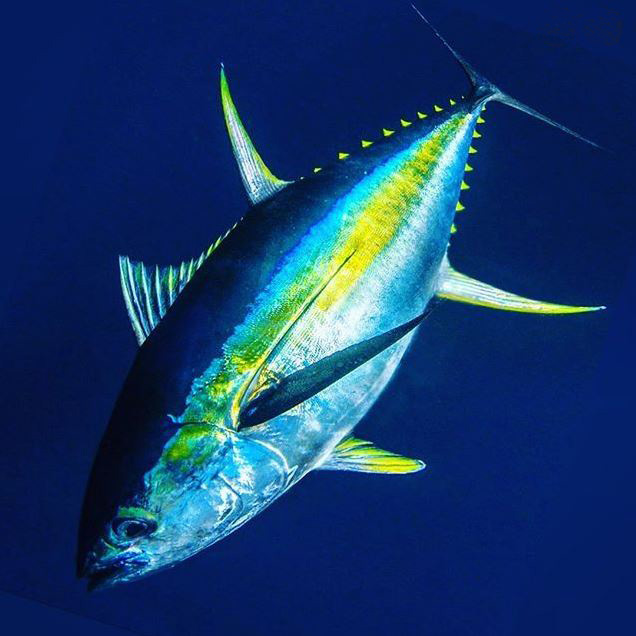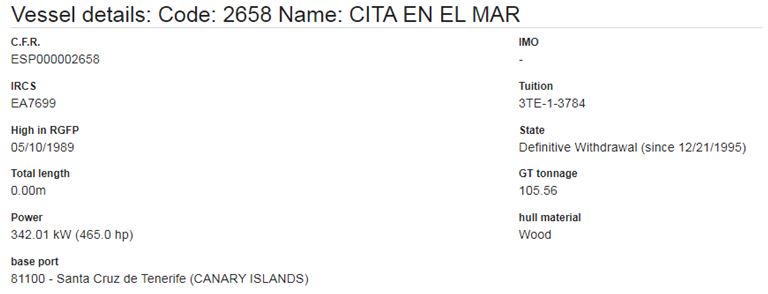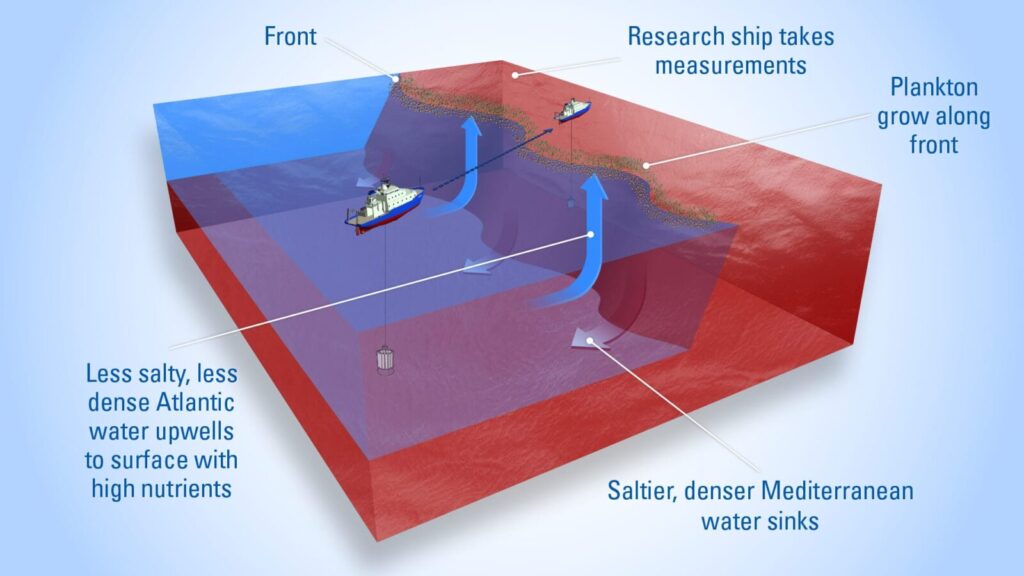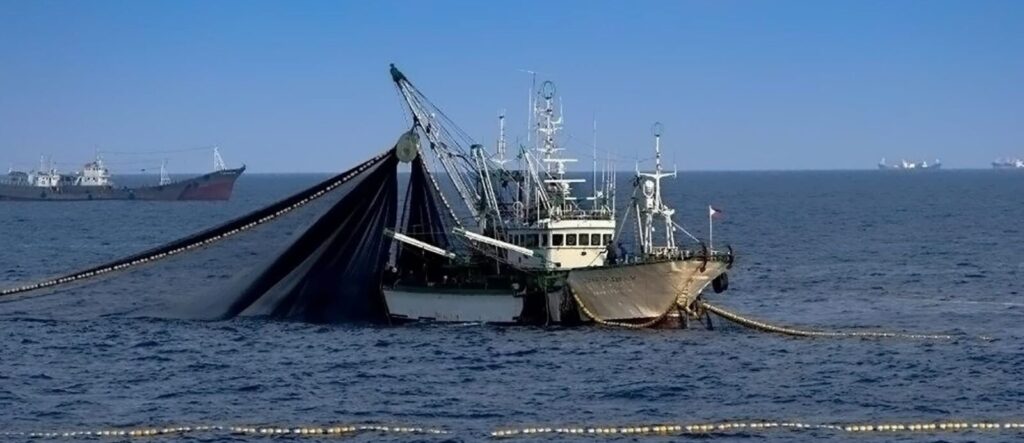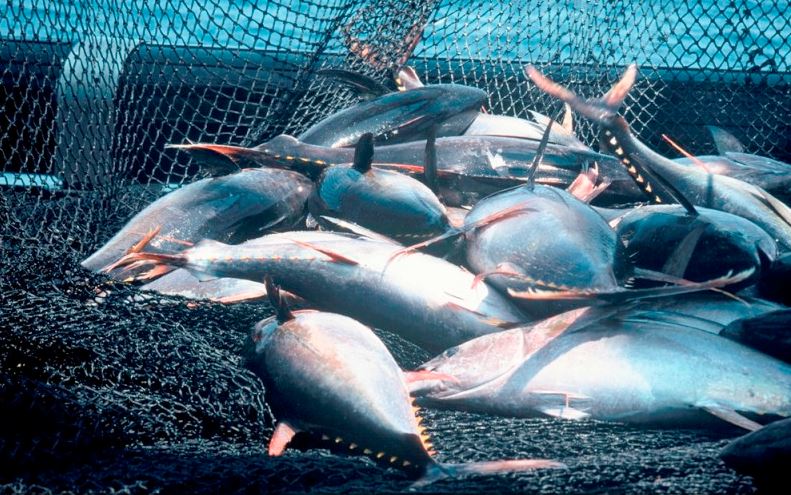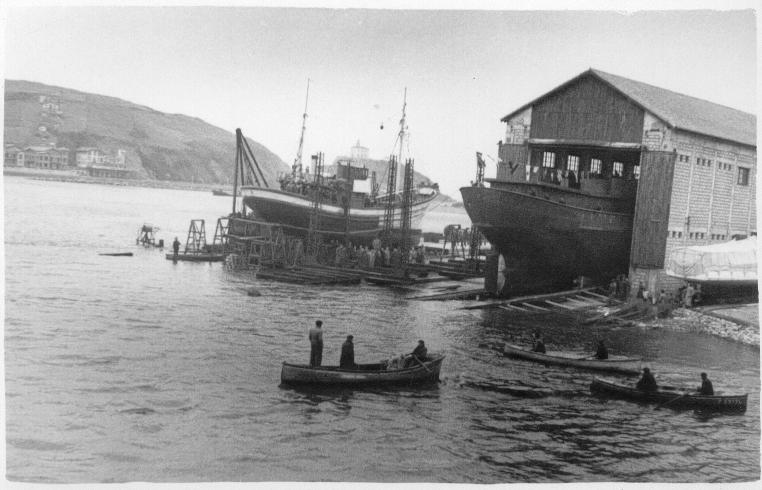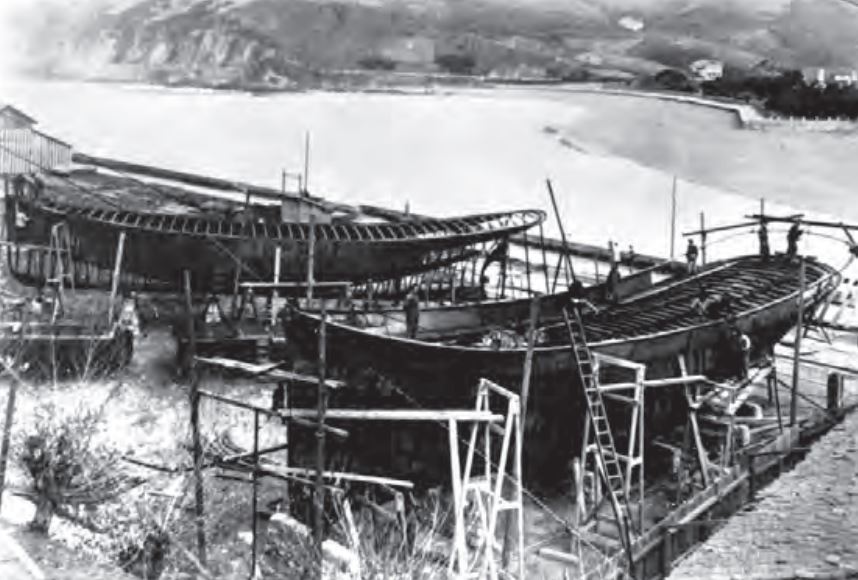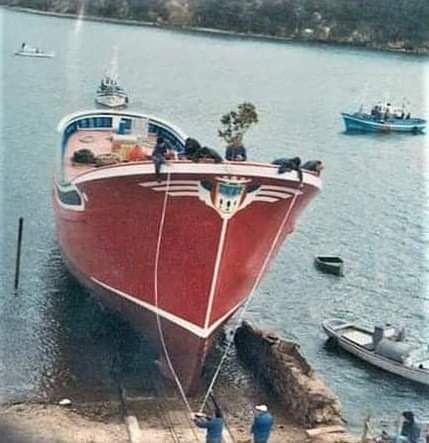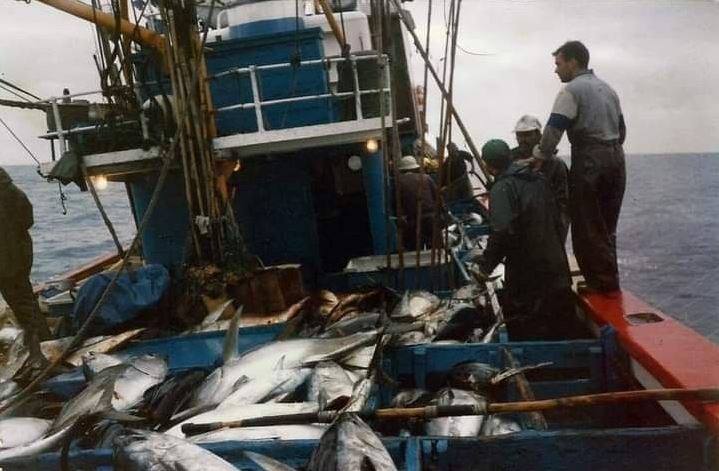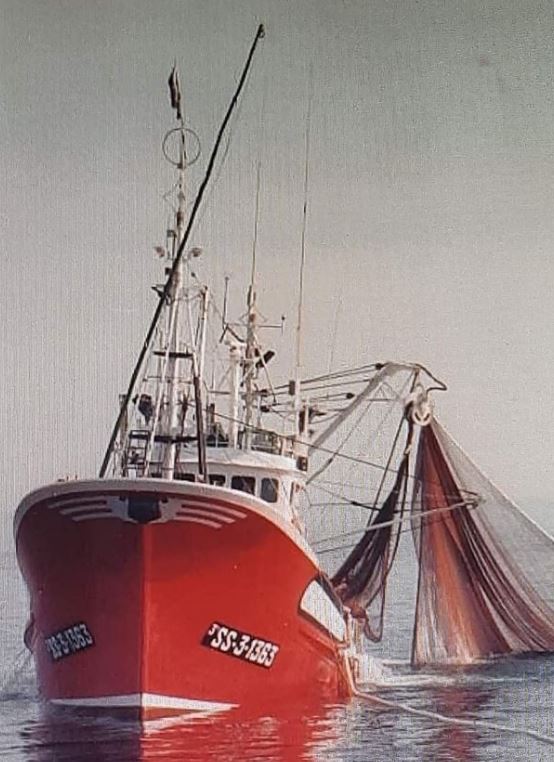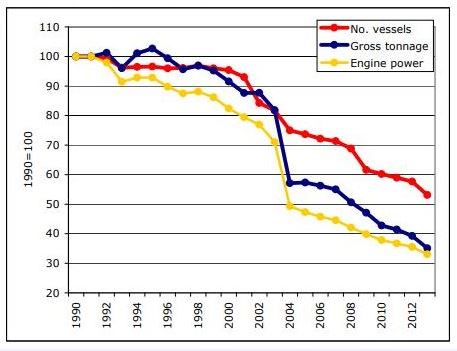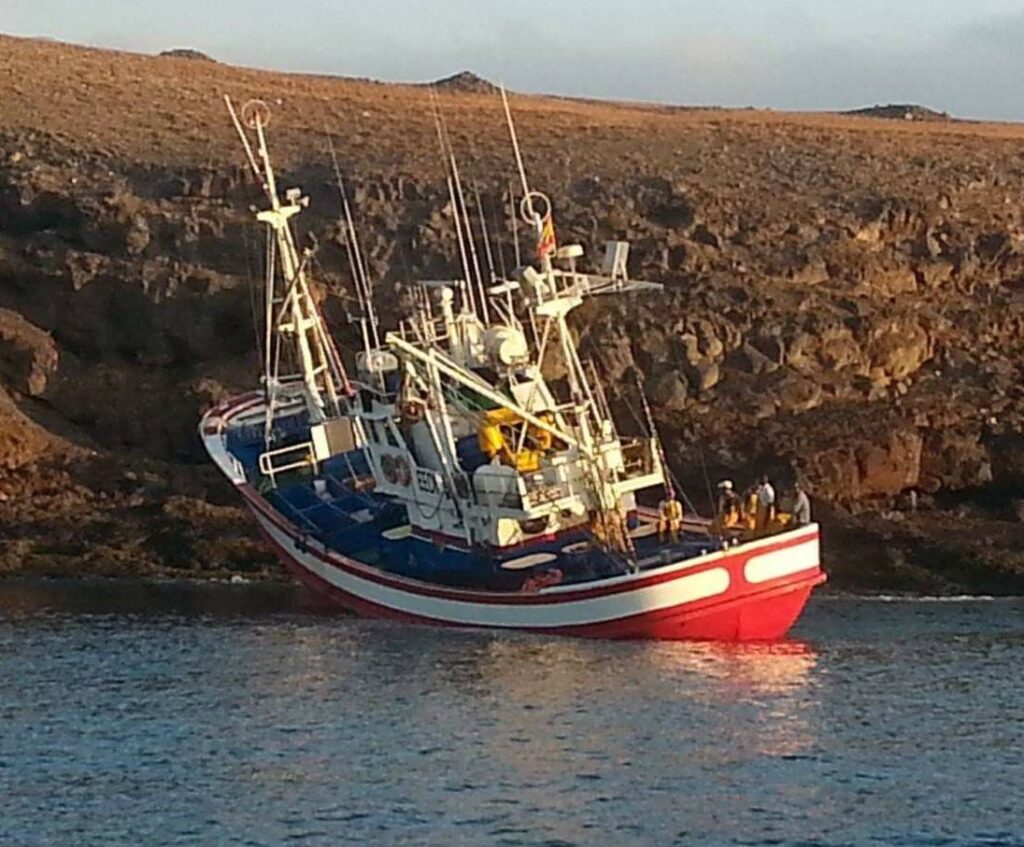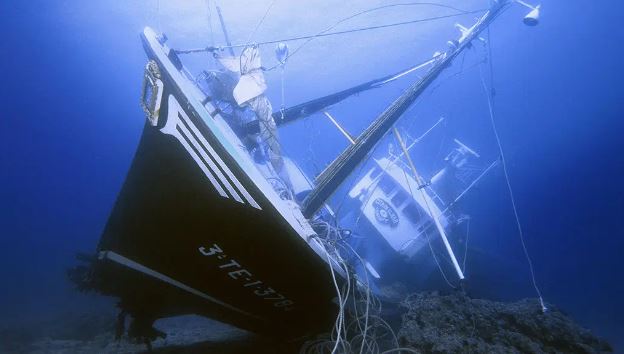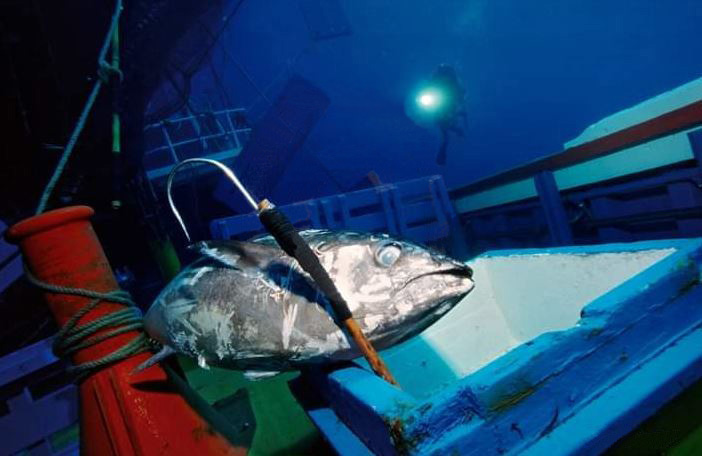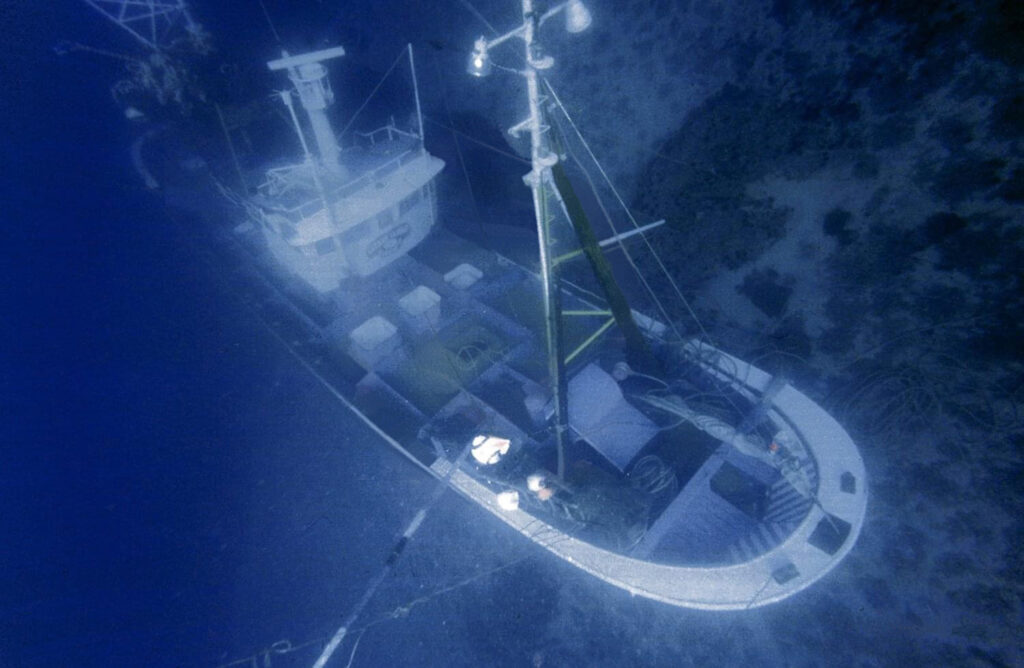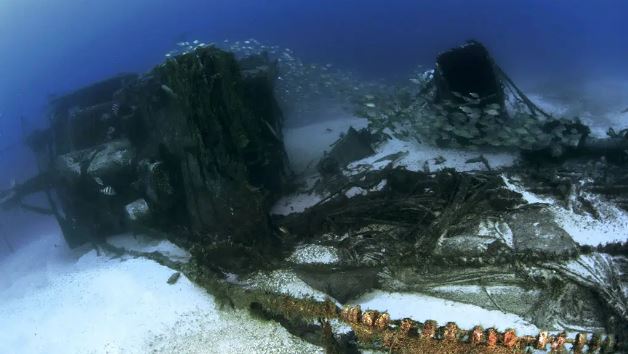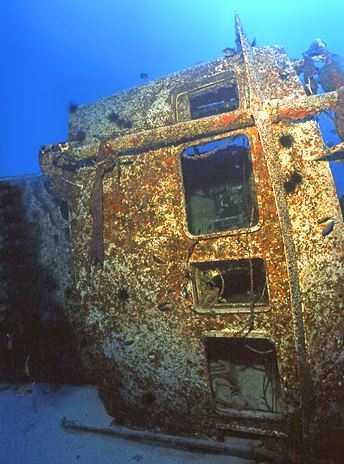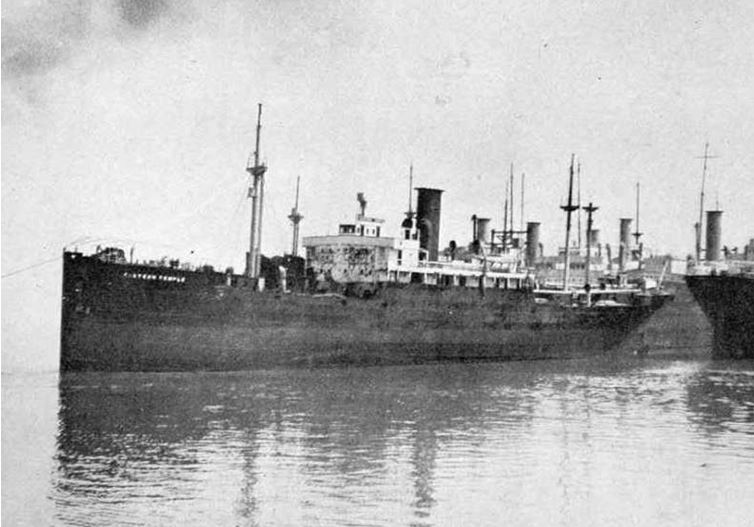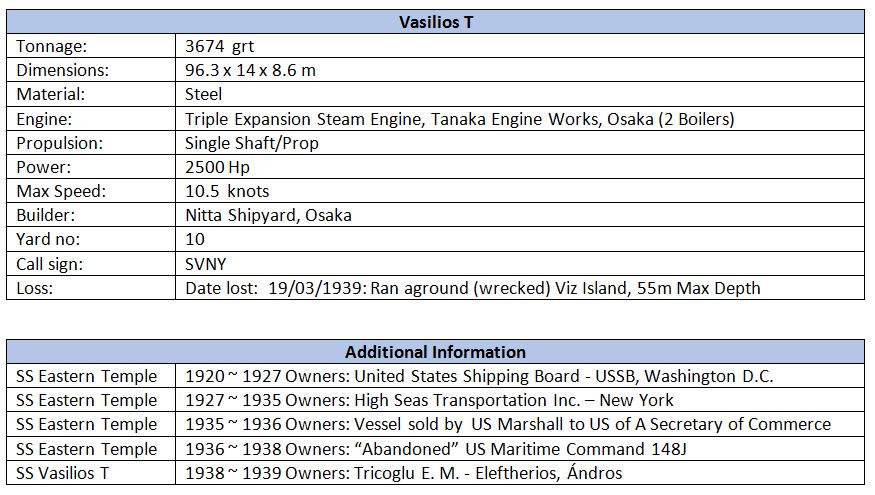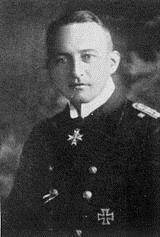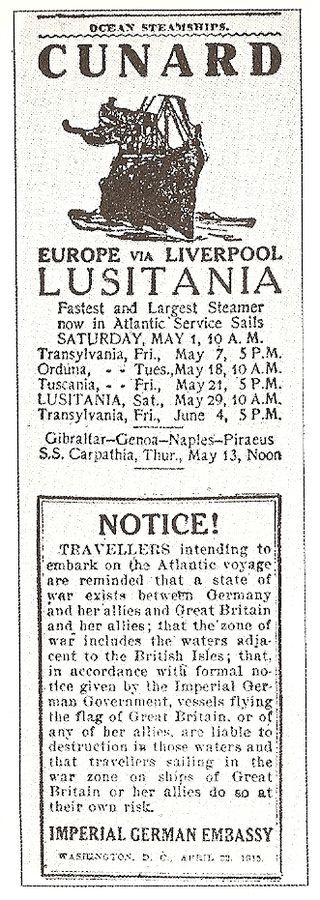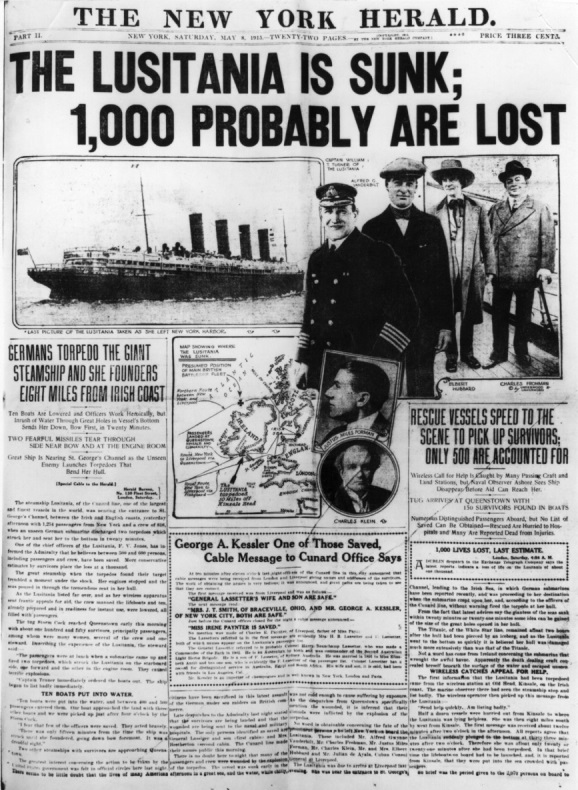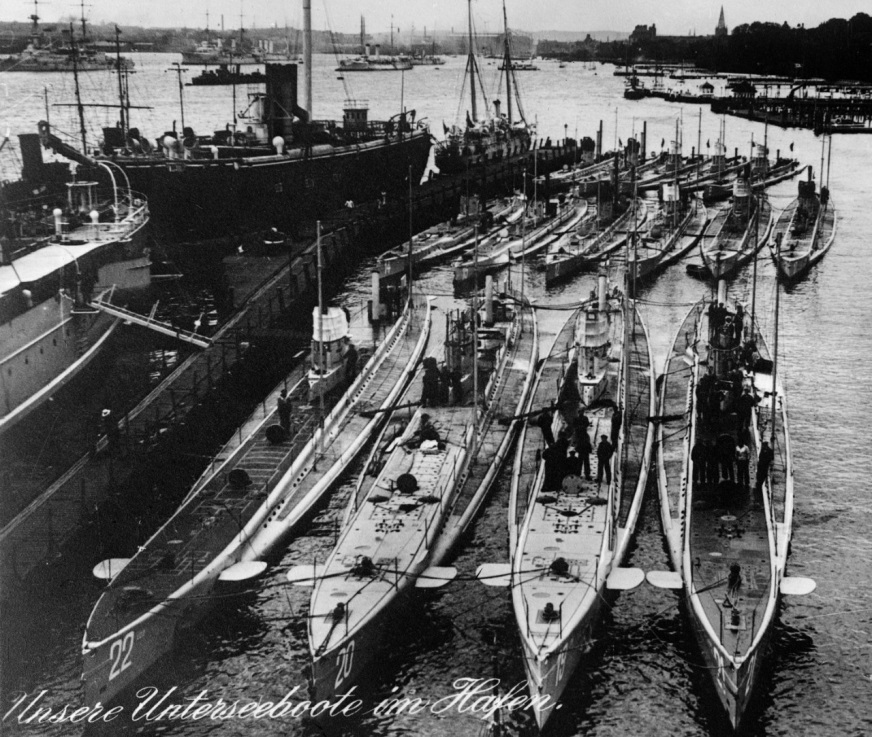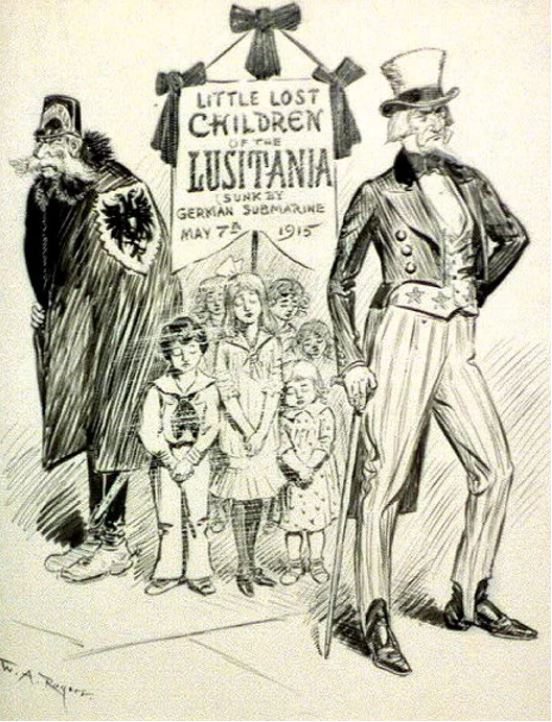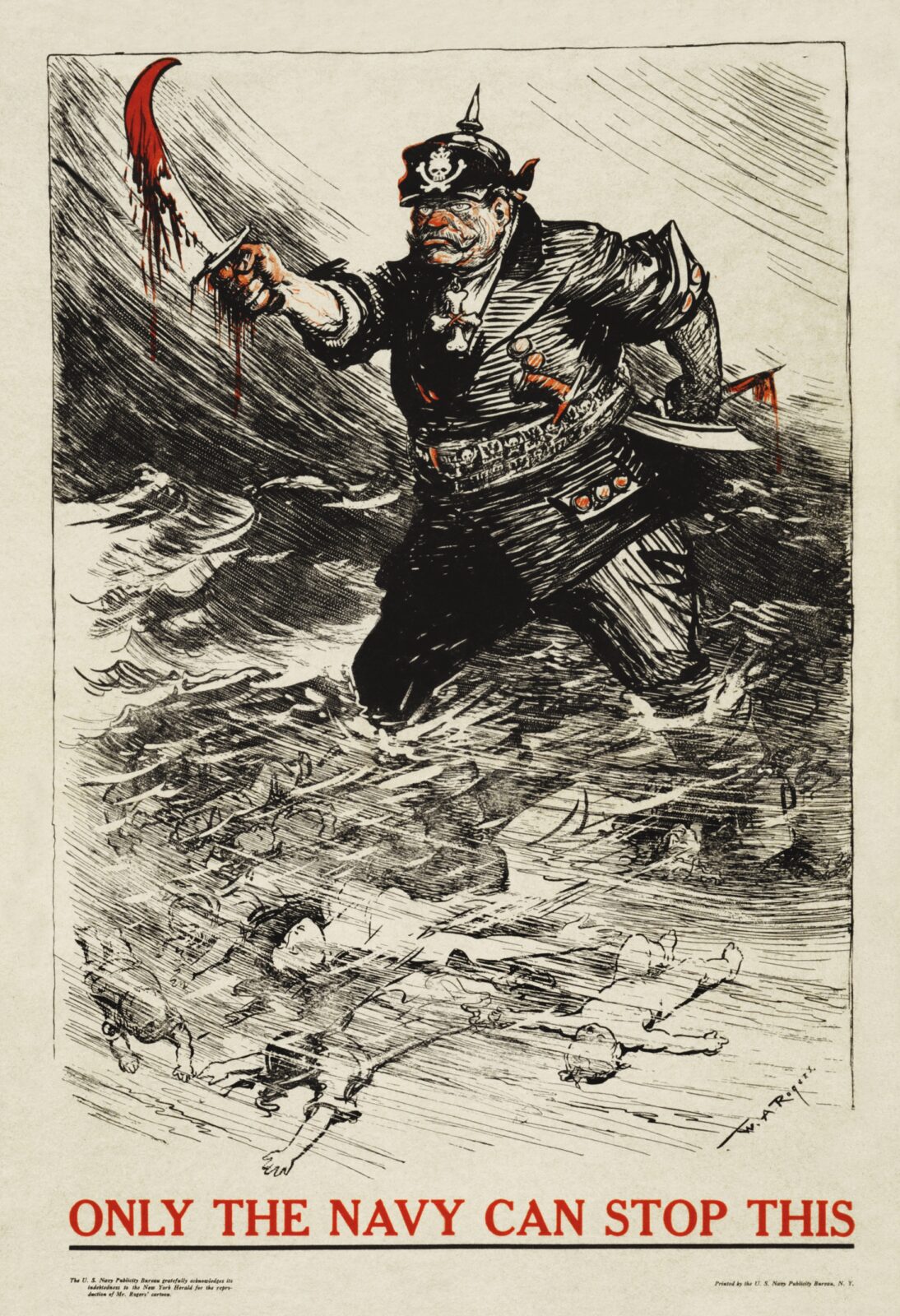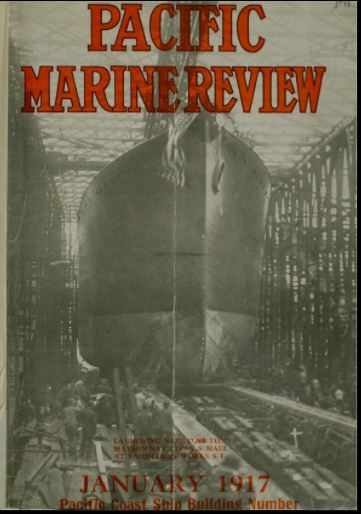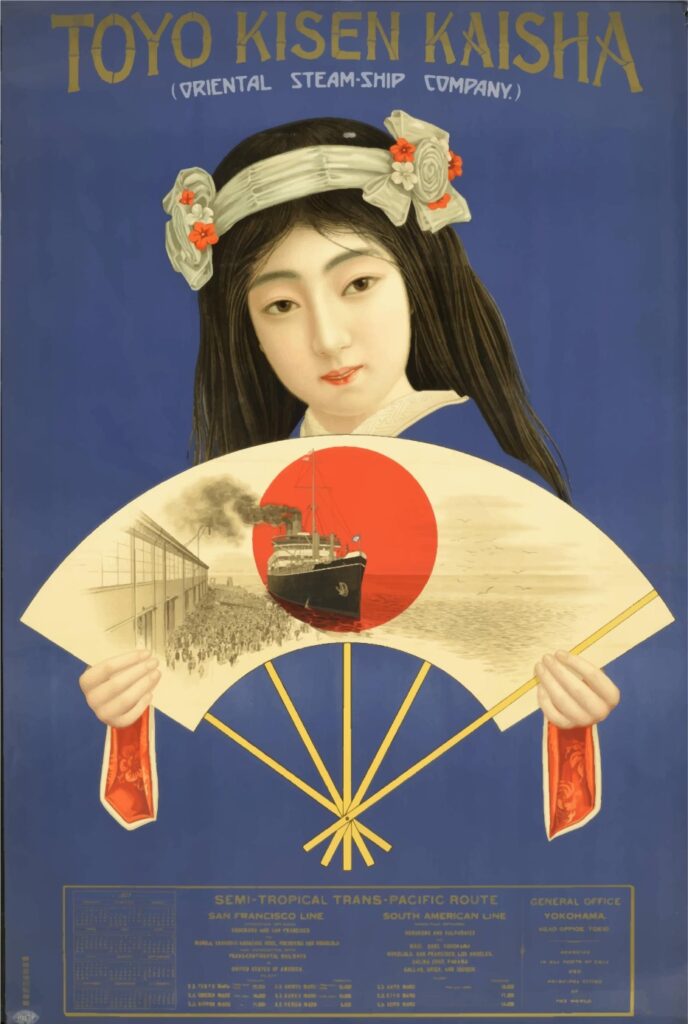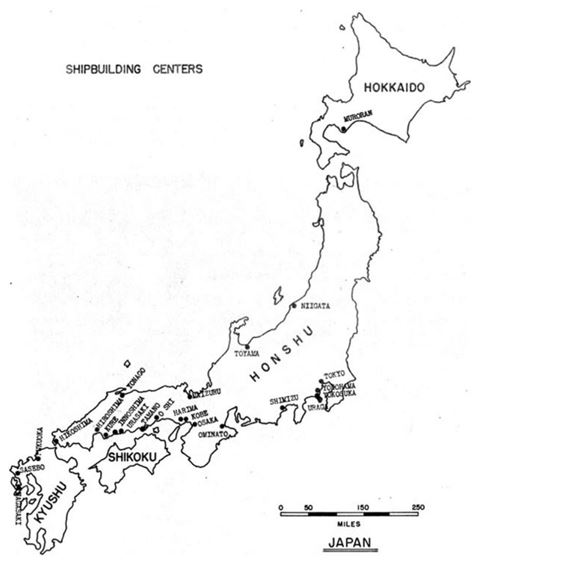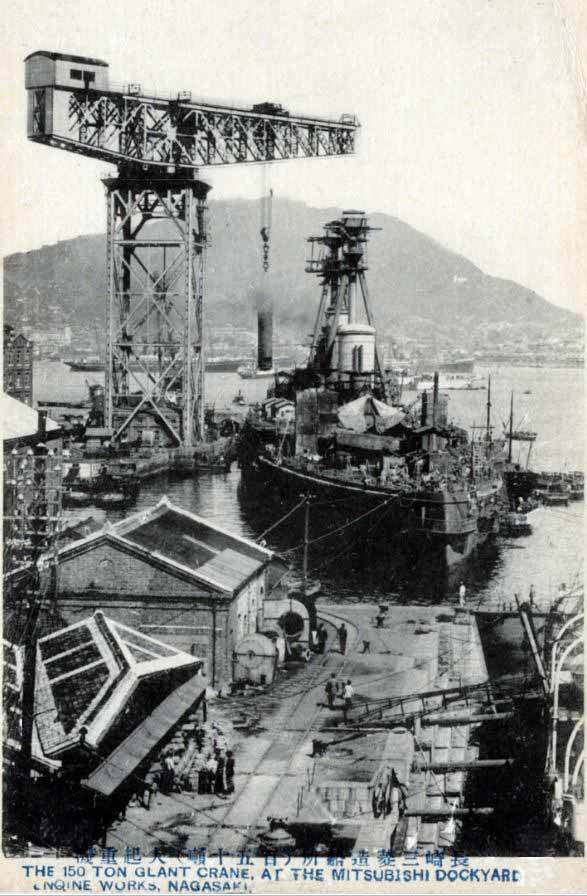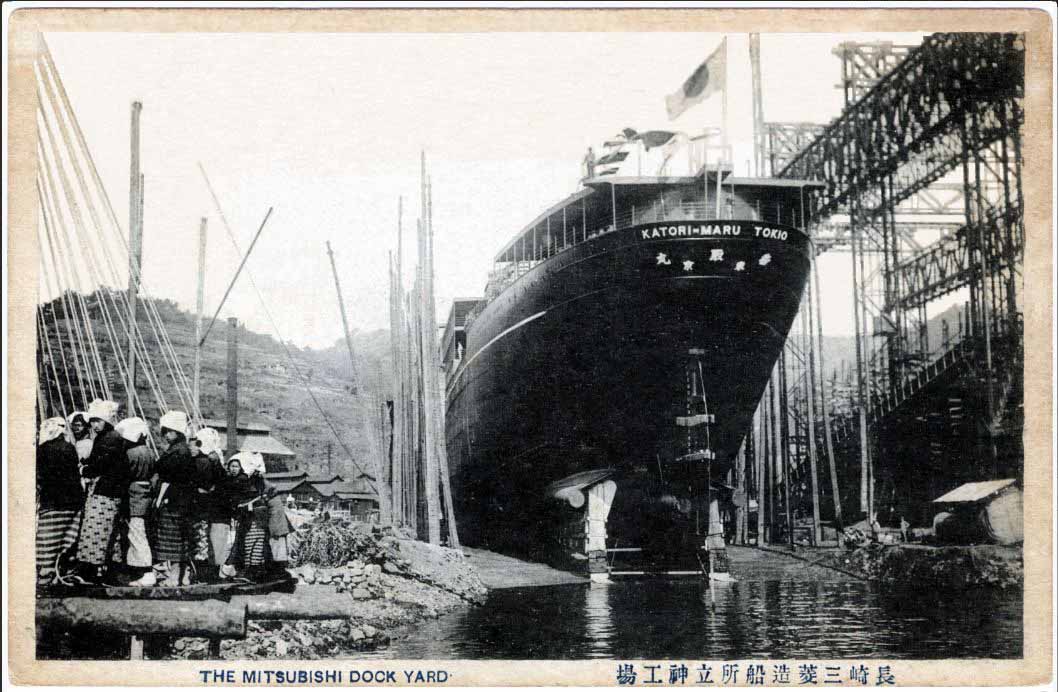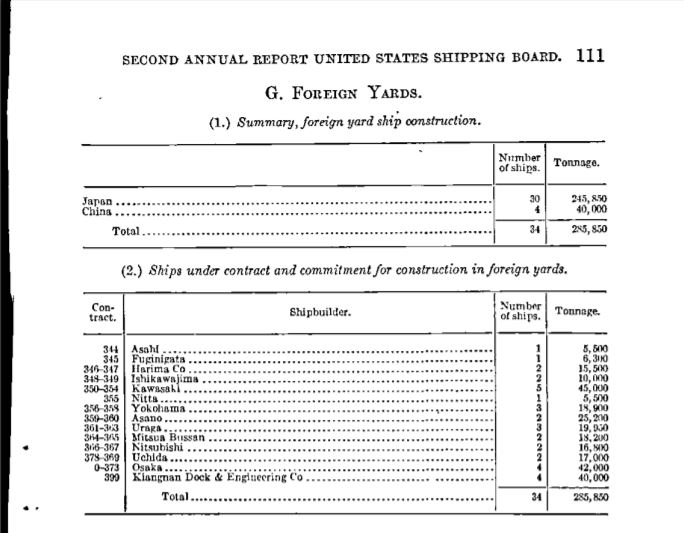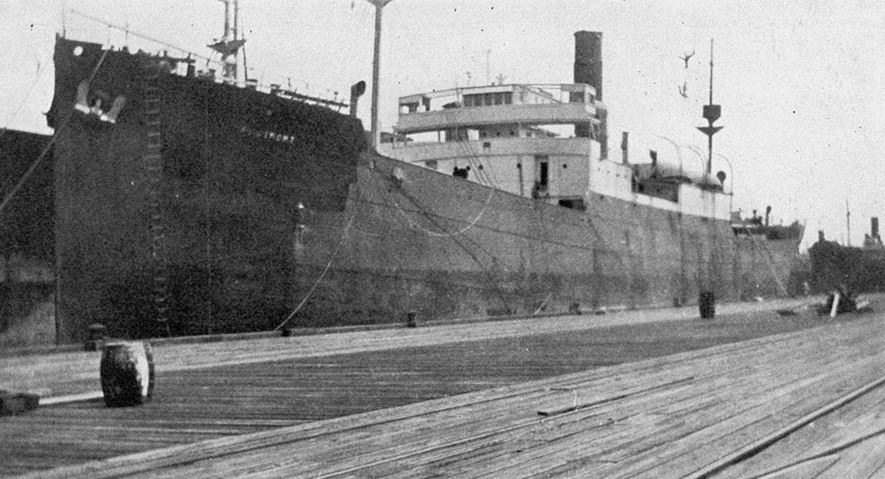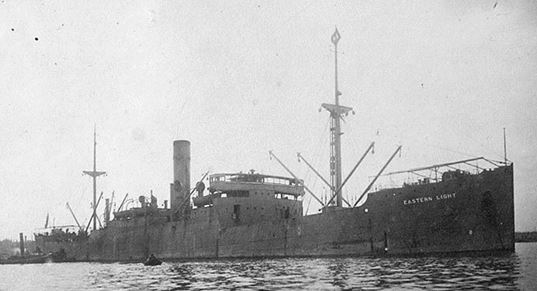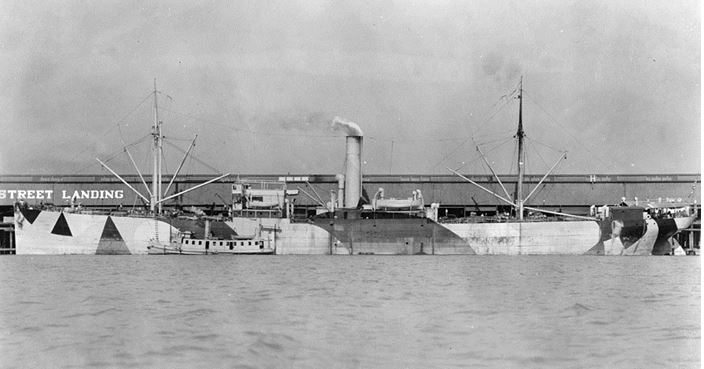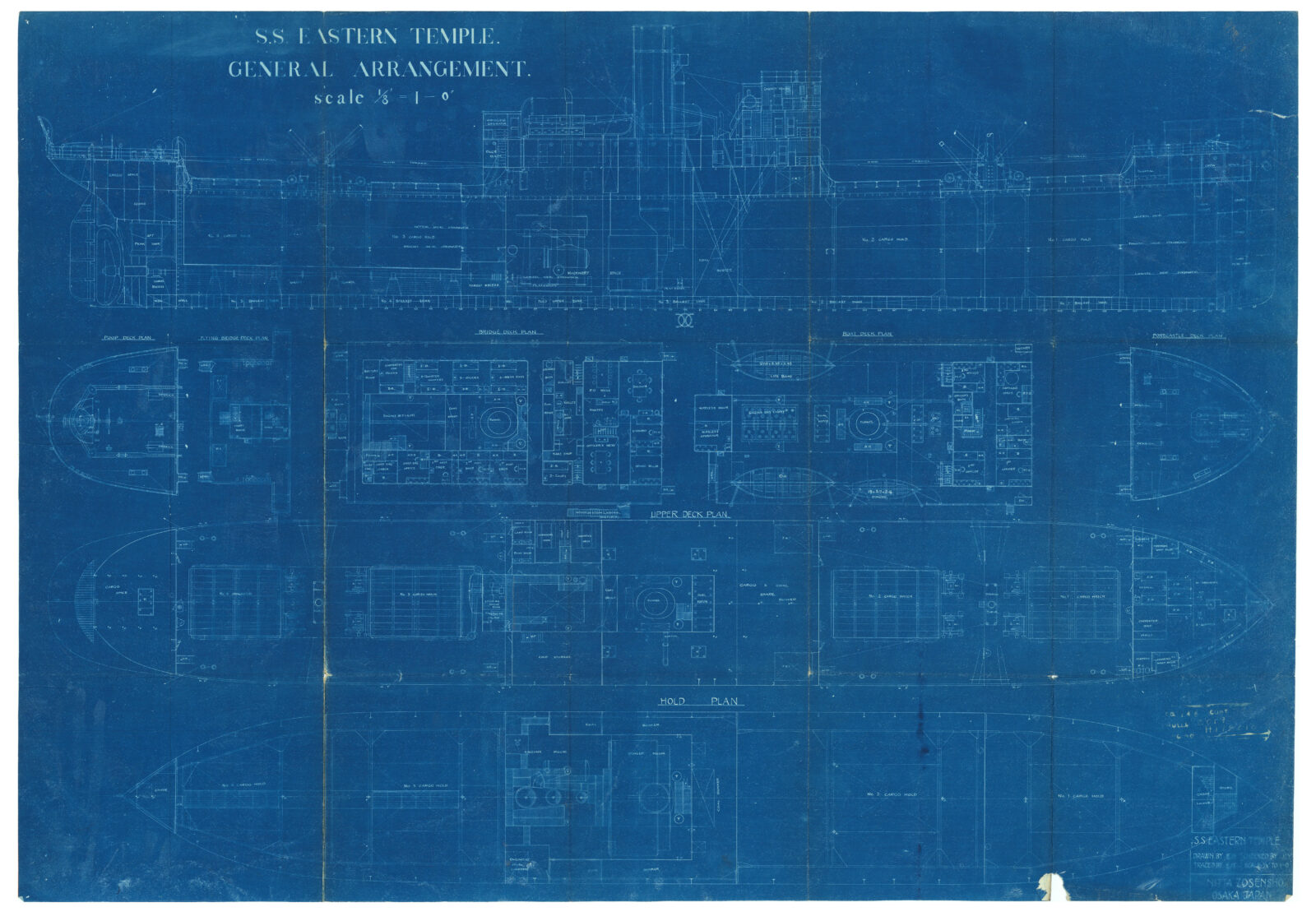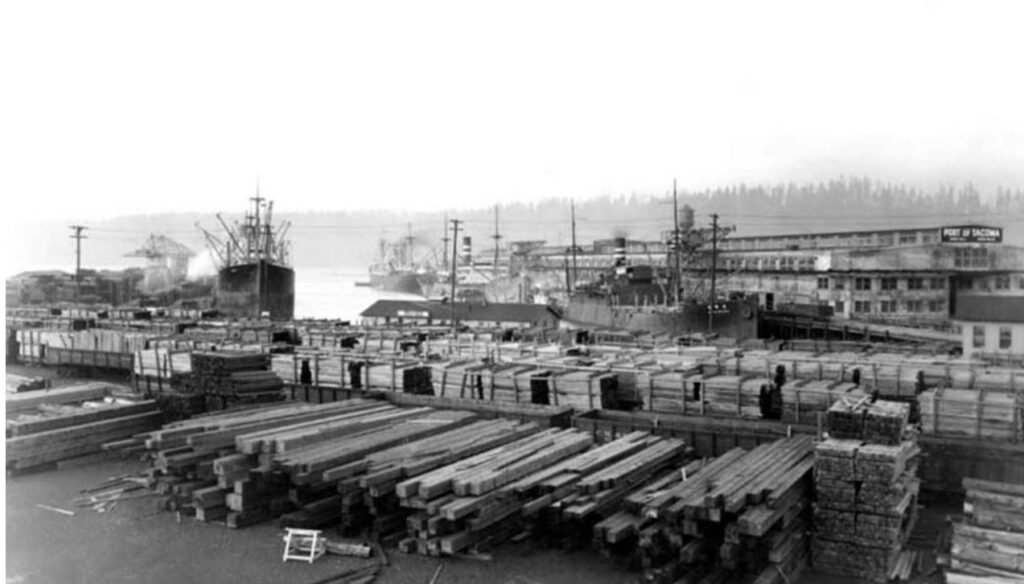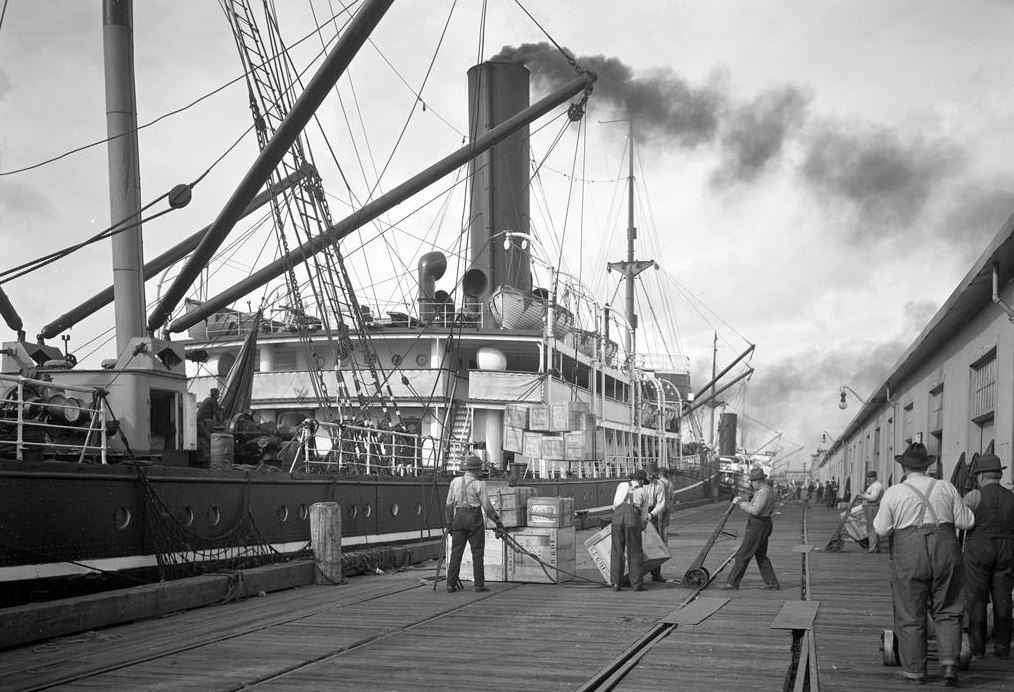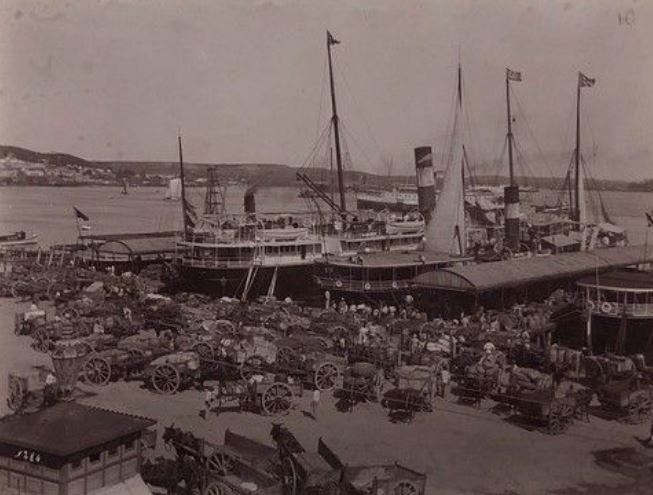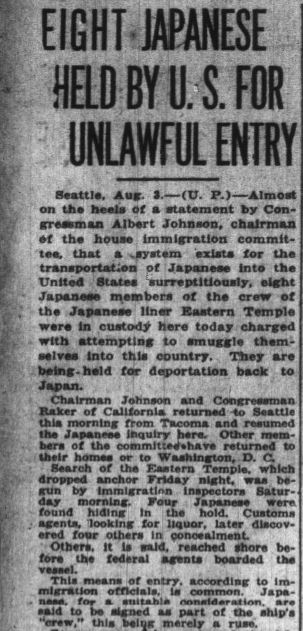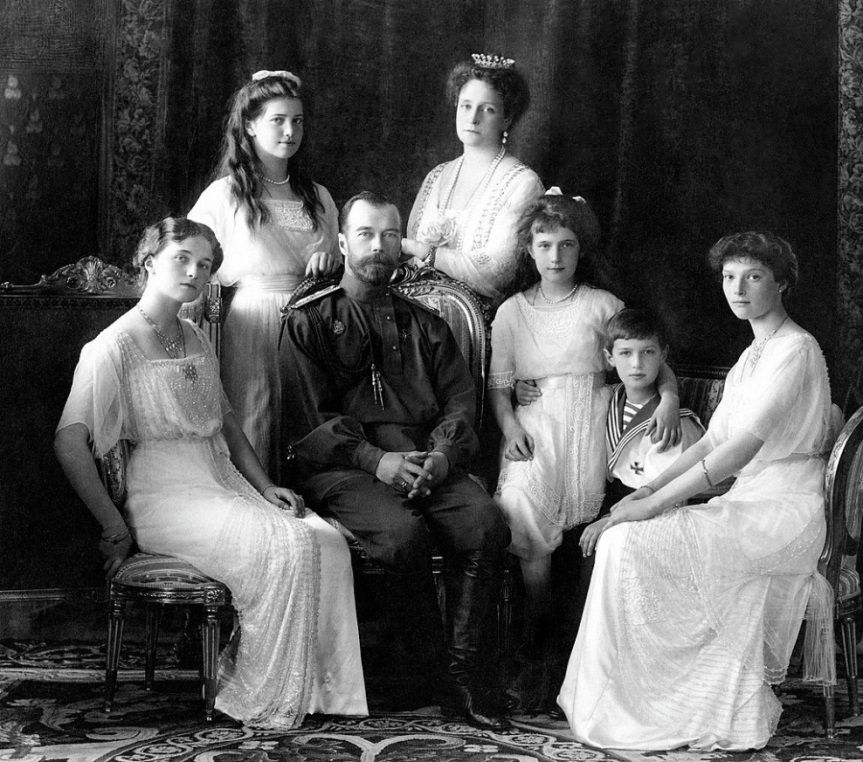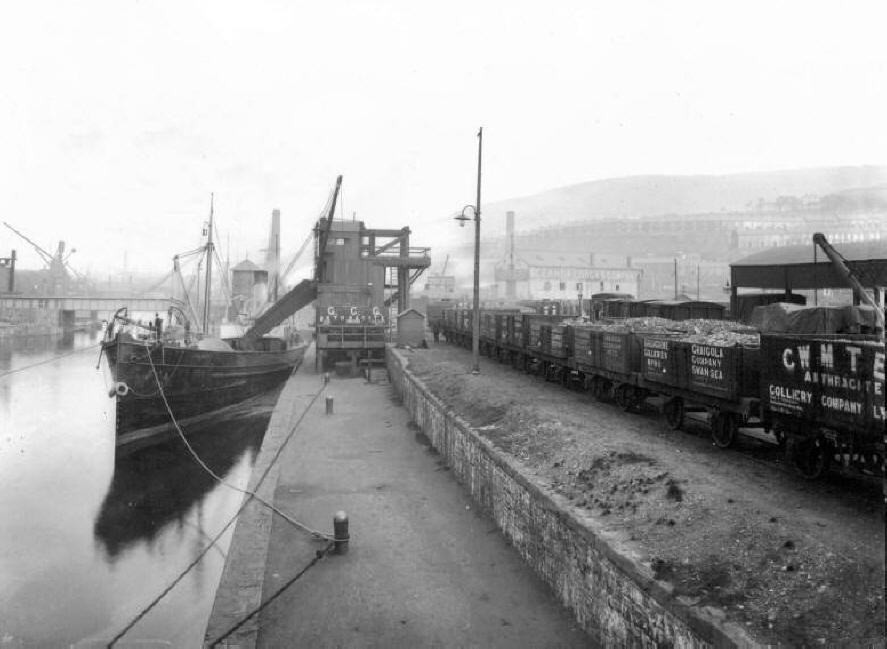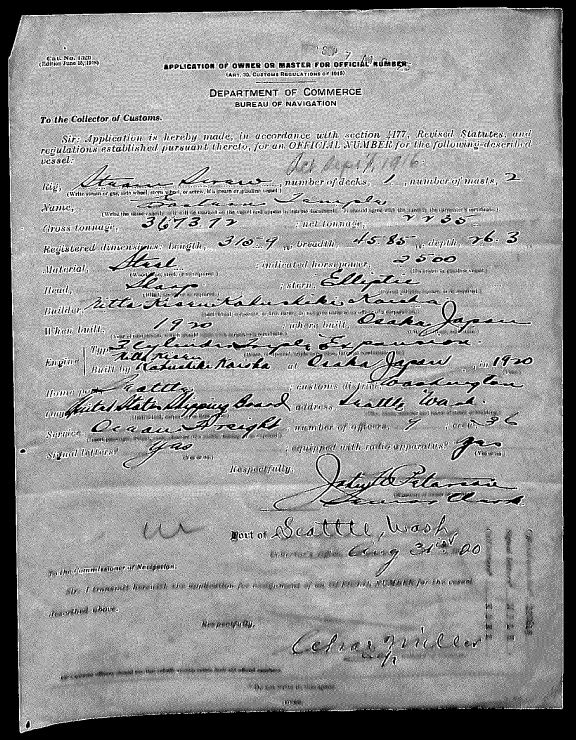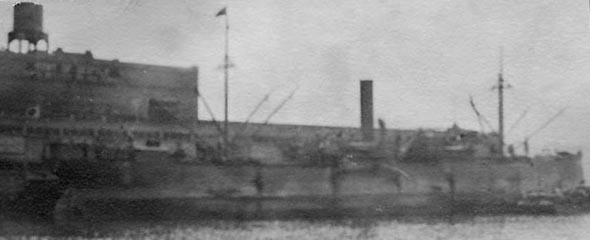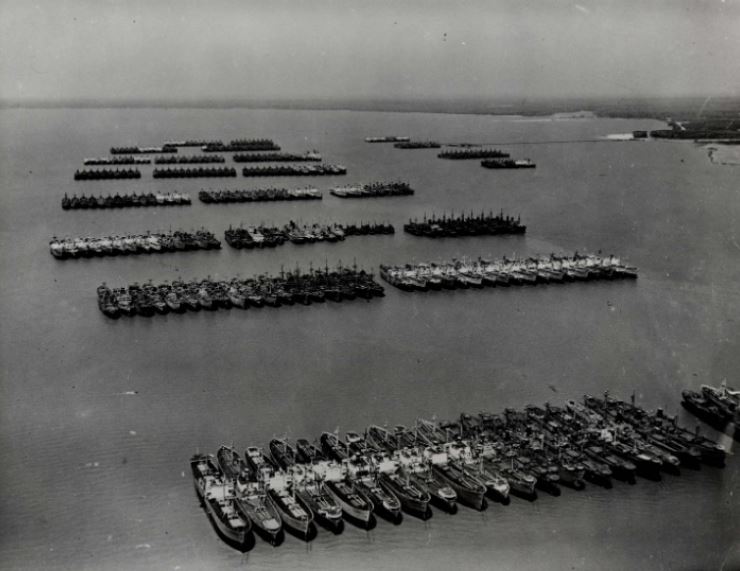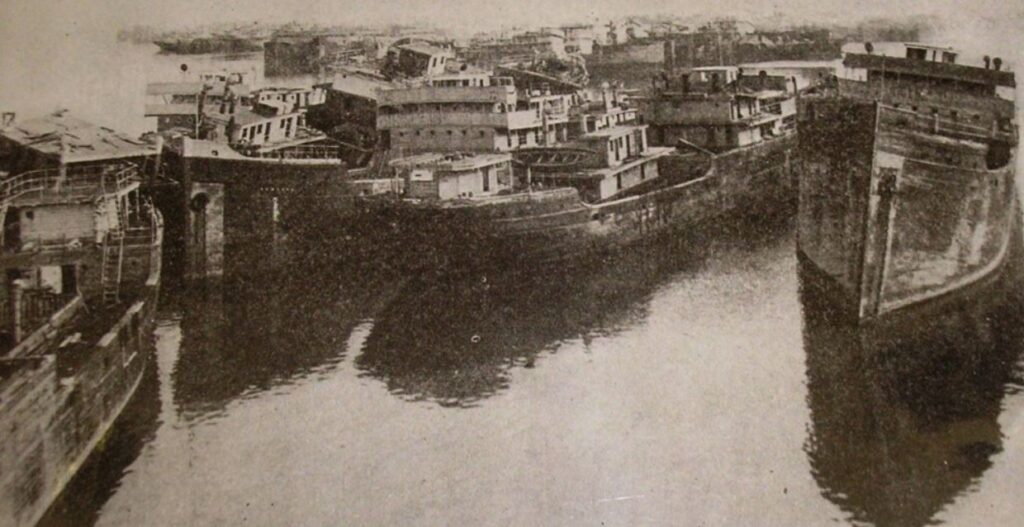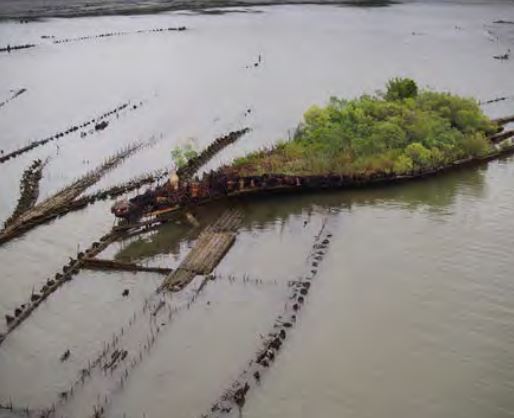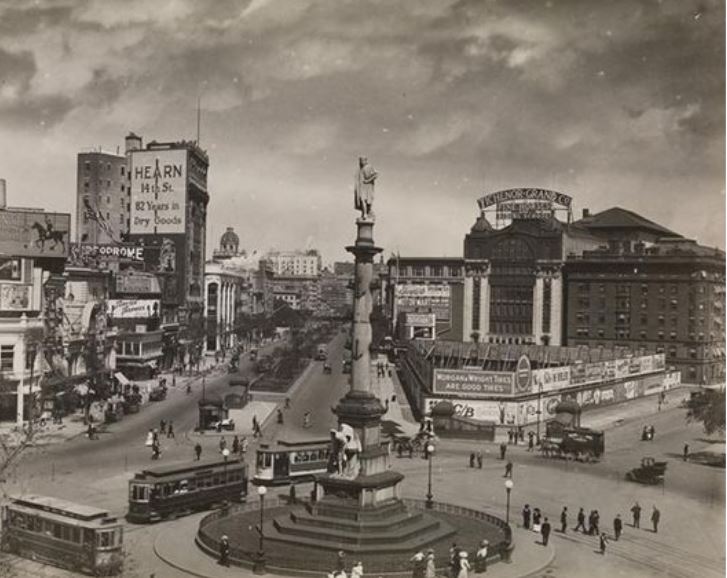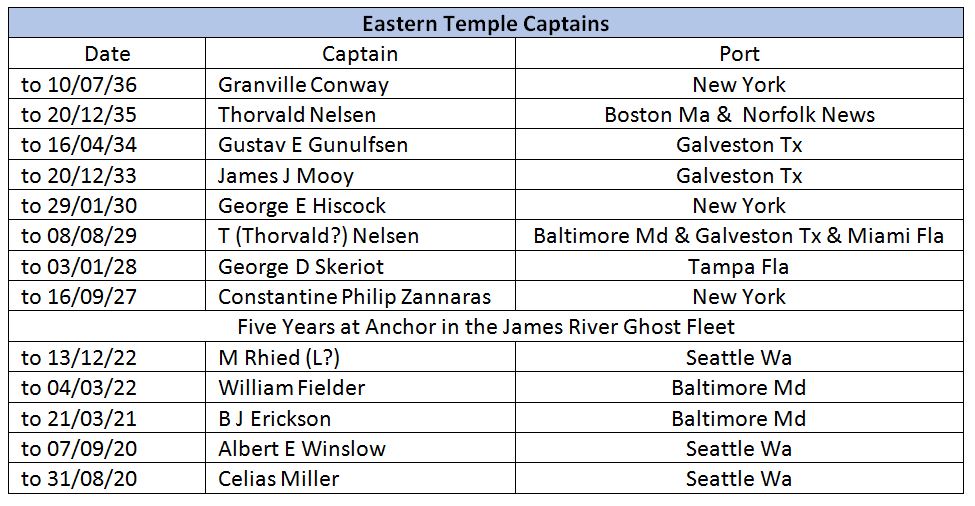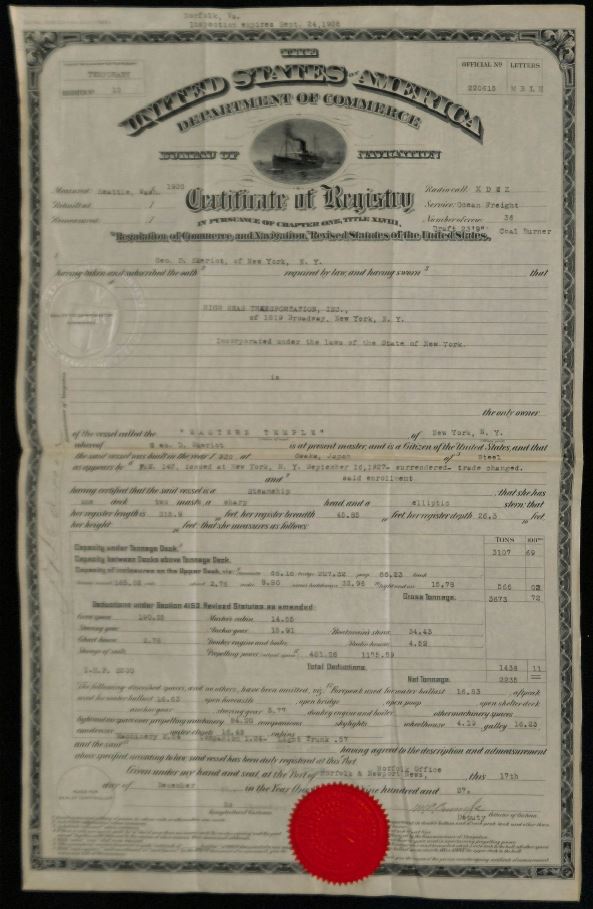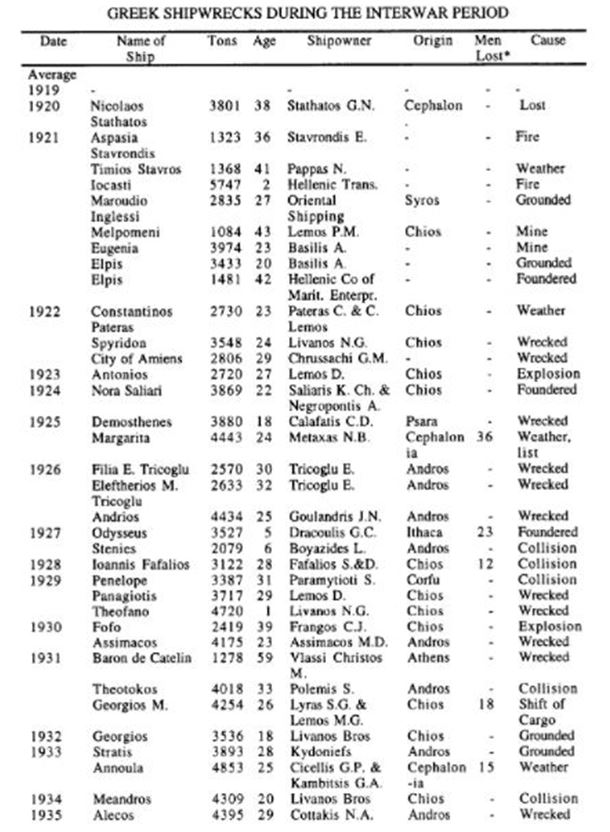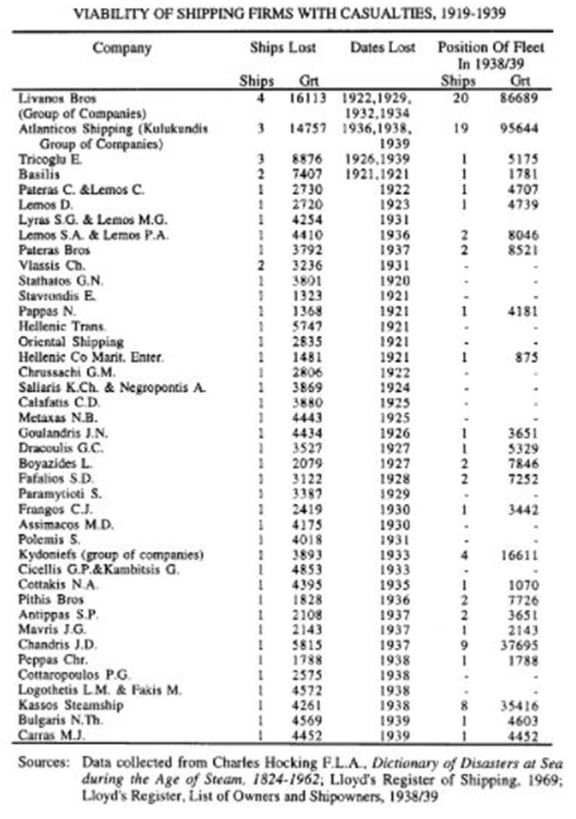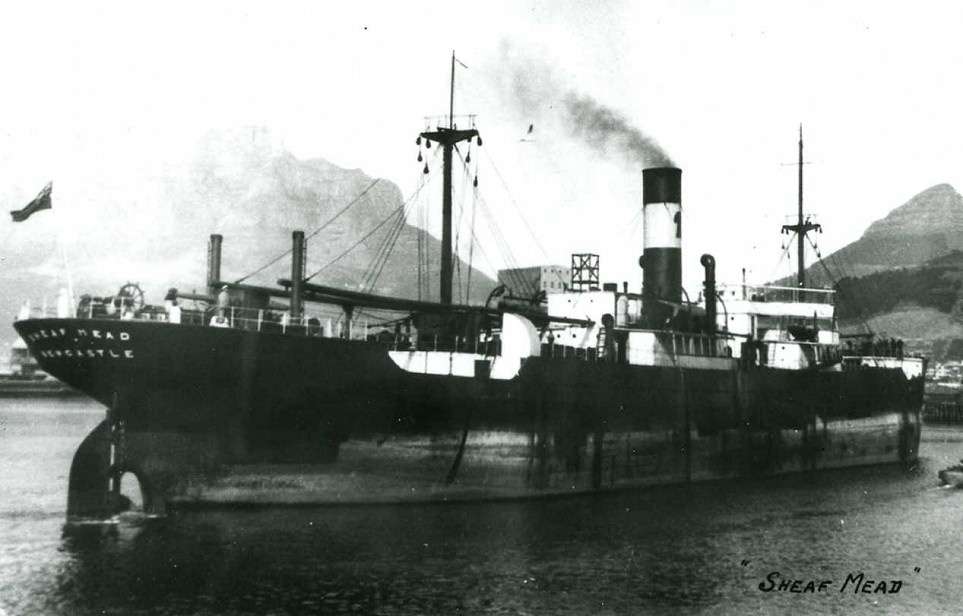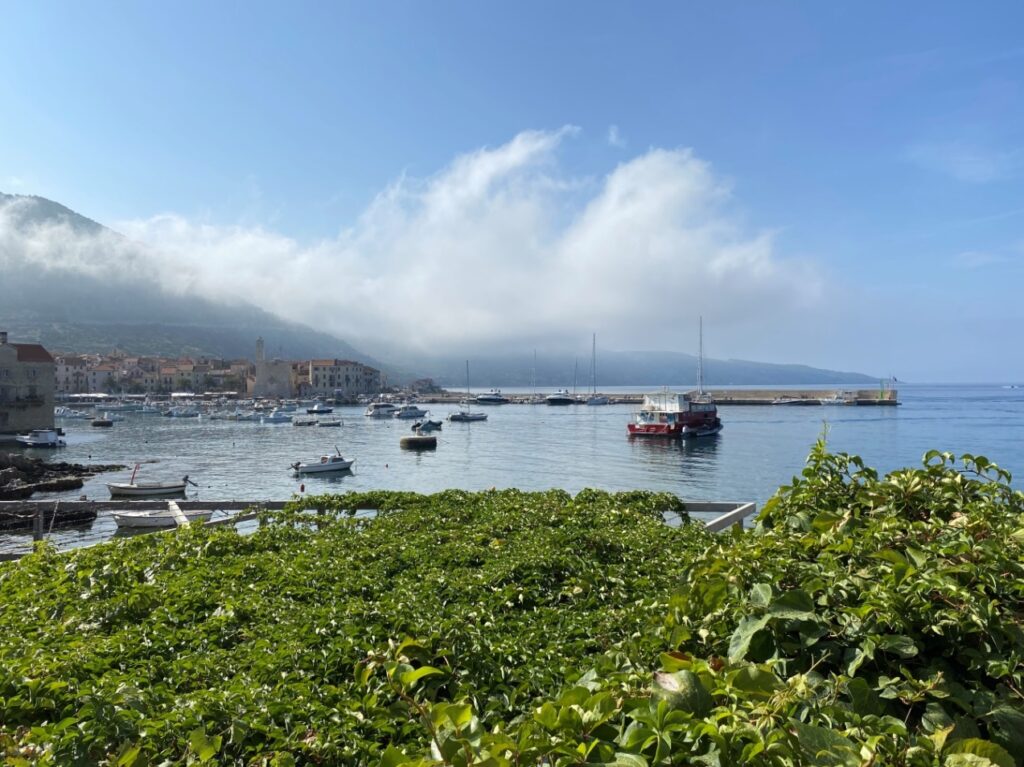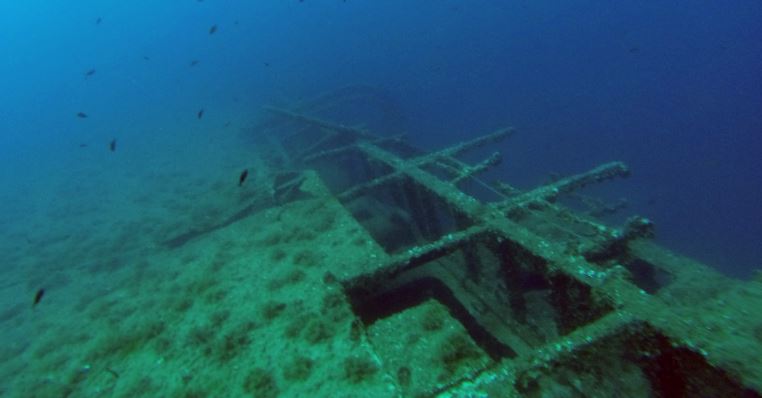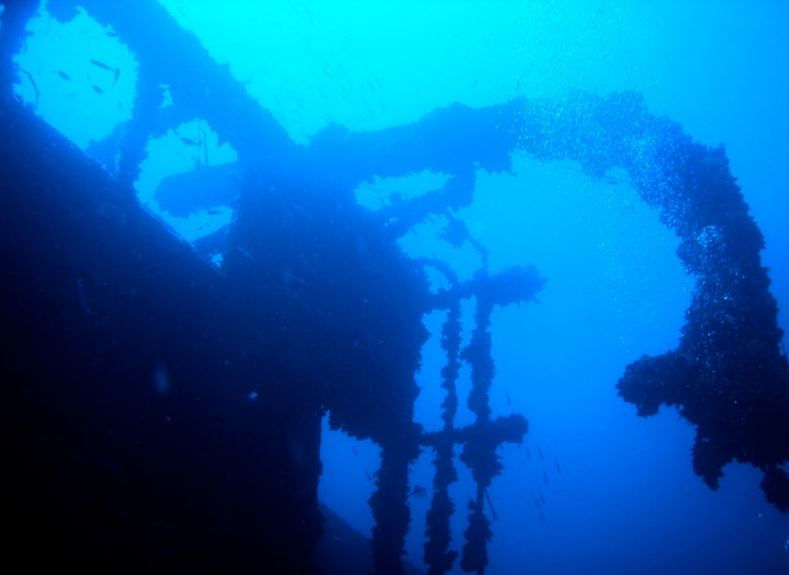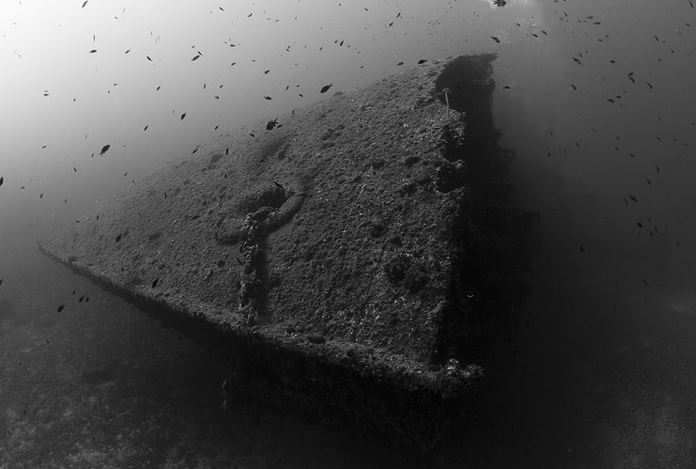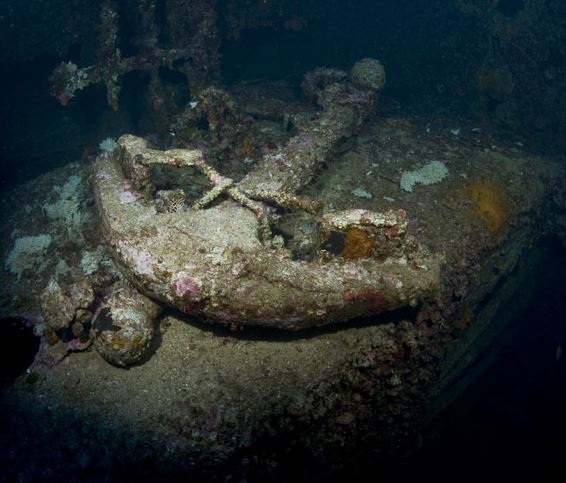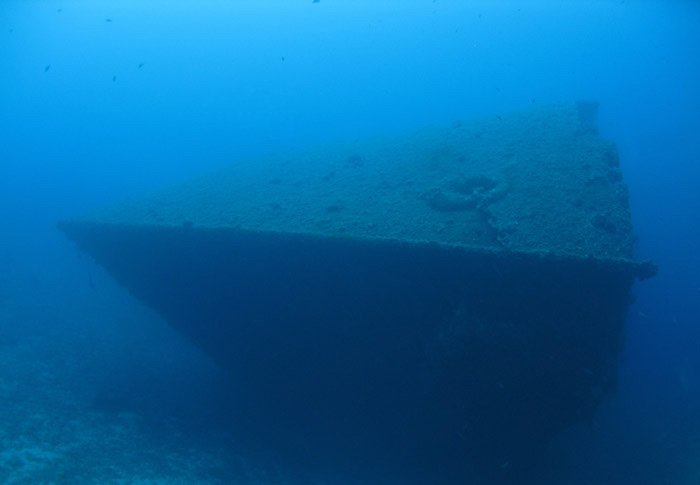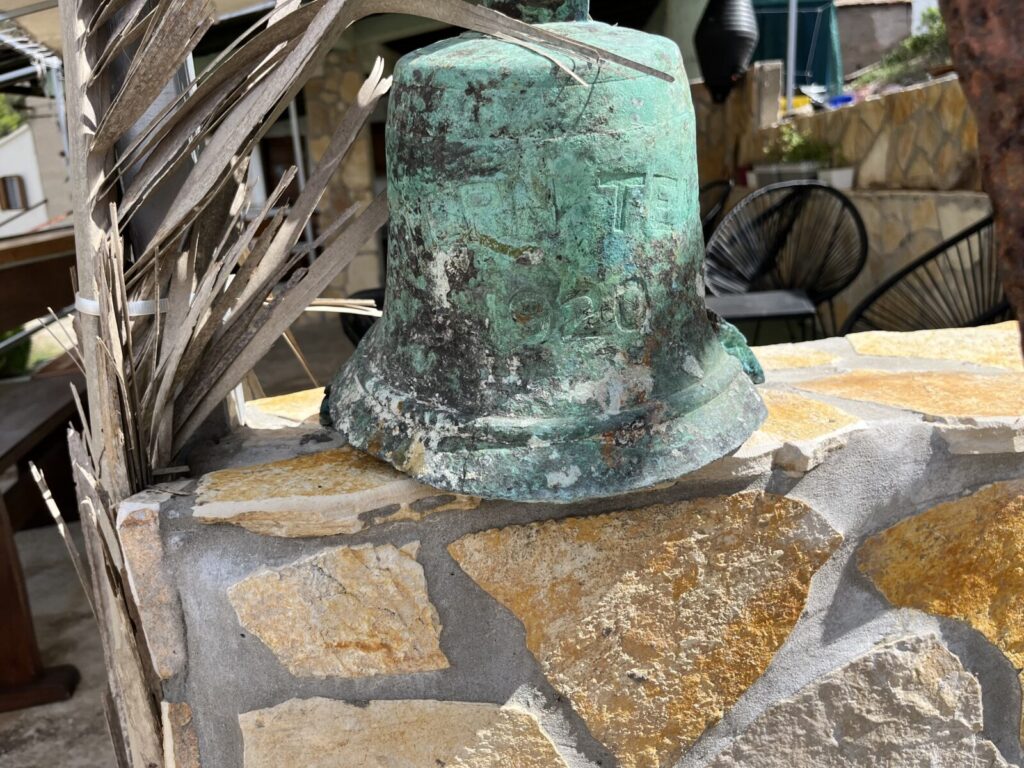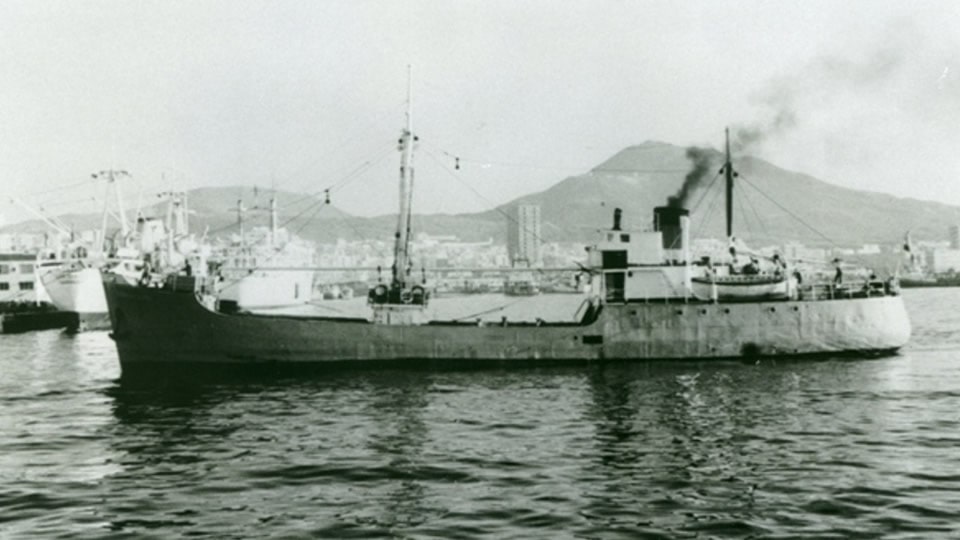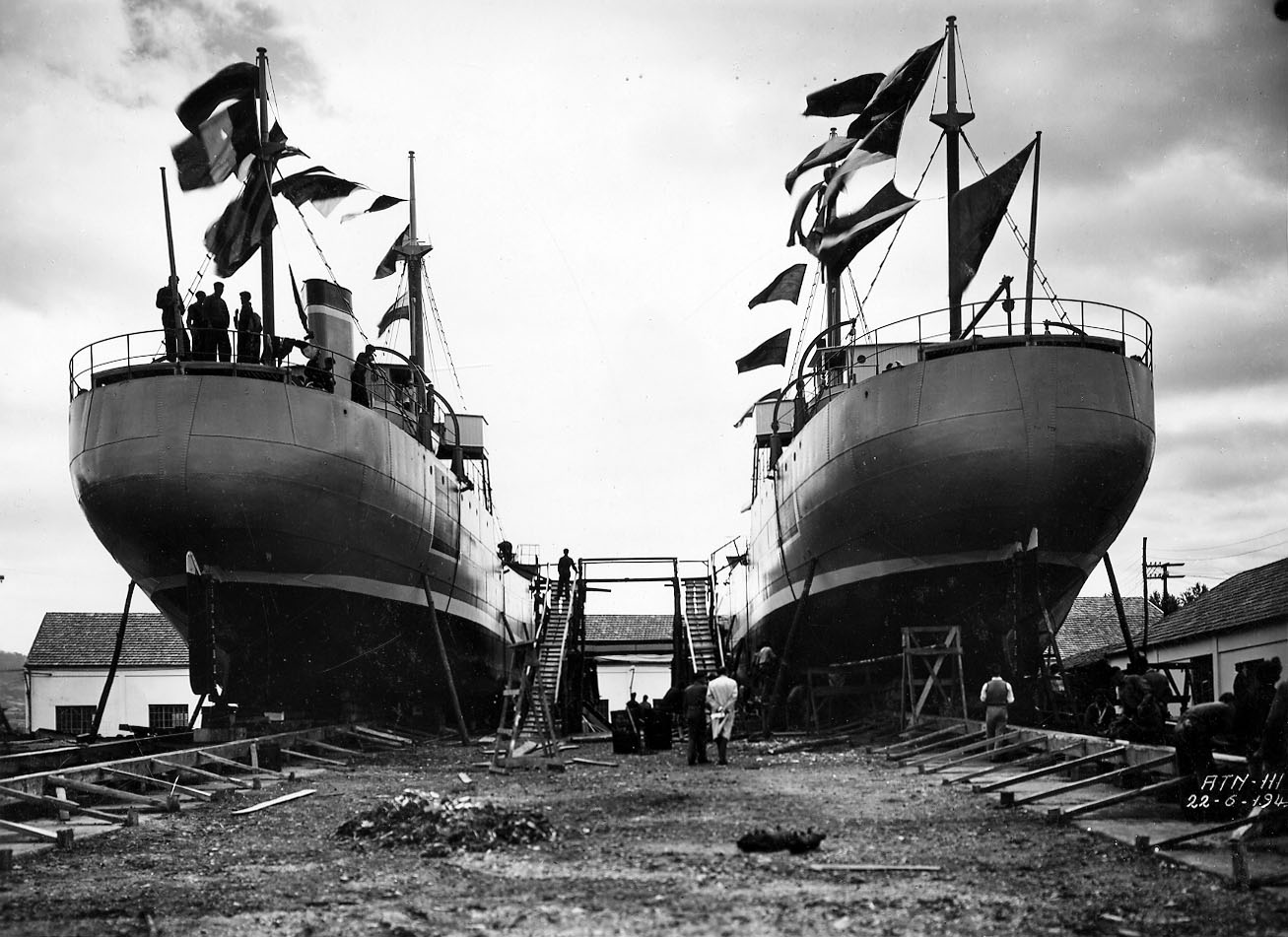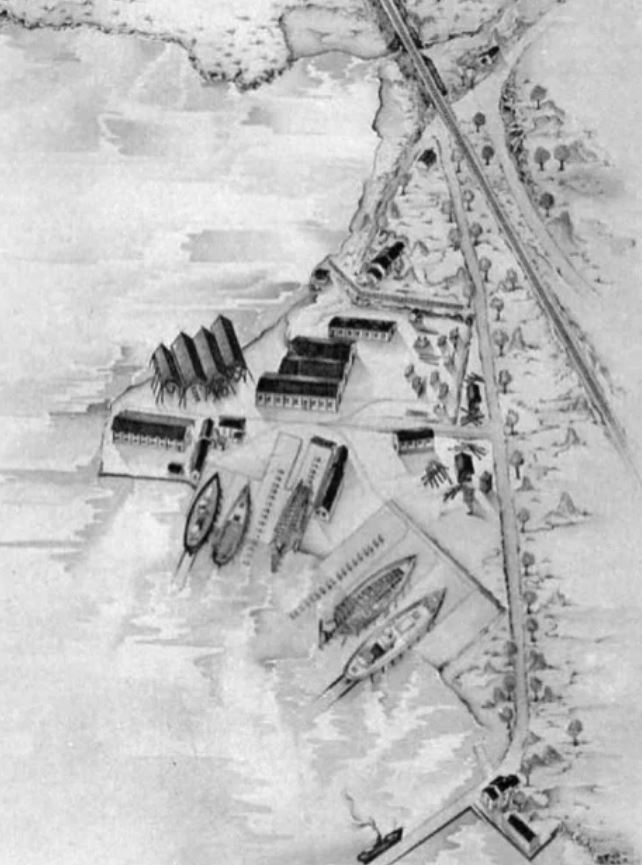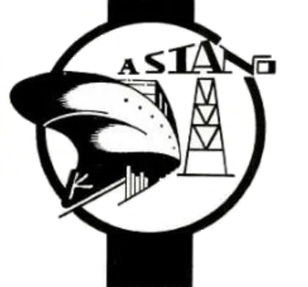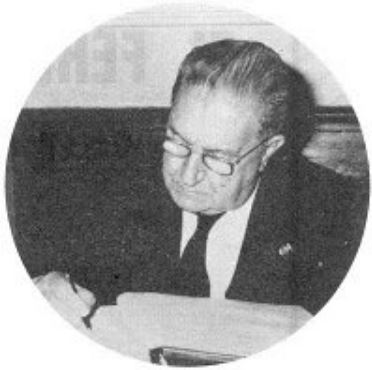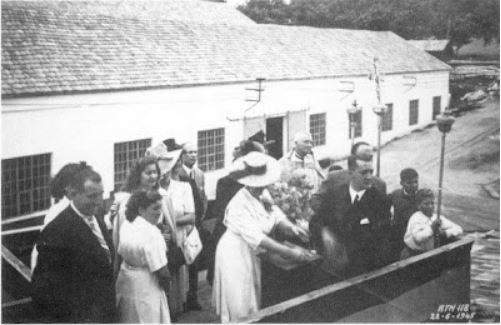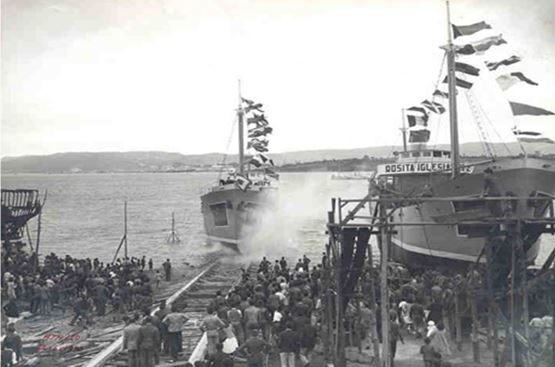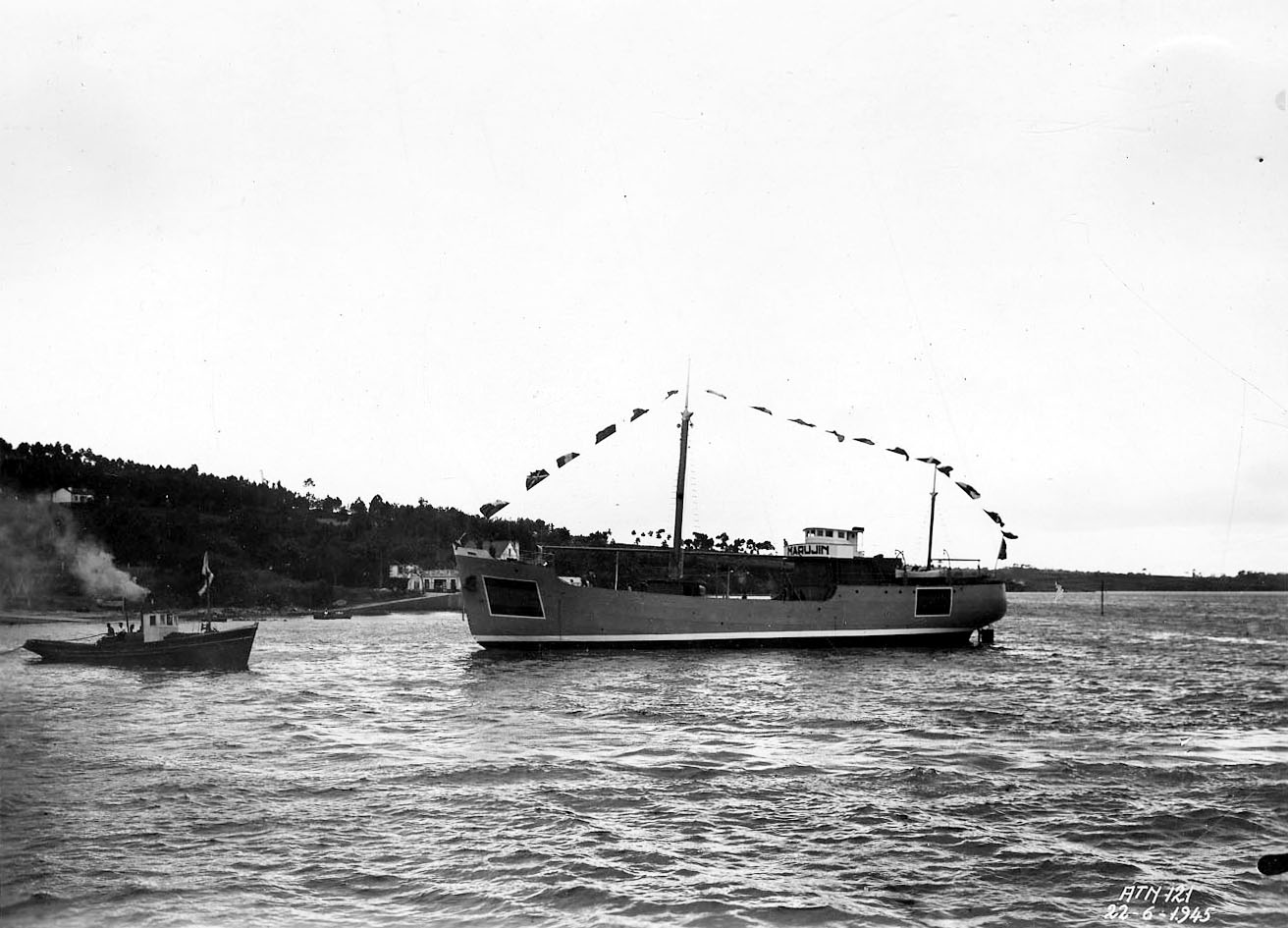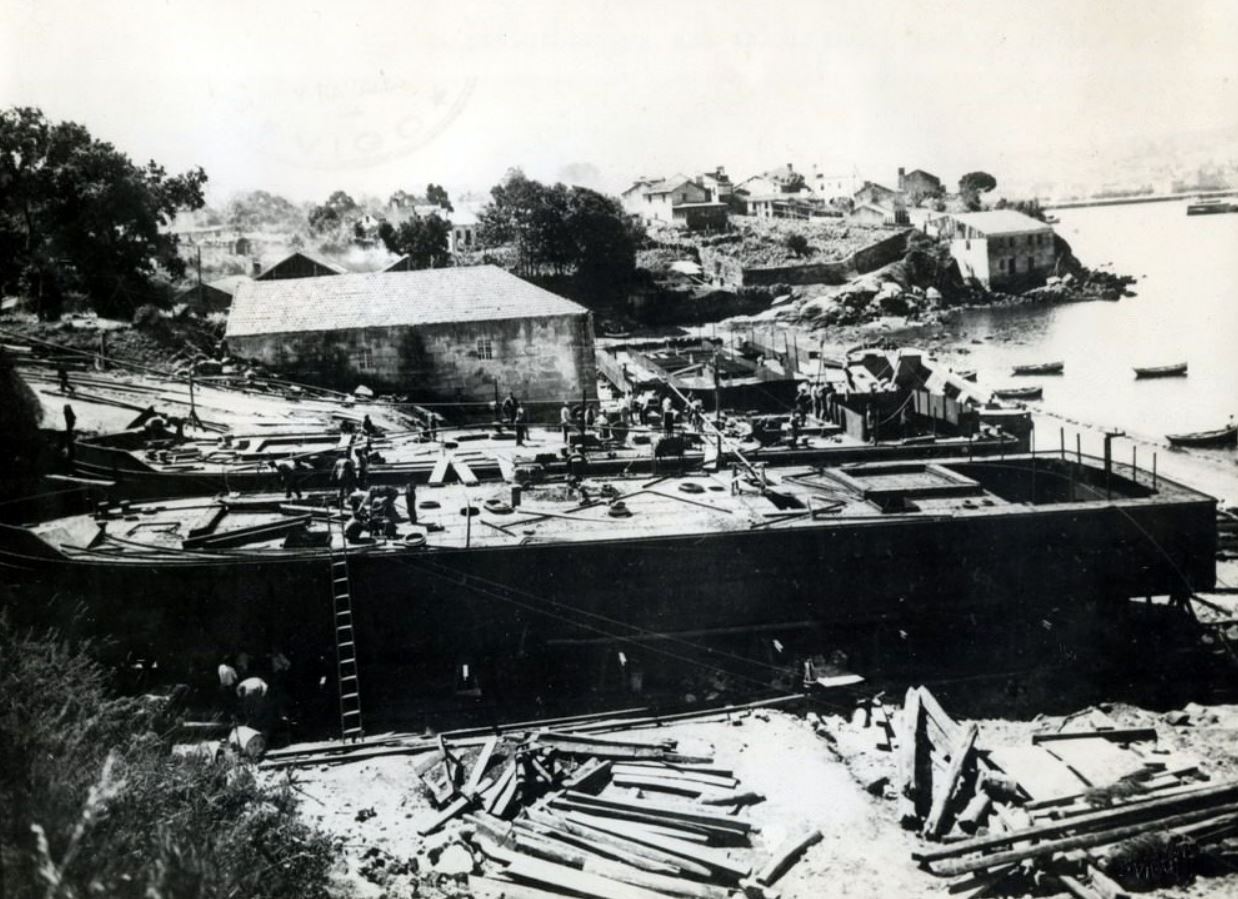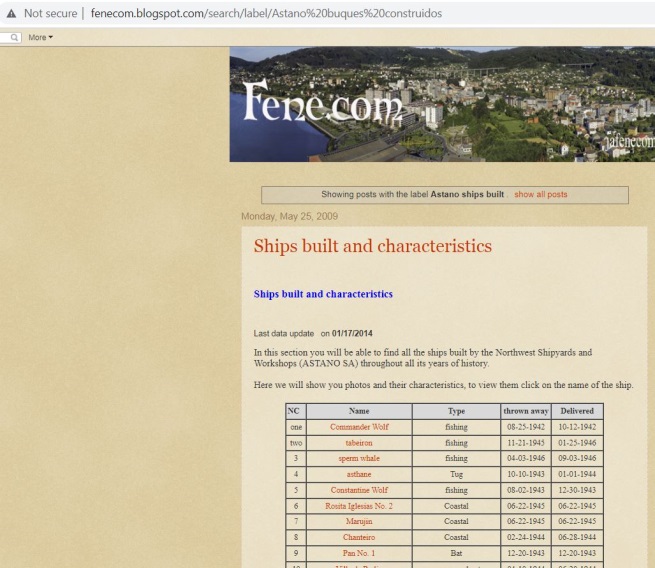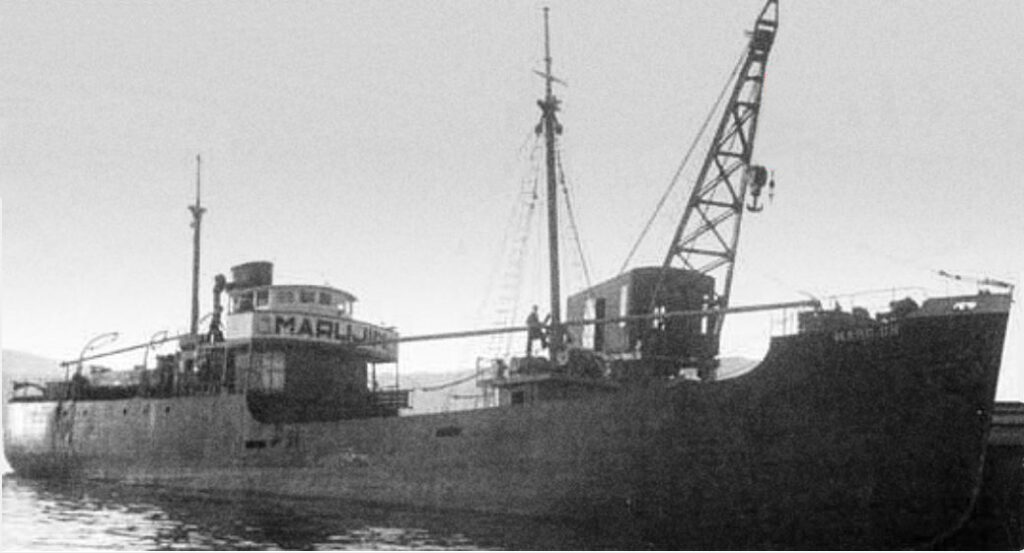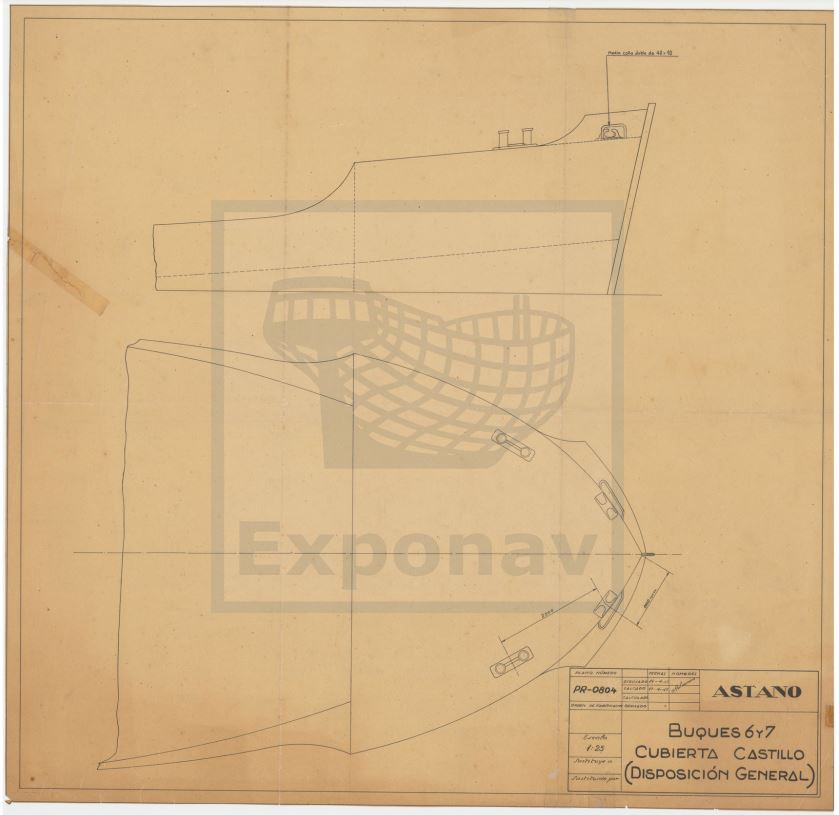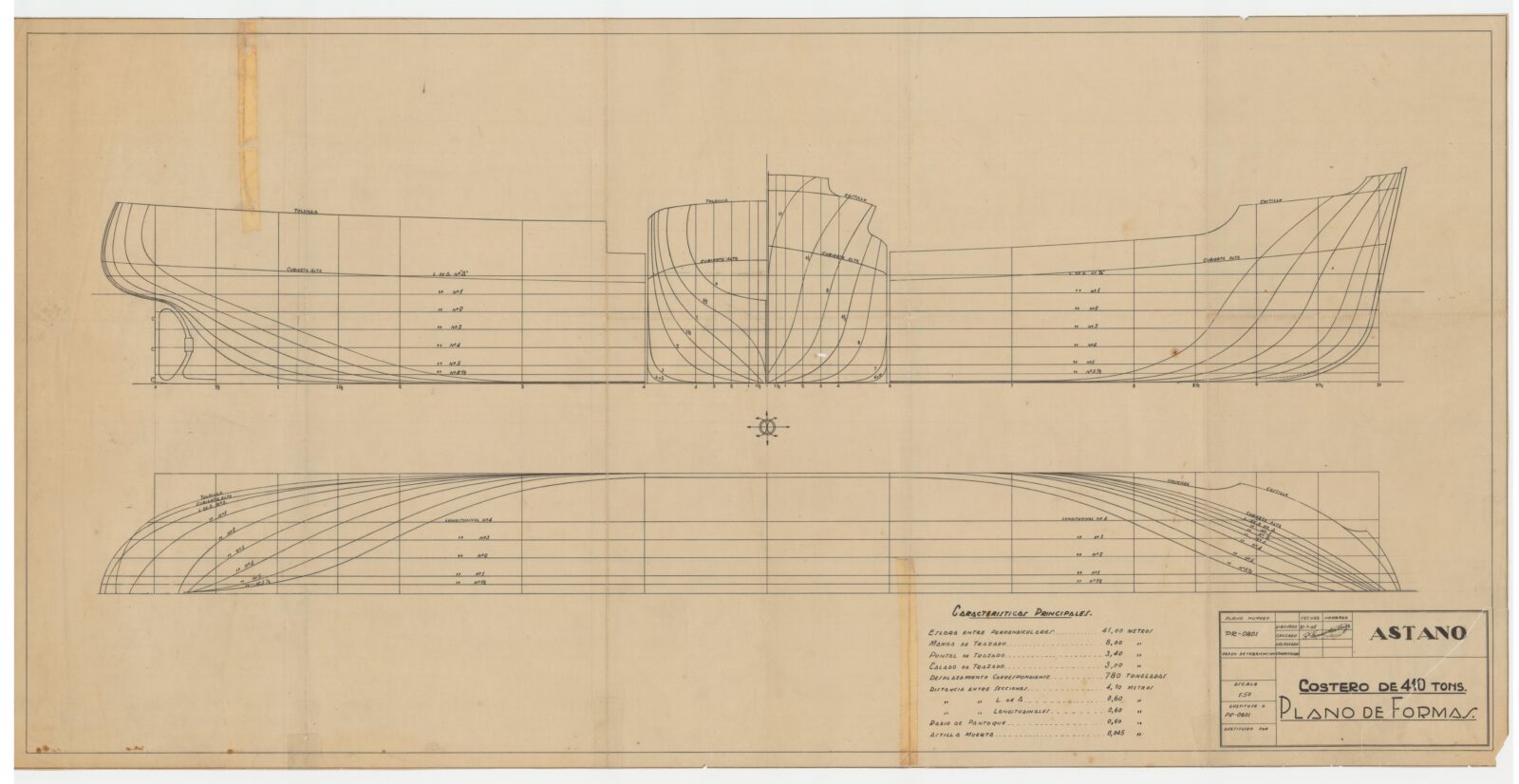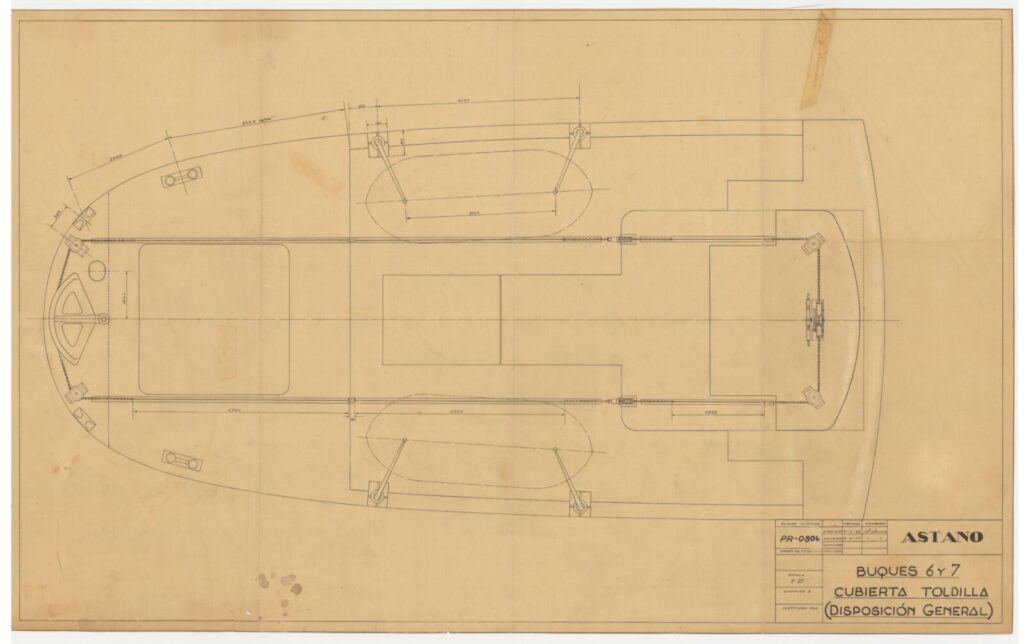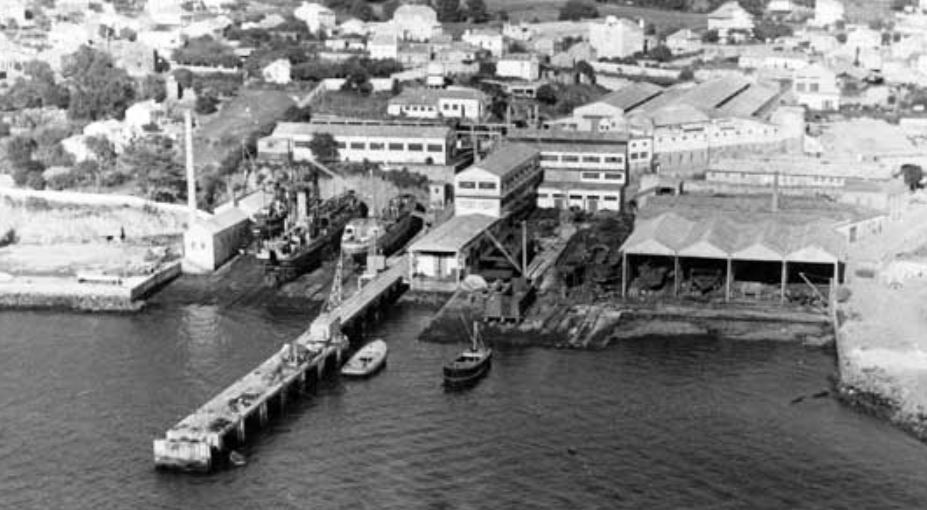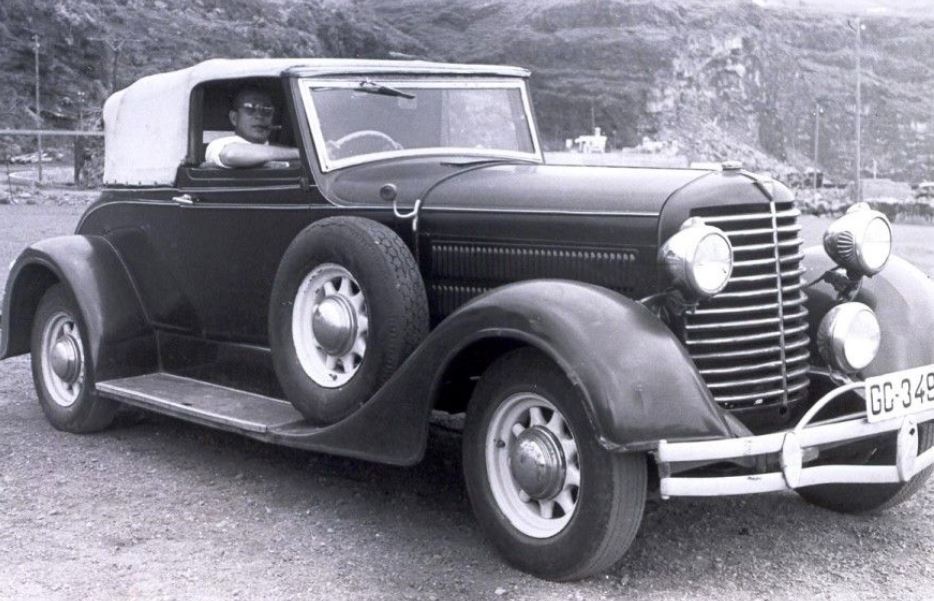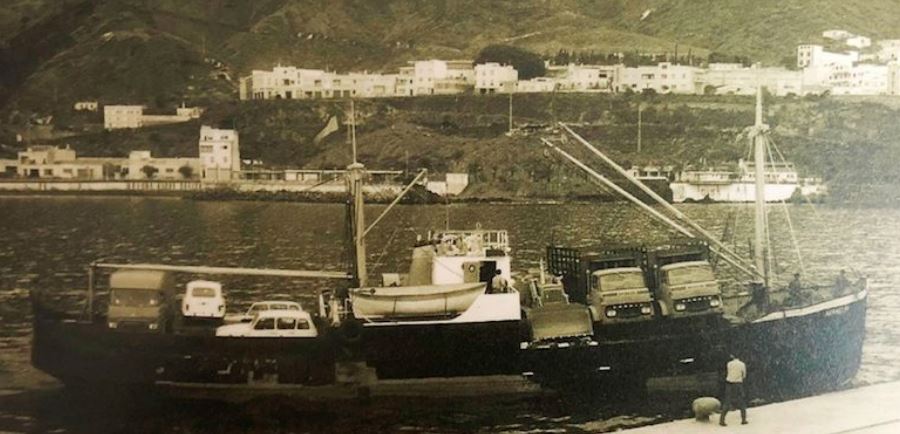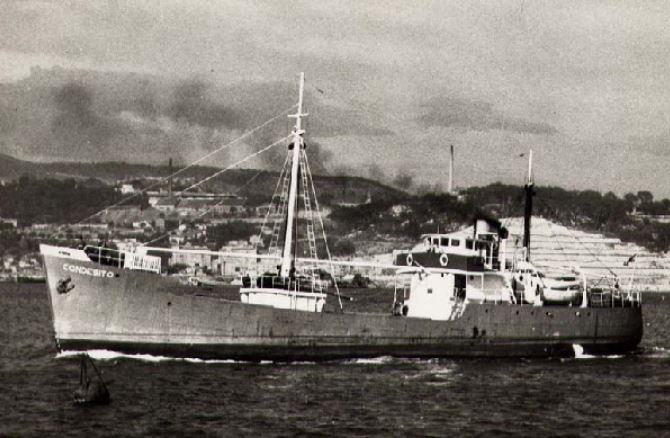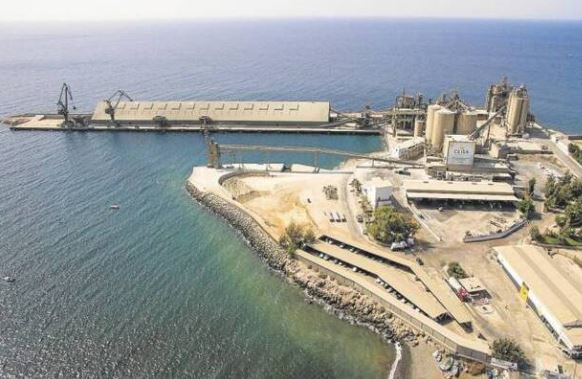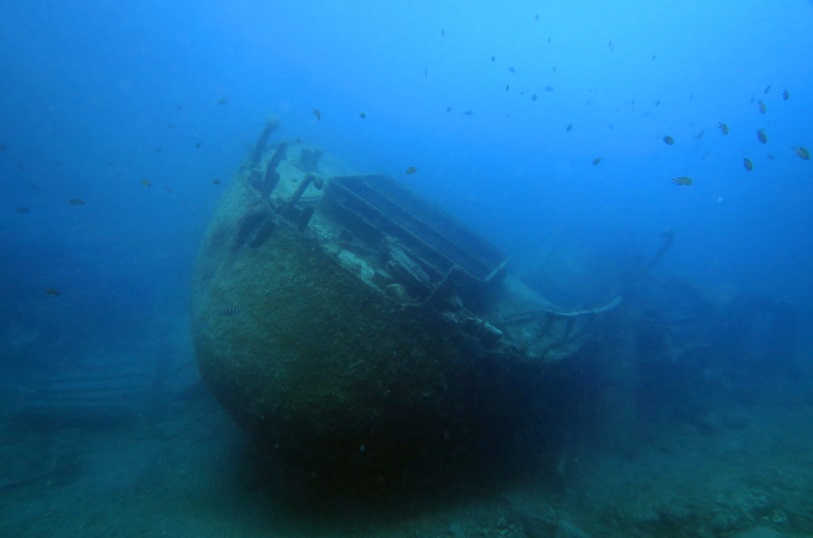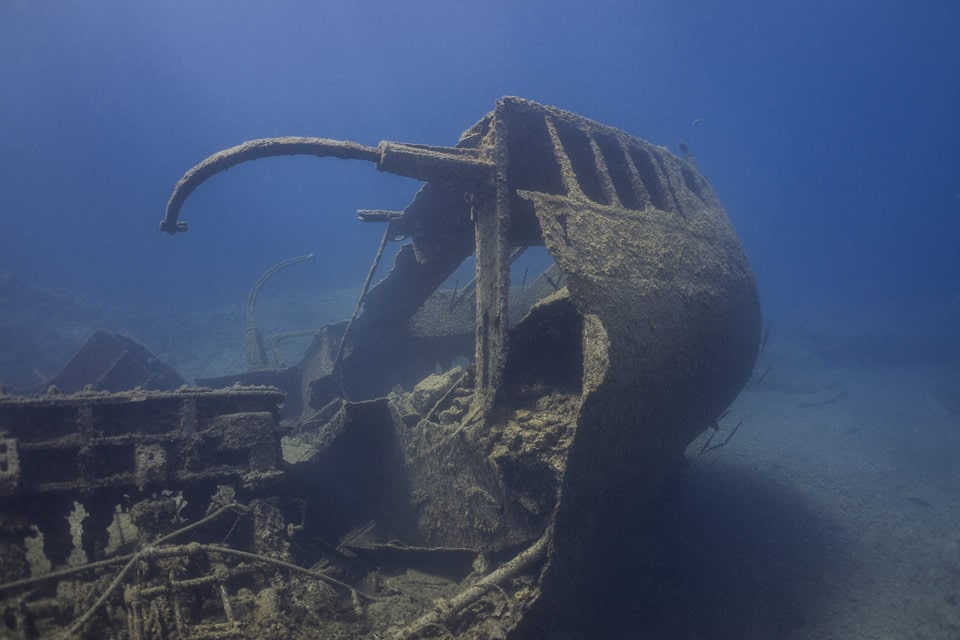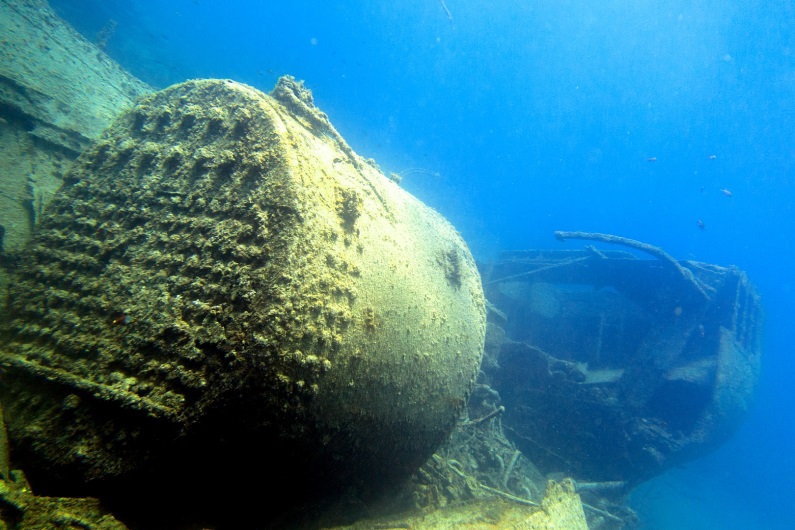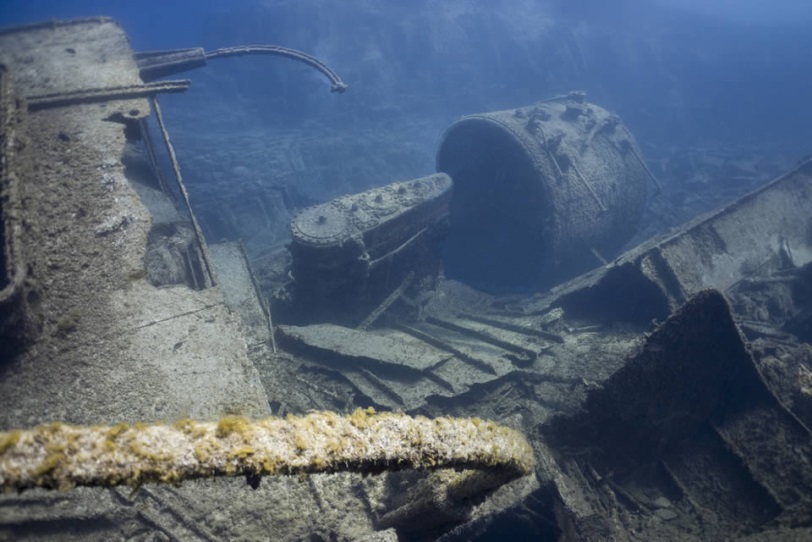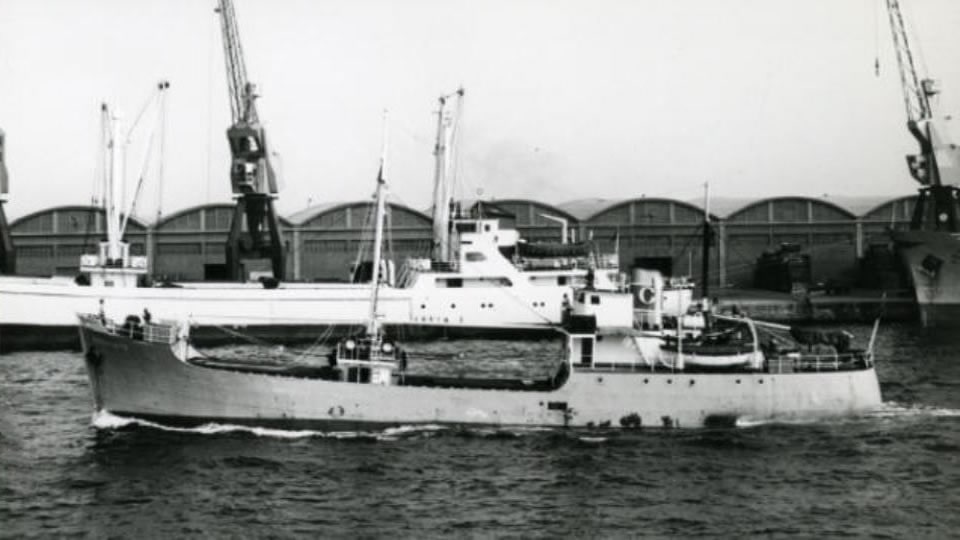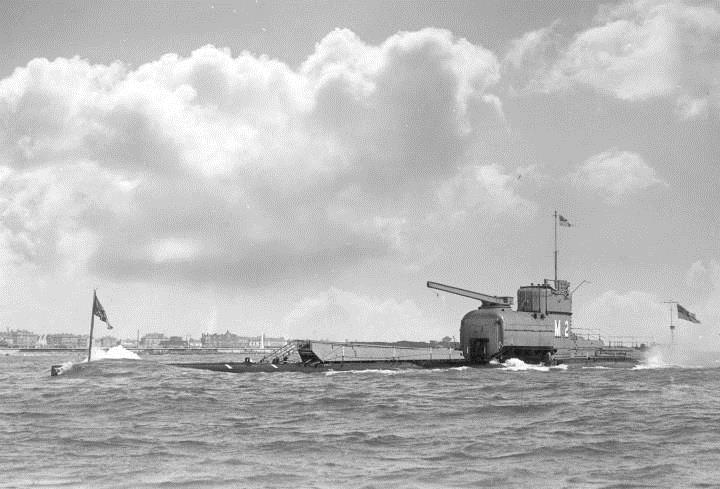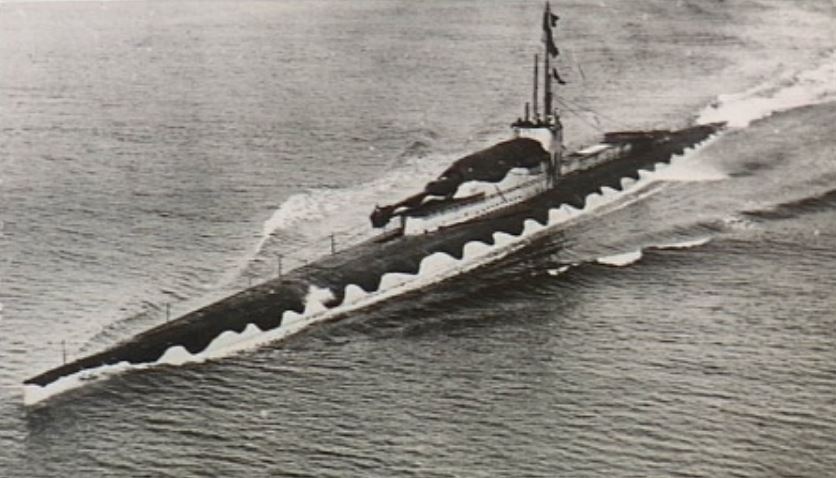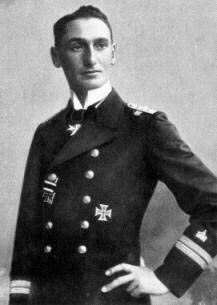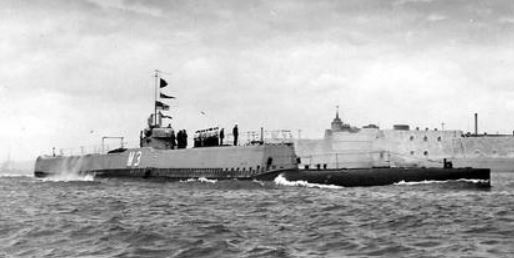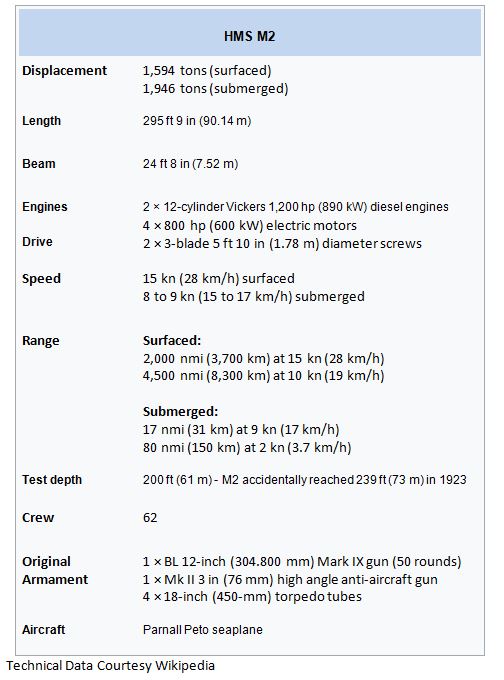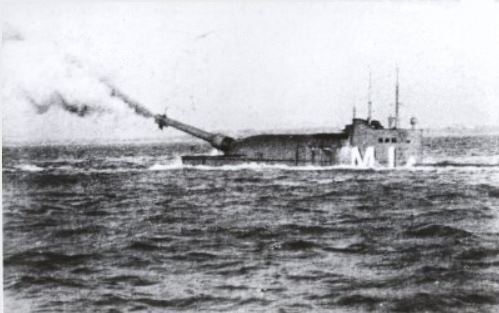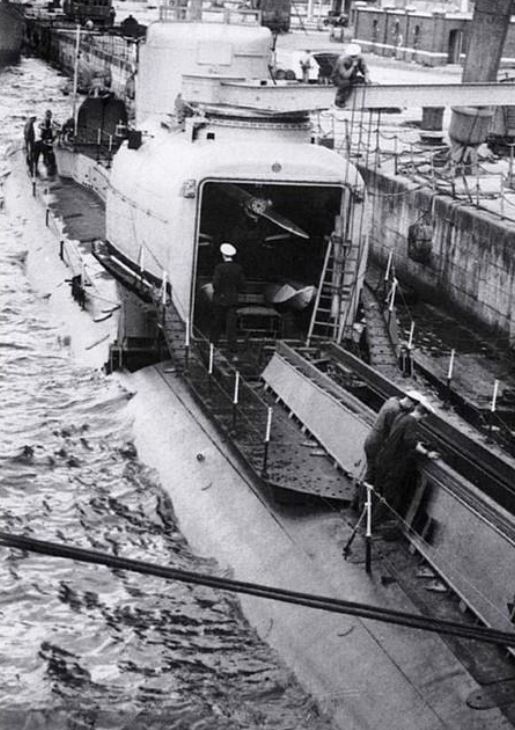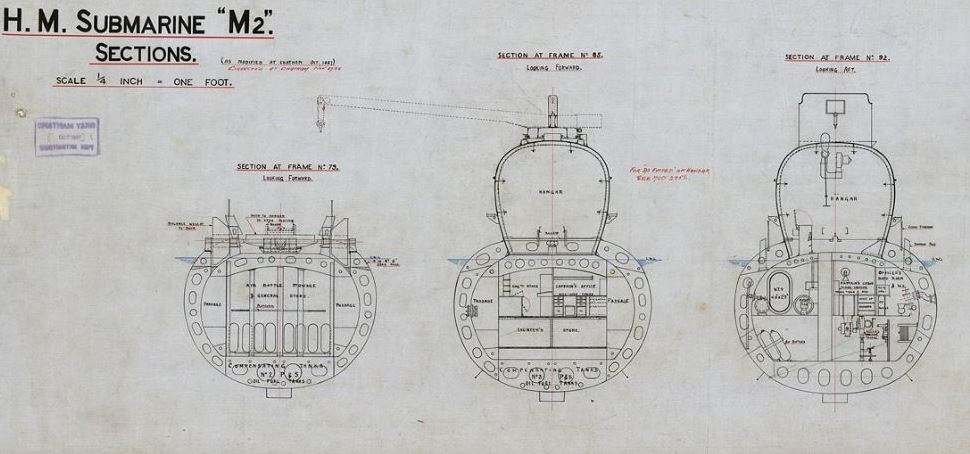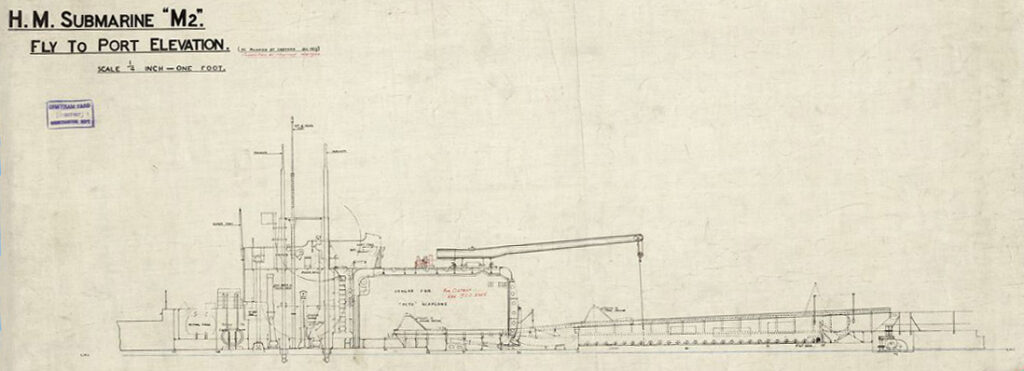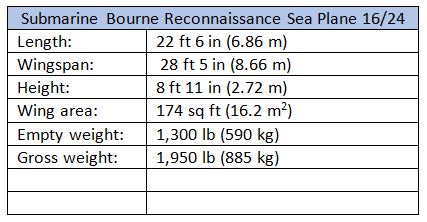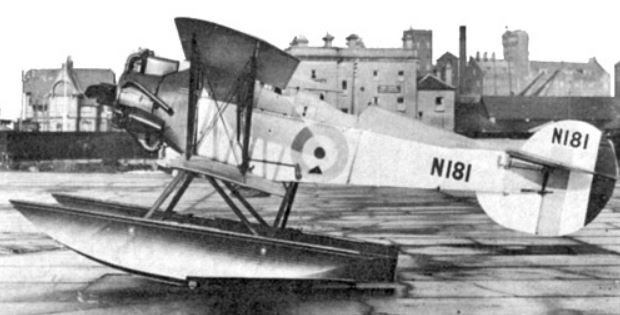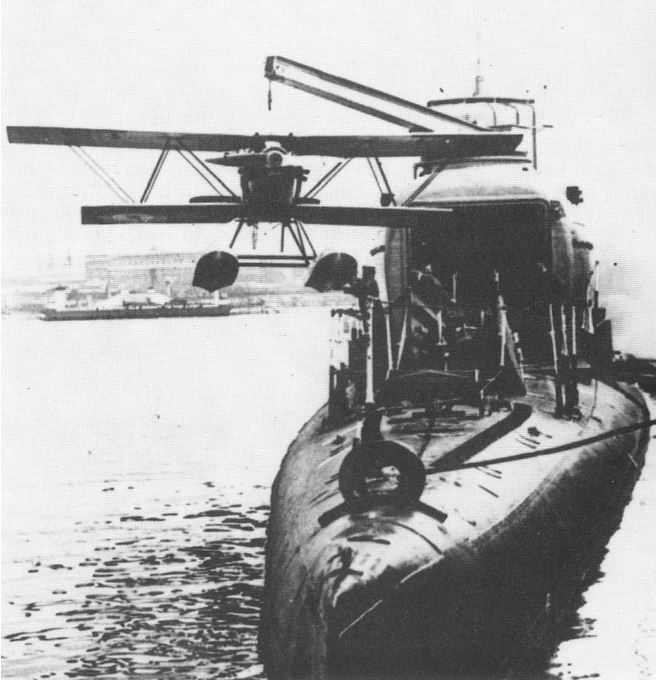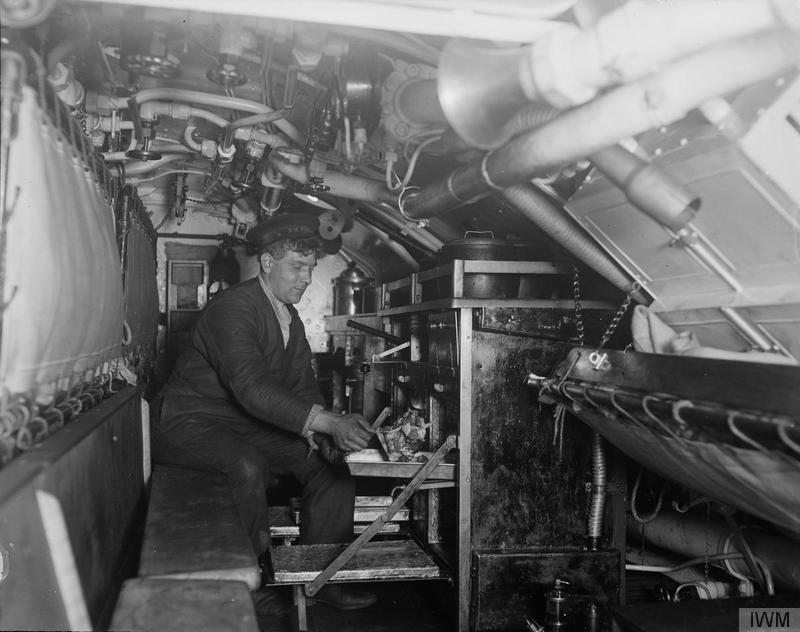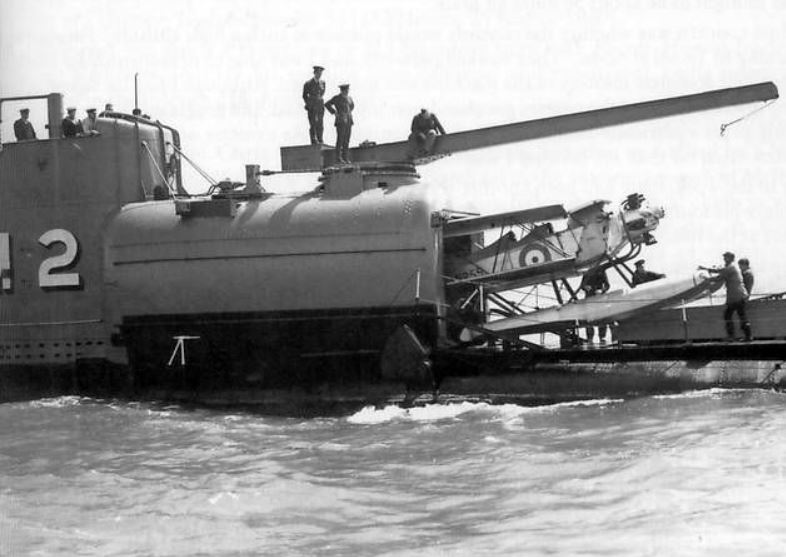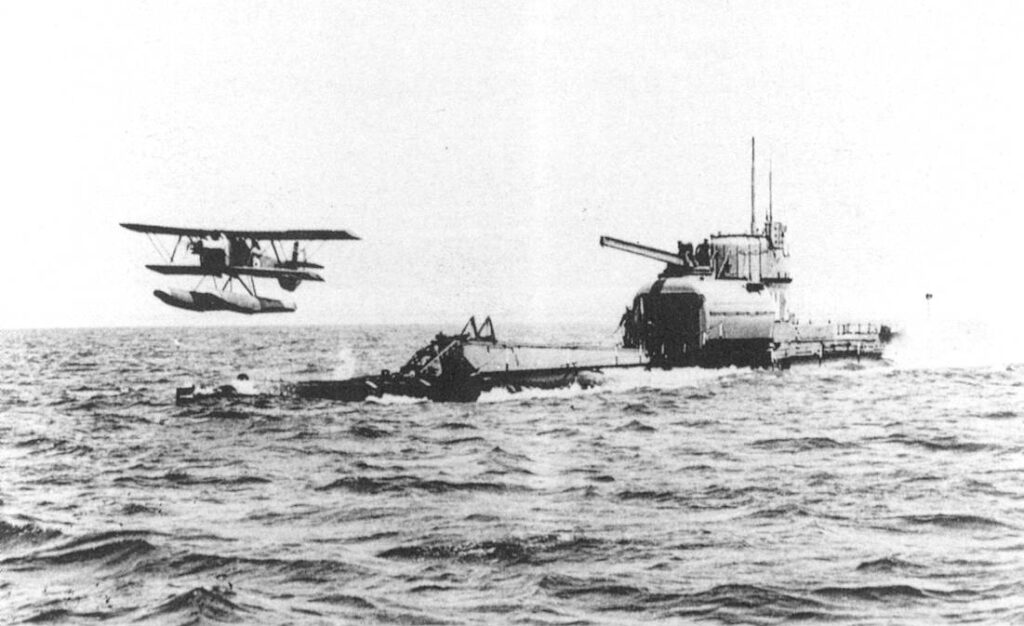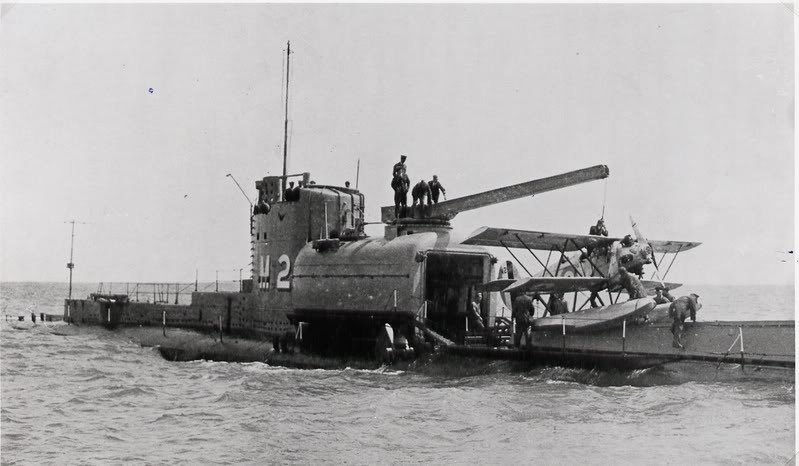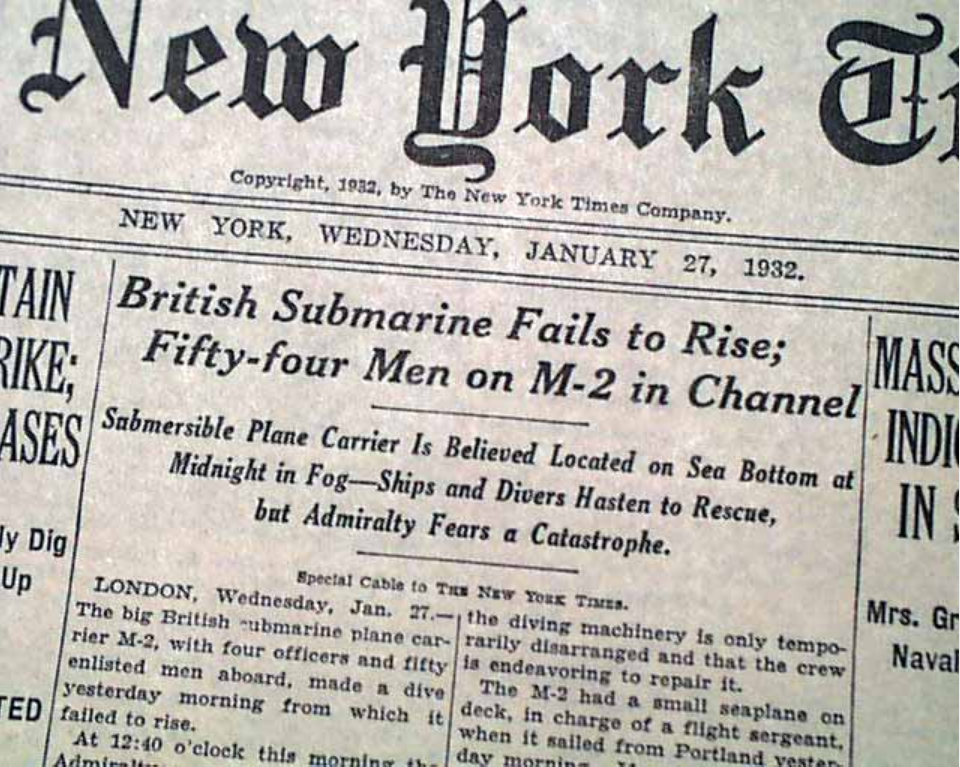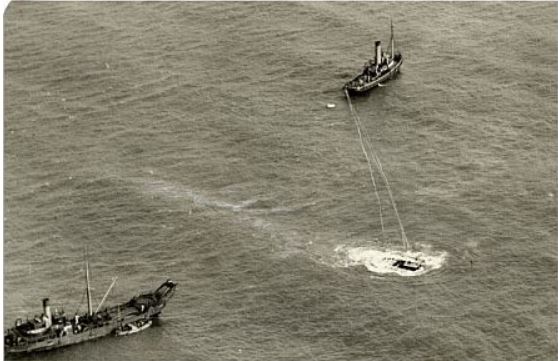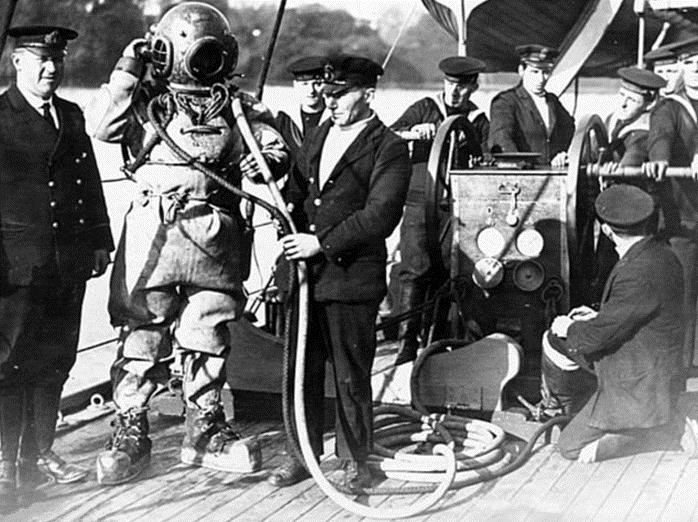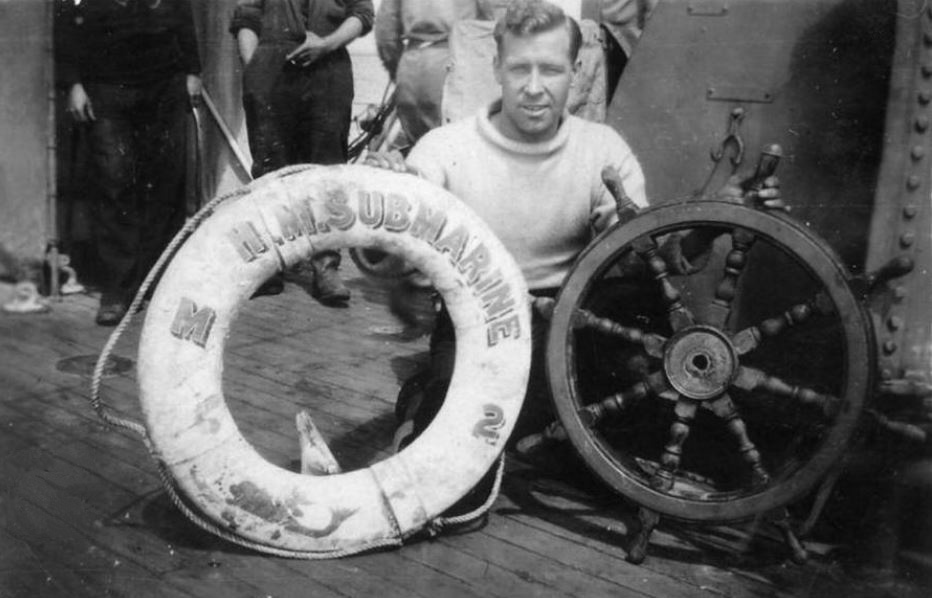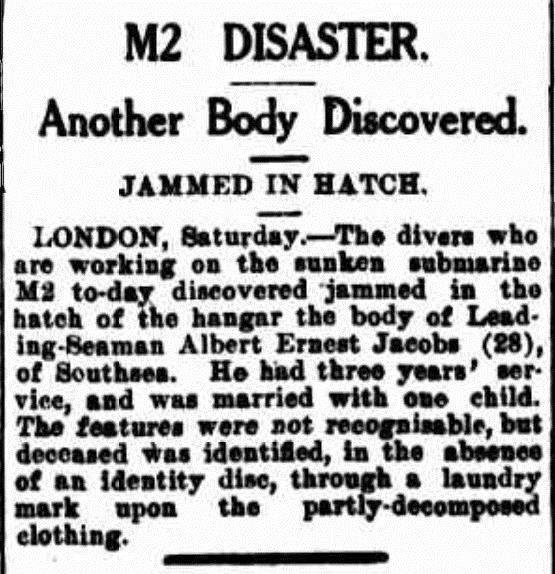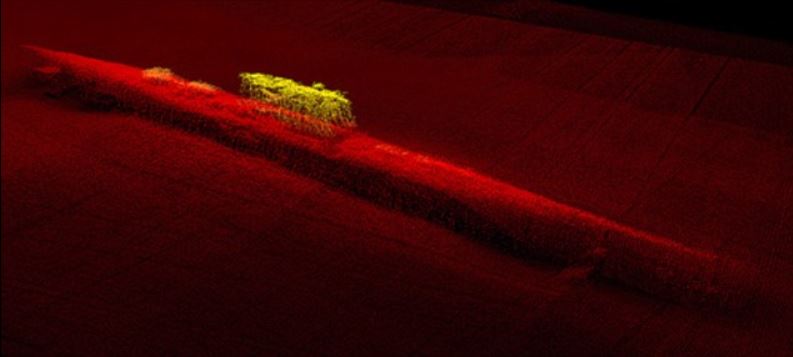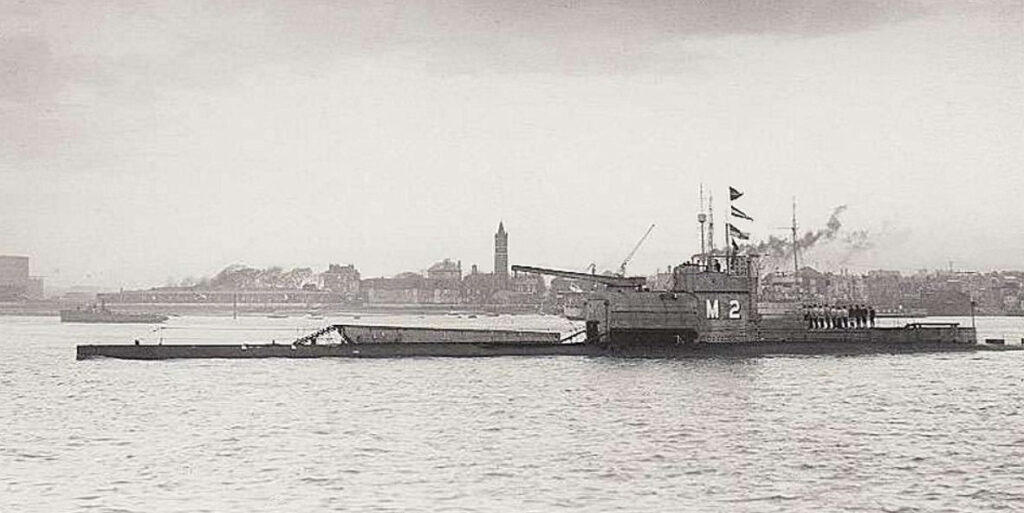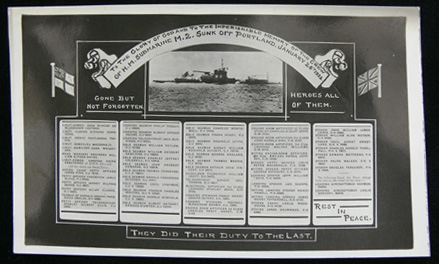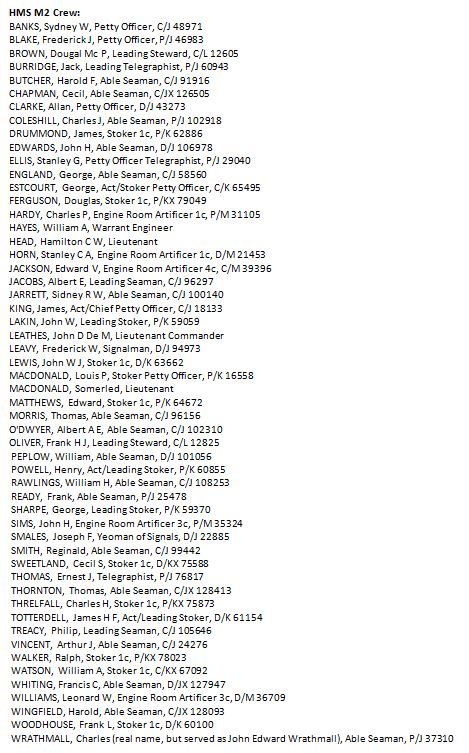Ibiza, Balearic Islands

Don Pedro was a Roll-On-Roll-Off vehicle transporter, now more commonly known as Ro-Ro’s, she was built in 1982, yard number 156, at the Santander Astilleros shipyard in Spain, for Transportes Maritimos Del Sur (TRAMASUR) of Algeciras, her keel laid on the 15th of July 1982 she was launched on the 30th of September that year and completed fit-out on the 31st of July of 1984. Don Pedro was a multi-purpose vessel, designed for Island hopping, with areas for cargo and containers, along with her expected lorry and car loads and accommodation for some passengers too. Don Pedro was designed with an area for vehicles both on-deck and below deck, as can be seen from the first picture of her in her early Tramasur days in 1984. Cargo could literally be anything required at the various Islands she was built to service, from containers of general goods, to Lorries of livestock and likely everything in-between. The Don Pedro also catered for a limited number of passengers and had a generously provisioned restaurant with a good selection of hot and cold meals and the usual accompaniment of soft drinks, wines and beers. When she entered service in 1984 with Transport Maritimos Del Sur, (Tramasur), her home port was Algeciras and she was popular with all who travelled on her, lorry drivers, car owners and passengers alike, aboard for whatever purpose
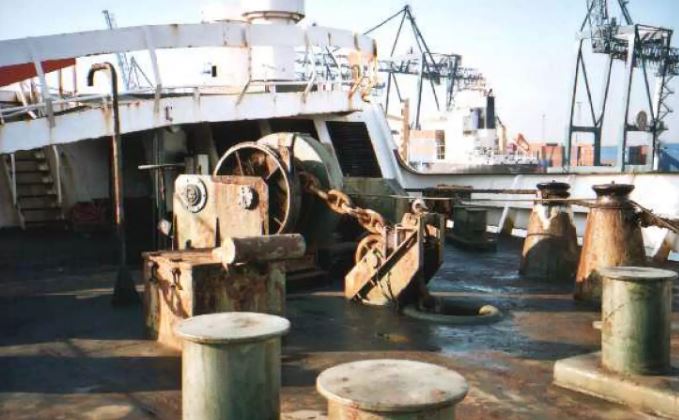
Mainland to Inter-Island Ferry routes were popular in the 1980’s, the cheap travel boom had seen to that, there was hard competition between budget air-lines to fly people abroad for holidays. The Balearic’s and the Canary Isles were popular destinations and it was not uncommon for families to have two-location breaks staying on the mainland for a week and travelling to an island destination for another week on car-ferries such as the Don Pedro, then there were the local islanders, transporting supplies in to sustain their businesses in support of the increased tourism and local enterprise too….This came at a cost though, life aboard for the crew was often fast paced and the holiday season particularly so, the ferry companies needed to service as much of the available commerce in the shortest time possible, ferry turn-around times were punishing and staff learned to cut corners wherever possible……
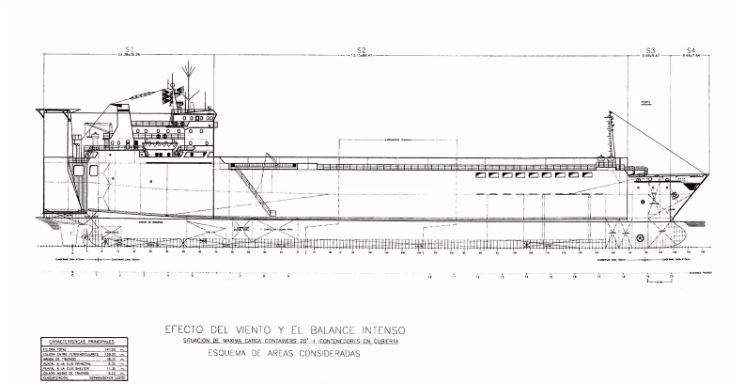
You may have noticed the Don Pedro is not exactly what you might expect in a Ro-Ro Ferry, her design was, at least from my narrow perspective, “different”? The traditional Ro-Ro design has vehicle entrance at the Bow as in Herald of Free Enterprise, Salem Express, Estonia….several of the dives I have featured in this blog, failures of the design notwithstanding, even the smaller ferries, those servicing the Isle of Wight and those running for Caledonia Mac Brayne in the Hebrides, and similar operations, feature front to rear or front and rear vehicle access. Don Pedro, unusually had a stern access, off-set to Starboard to facilitate her loading up “beam alongside” a quay
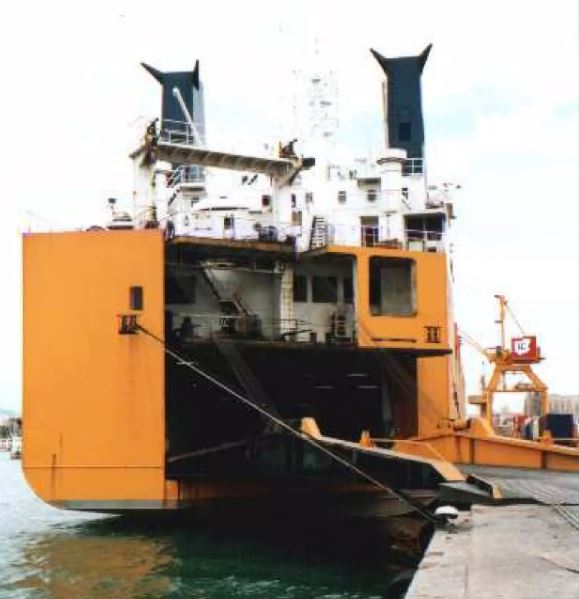
Don Pedro worked successfully for over 21 years during which her ownership changed several times, from Tramasur, who commissioned her and owned her until 1989 when she changed hands and was operated by Isleña Marítima de Contenedores S.A. (CIA Iscomer), still out of Algeciras, until new ownership in 1994 by Contenemar SA, at this point her home Port is registered as Santander. Don Pedro’s designers and shipbuilders have a distinguished pedigree amongst Spanish shipyards, “Astilleros de Santander, S.A.U”. (“ASTANDER”) was founded in 1872 by signor Bernardo Lavín predominantly as a as a forge however in 1913 it began repairing shipping locally and in 1922 established a dry dock. This led somewhat inevitably to the yard building its first stand-alone vessel in 1930 this was a success and led to more orders and, in 1950 business had become good enough to require additional space and the original dock was extended to 123 m. Astander took on refurbishment of shipping too, again extending the docks and infrastructure until, in 1957 a 1200t slipway was built, in 1965, the Spanish Ministry of Industry bought all stock from the company, making the yard part of the Astilleros Españoles S.A. Group, and, in 1969 a second and larger dry dock was added to the yard. This ownership continued until late 1999 when ITALMAR, a private investment group, purchased the shipyard’s shares which it still owns today. ASTANDER and the shipyard Astilleros de Canarias S.A. (ASTICAN) are located in the Bay of Biscay and have a facility on the West African Coast respectively, and continue to carry out conversions, refurbishments and ship repair
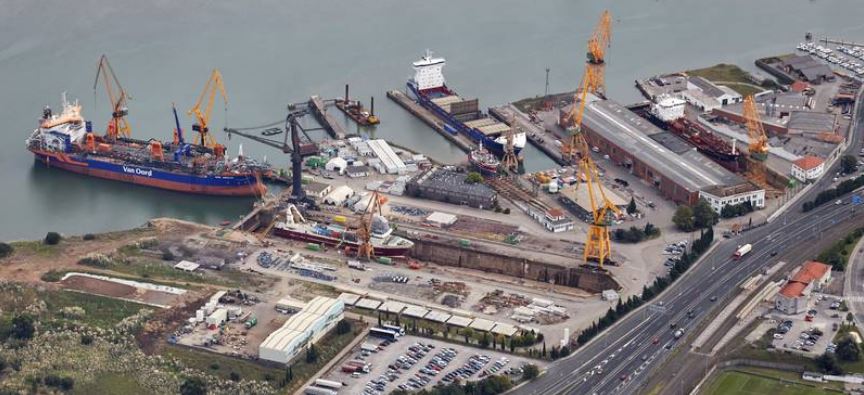
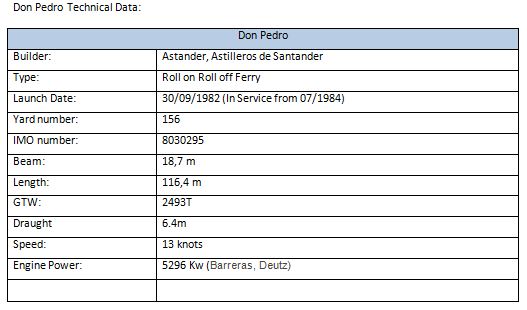
In 1999 Don Pedro was bought by Flotamentos Navieros Canarias SL, she and her sistership (Don Fernando) were rebuilt that year in Cartagena, Don Pedro was re-registered at Las Palmas until being bought by Lerma Sorel SL in 2005, this time keeping her port of registration at Las Palmas. In all that time it seems Don Pedro operated effectively, and without anything I can find that would say she was anything other than capably managed and well captained throughout, no evidence of accident or controversy, in fact she seems to have performed very well for all her owners
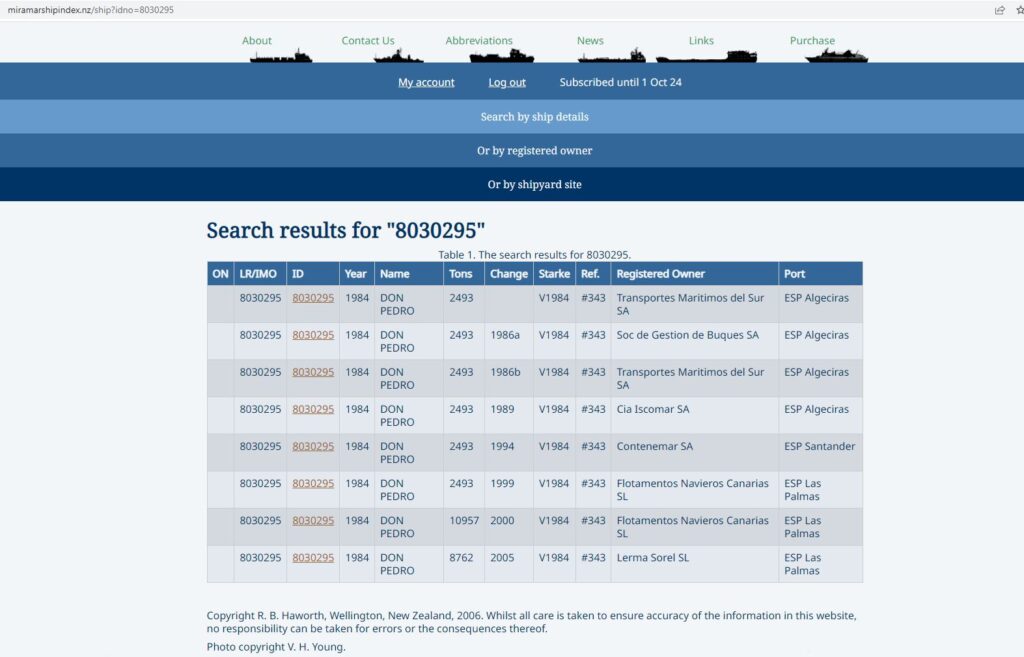
So how does an experienced crew, in a refurbished and properly certified (as far as can be determined) ferry, operating profitably for a well-known and established transport company, end up at the bottom of the Mediterranean just off a popular holiday resort Island? I confess, I would not normally dream of going to Ibiza under any circumstances, to me, for over 30 years now, it has represented a sub-culture of teen angst based around musically inept “DJ’s” incapable of any form of originality, pedaling actual musicians creativity, destroyed in multiple asinine loops. It isn’t a wonder those attending such events are encouraged to reach rapid drug & alcohol induced catatonia. But we digress, it was my wife Ellie who suggested we go for a week in October of 2012, both of us were overdue a holiday and I hadn’t dived for a couple of months, and, much to my surprise Ellie had found a wreck I’d never heard of, and one which was stated to be “The largest wreck in the Mediterranean”, Ellie also assured me there was “another side to Ibiza, away from the “Techno Zombies””, so I began a little research……
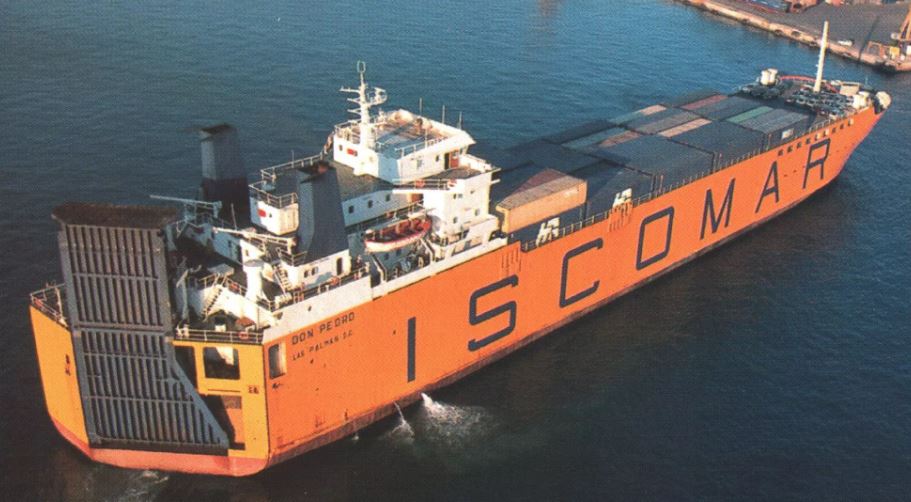
On the 11th July of 2007 the ISCOMAR Roll-on-Roll-off ferry Don Pedro was loading vehicles and cargo at Ibiza, she was due to transit to Denia, a Spanish City Port in Alicante province and the Don Pedro’s home port. Denia is a popular and busy port, known as “The Gateway to the Balearics” with 5 or so crossings scheduled to the Balearic Islands daily, the longest crossing, to Palma, takes around 8 hours so late evening passengers would enjoy the facilities available in the Don Pedro’s bar and restaurant. Don Pedro was scheduled for a late departure and would not sail for Denia until 2:30 a.m, following a busy period loading, and moving various vehicles and 40 trucks around in her holds and on deck, which would have been stressful to a crew already tired after unloading duties on arrival at Ibiza earlier that day
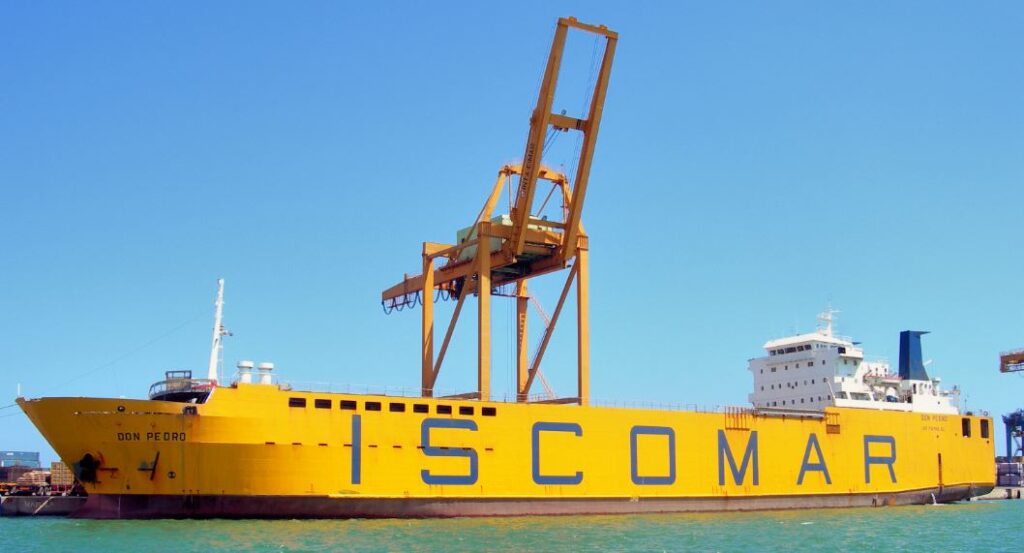
Don Pedro departed Ibiza at 02:00 a.m. bound for Denia, with her pilot guiding the helm as she navigated her way from the Dock and manoeuvred down the short stretch of sheltered water to the open sea. The Pilot disembarked at 2:42 a.m., inside the port dock, between the old mouth of the port of Ibiza and the Botafoch dock, allowing the Captain to resume command with the second officer taking the helm. The Automatic Identification System (AIS) data shows the Don Pedro’s course as 112’ just after passing the Botafoch Dock, the Captain and second officer exchanged course headings, the Captain asked the 2nd Officer the current course, and he responded that it was 190º. The Captain ordered him to put to port little by little to 180º according to AIS this occurred at 02:45 a.m. little more than 3 minutes after the Pilot left the ship and in that instant the Captain sealed the fate of the Don Pedro……
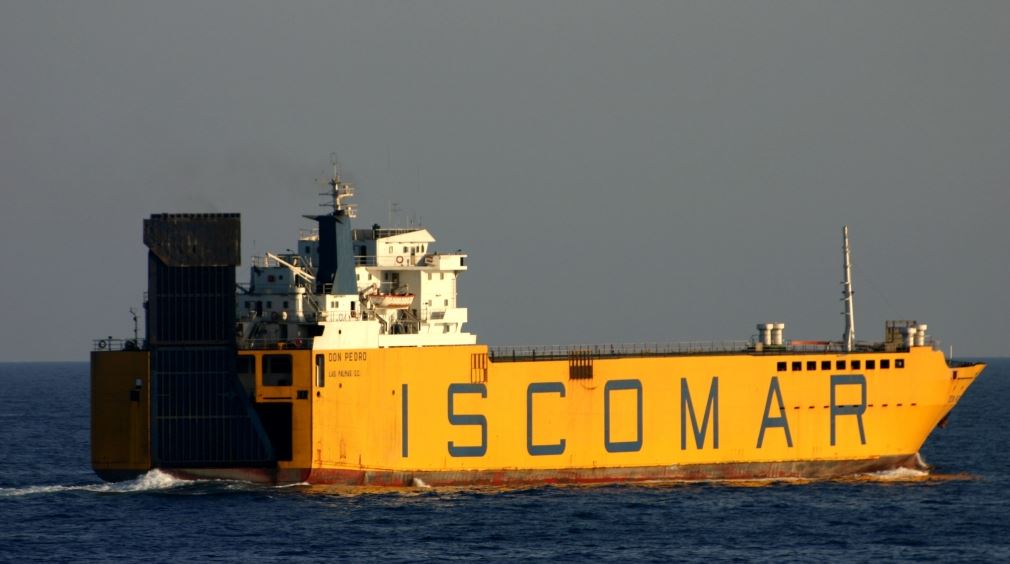
The Don Pedro, heading out on 112’ doesn’t point the vessel towards Denia, or even Alicante, it points the Don Pedro towards Palma, the travelled distance on 112’ rather than the expected 180’, a route that would have taken the Don Pedro directly South, means the turn instructed by the Captain steers the Don Pedro towards two prominent rock outcrops known as Dado Grande and Dado Pequeno or, in English, Big Dice and Small Dice, I will refrain from any casino puns here despite the obvious opportunity…….. The Don Pedro continued her course, the Captain instructing the Second Officer to put the rudder into automatic mode on the adjusted heading …….
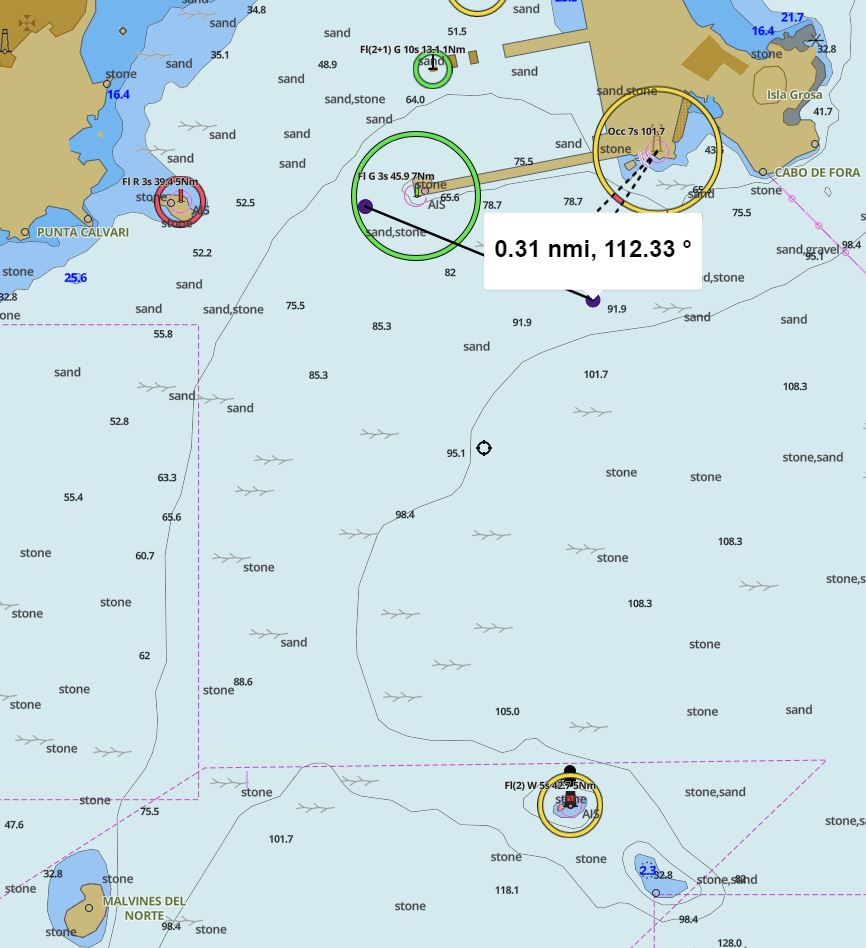
Information from the Spanish Maritime Accident Investigation hearing finalized by the commission 18th February 2009 (INFORME SOBRE EL HUNDIMIENTO DEL BUQUE “DON PEDRO” EN LAS PROXIMIDADES DEL PUERTO DE IBIZA el día 11 de julio de 2007: On-Line Resource “https://www.transportes.gob.es/recursos_mfom/pdf/ 783B1B8B -CC3A-4C77-9A8D-1BBF55BAF7B4/ 55261/ DonPedro 11Jul2007.pdf” Accessed 03/10/2024) reports that “…….the time period of 3min which the ship sailed on a course of this component, although brief, was decisive in causing the accident, since that when sailing on the aforementioned course of 112º, the ship moved towards the East one distance that, by amending the course and steering at the usual rate – that is, at 180º -, he positioned himself facing the Dice”. As the Big Dice outcrop appeared on the Don Pedro’s RADAR the Captain and First Officer tried desperately to avoid collision…..and they very nearly managed it, the Maritime Accident Report states: “Subsequently, a few minutes before the imminent grounding, the ship fell to port side to try to clear the Large Dice and thus pass between both islets. once free of this obstacle, (it) fell to starboard in an attempt to clear the Small Dice, which (was) at that moment by the bow as a consequence of the previous fall to port. The ship managed to sail between both islets, but could not avoid touching the shallows that surround Small Dado, a collision that took place at 02:52 a.m.”

The conclusion of the Spanish Maritime Investigation falls short of absolute blame on the Captain and indeed of the First Officer, several scenarios are noted as “possible cause” including human error, fatigue and lack of an agreed & documented (prescribed) course from Ibiza to Denia or Alicante, variously attributed to navigation error, poor information exchange between the pilot and Captain, along with the punishing shifts, & human error implicit in Ro-Ro Ferry schedules between the Balearic’s, imposed by shipping owners, these, compounded by a lack of mandatory documental processes (route planning), and the Pilot leaving the Don Pedro earlier than was usual, whilst still at the harbour entrance, were contributory to what became the largest vessel lost in the Mediterranean at that time, or indeed to this day (October 2024). Was this something of a “Whitewash”, perhaps, on Spanish protocol I cannot be completely clear, it may have been the commission was only to determine the sequence and specifics of the grounding, and that a subsequent legal hearing would then attribute blame accordingly, I cannot find any evidence of a follow-on court case, but there may ultimately have been one? But, and it is a big “But”, the grounding was not what killed the Don Pedro, at least not what dealt the “Coup de Grace”, that lies in events before Don Pedro even left the slipway at the Santander Astilleros shipyard, buried deep in her design, and as in the Titanic, although there were no fatalities in the loss of the Don Pedro, there was a fatal flaw which eventually left her resting on the sandy shale bottom of the Mediterranean between Malvines Del Norte & Dado Grande
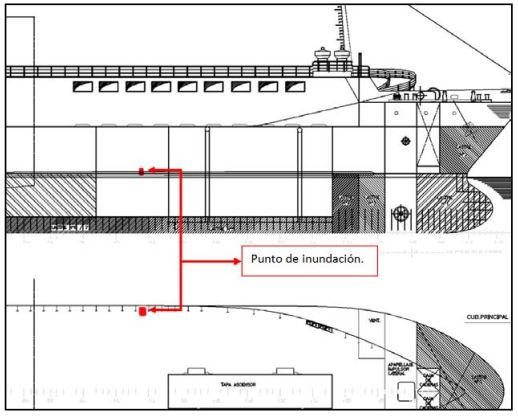
The Don Pedro was a multi-cargo vessel, she was also a passenger carrier and facilities aboard included catering and entertainment in the form of a bar. In typical Spanish fashion, both were served by a winery set aside to allow (presumably) temperature and humidity control, or perhaps simply to prevent stock from being interfered with? One can only presume this was a source of pride to the ship owners and maybe even a selling point to passengers, tired after travel and looking forward to a meal and a glass of properly served and conserved domestic Spanish wines or even expensive imported classics…… The Don Pedro had survived the impact with Small Dice and, despite taking on water and developing a distinct list to Port, the side of the impact, continued to stay afloat overnight and that facilitated the safe evacuation of all those aboard, passengers and crew alike
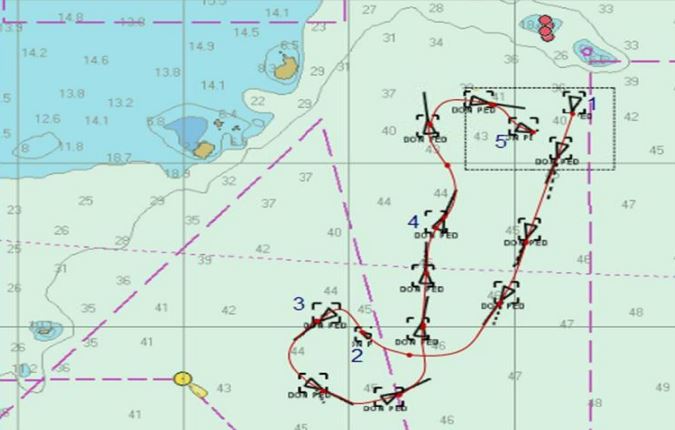
The Maritime Report details the actions taken “…..the Captain sounded the general alarm signal and notified the pilots of the accident, Ibiza requested immediate assistance from a tugboat. He also stated that he observed that the ship was taking a slight list to port, he called the Chief Engineer and he said that they should ballast the two starboard double bottom tanks that were empty, in order to be able to counteract the aforementioned list to port and right the ship. At the same time, the Captain ordered the 2nd Officer to prepare the lifeboat” As in every accident investigation, no “one” cause is usually fatal, it is almost invariably multiple combined effects that cause such disasters…..
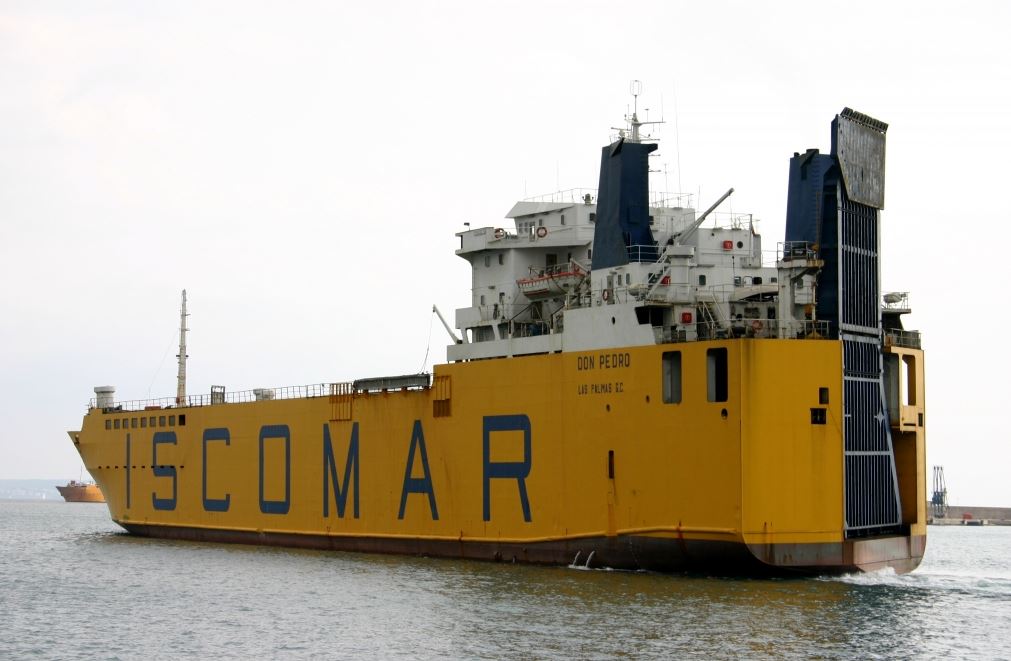
The irony here is that, in trying to save the vessel, the assigned tug, although careful to not compromise the stability of the flooding Don Pedro, inadvertently ensured she went to the sea-bed. The commission report goes to great lengths to mathematically calculate scenarios which affected the ship’s stability before concluding that forward motion and continual ingress (somewhat increased by the action of towing her forwards) eventually allowed water to flood the Don Pedro to the extent the open connection between her winery and warehouse 12 increased the list to port which fatally and categorically doomed Don Pedro: “…In this case the winery and the winery are connected to 12. The point of communication (flood) is located in the longitudinal position of 93.4 meters from the stern perpendicular, on the main deck and at a distance of spanned 8.5 meters. This point corresponds to the opening in the main deck that would produce the beginning of the shipment of water, from the warehouse to the winery If the progressive flooding process continued, a situation would reach a limit for warehouse and cellar filling values of 82.5% and 1.2% respectively. In this condition, the shelter cover submerges and stability would be practically zero….”
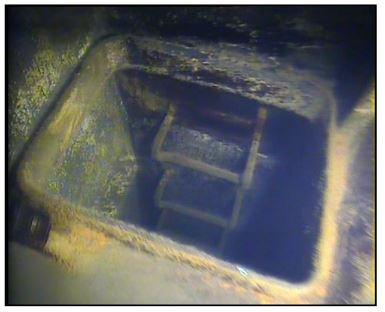
The loss of the Don Pedro was avoidable, had auxiliary water pumps perhaps been used in sufficient time, the ingress of water may have been offset sufficiently to facilitate towing her back into Ibiza. However, you could argue that such a combination of events resulting in her grounding on Small Dice, the breach of her hull, her subsequent foundering and her hours drifting at the mercy of wind and tide until attempted salvage later that morning, meant nothing on Earth was going to be allowed to save this long serving stalwart Island Ferry…..I am a believer in fate, the circumstances of the loss of the Don Pedro seem, at the very least, to have been an irresistible temptation to fate, and from “Fate’s” perspective, if you were presented with such a sequence of events, and such an opportunity, would you have allowed the Don Pedro to have escaped you…..?

The Don Pedro could have been an ecological disaster, some might equally say it was, however, extensive efforts immediately undertaken by the Spanish prevented a tourist nightmare. Vessels were dispatched to contain and limit further potential pollutants from becoming distributed around the Mediterranean “…..The multipurpose rescue ship Clara Campoamor” and the rapid intervention rescue “Salvamar Markab” began the work of laying of anti-pollution and fuel suction barriers in the area of the sinking using skimmers and absorbent material” (INFORME SOBRE EL HUNDIMIENTO DEL BUQUE “DON PEDRO” EN LAS PROXIMIDADES DEL PUERTO DE IBIZA el día 11 de julio de 2007: On-Line Resource “https://www.transportes.gob.es/recursos_mfom/pdf/ 783B1B8B -CC3A-4C77-9A8D-1BBF55BAF7B4/ 55261/ DonPedro 11Jul2007.pdf” Accessed 03/10/2024)
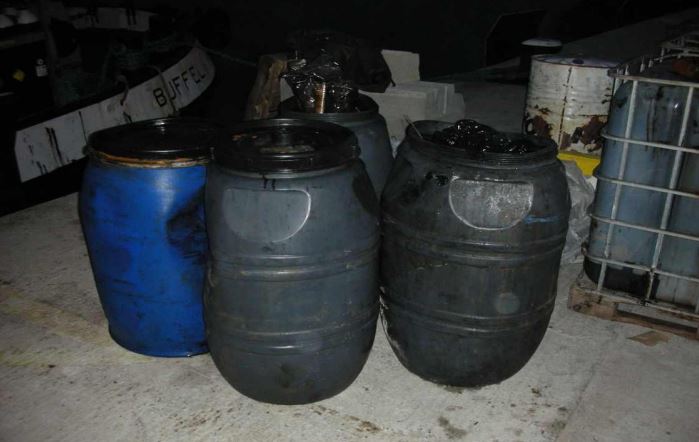
The ISCOMAR company appointed Dutch salvors to investigate the wreck and appropriate salvage efforts “….Iscomar explained that the work is continuing to remove the oil which remains in the hold of the Don Pedro, which on Thursday amounted to 47 tons. In this respect, the shipping company added that “it is not known exactly how long this extraction work will take”, as it has not been possible to establish precisely the severity of the leaks due to the movements of the ship” (Majorca Daily Bulletin: ““Don Pedro” payments to start tomorrow” 05/08/2007. Staff Reporter. On-Line Resource https://www.majorcadailybulletin.com / news/local/2007/08/05/16544/ 147-don-pedro-148-payments-start-tomorrow.html Accessed 03/10/2024) The Dutch team managed to ascertain the condition of the wreck and salvage options, including a chance of complete recovery, a preferred option to the Spanish Government until likely costs were proposed. It is perhaps unsurprising that efforts to obtain compensation for the sinking are still in progress until as late as 2013, a full 6 years after the sinking
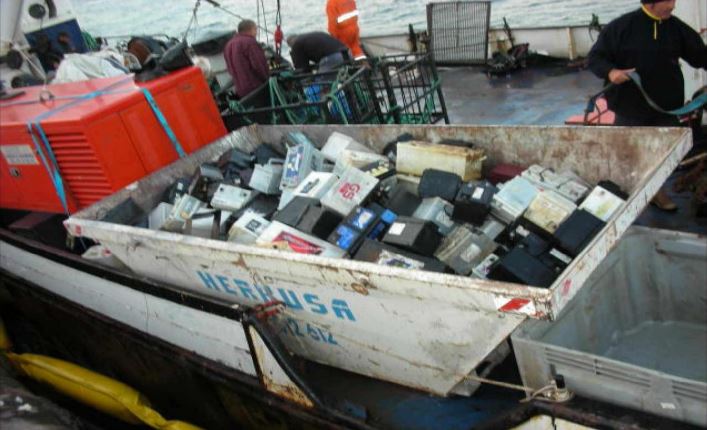
Greenpeace pursued ISCOMAR for the unlicensed transportation of dangerous waste, 3016Kg of used car batteries and 12 drums of “potentially dangerous substances” in September of 2013 stating “This lack of control and non compliance with European directives confirms that the management of dangerous waste in Spain is very deficient and has grave consequences, car batteries, they added, have been declared dangerous waste by the European Union because they contain sulphuric acid, a very corrosive substance, and lead, a highly toxic heavy metal” It would not be until November of 2013 that the Spanish Government declared the Don Pedro wreck finally and effectively cleaned “The cleaning up process took place over two phases, the first of which involved extracting all potentially contaminating liquids from the water. These were principally combustible fuel (oil and gas), paints, solvents and lubricating oil but included other potentially dangerous liquids. The second phase saw the recovery of any further materials which could upset the nautical environment, like oil drums and containers filled with battery fluid”. (Majorca Daily Bulletin: “Don Pedro clean up operation completed”. 30/11/2013. On-Line Resource https:// www.majorcadailybulletin.com /news/local/ 2013/11/30/17252/ don-pedro-clean-operation-completed.html Accessed 03/10/2024)
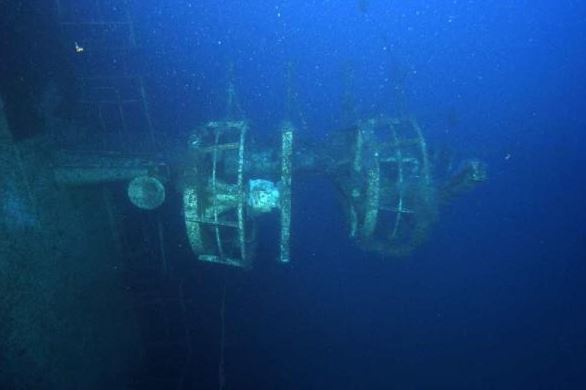
I dived the Don Pedro in October of 2012 whilst penetration was strictly forbidden as the clean-up had not been officially declared completed, despite the Ibizan Islanders assurances that it had ended long since, my Green Navy log book records: “IBIZA Balearic Islands Wreck of the “Don Pedro” a huge intra-island car-truck ferry not dissimilar from Zenobia. Hit an island in 2008 and went down close to Large Dice Isl I dived it with Natalie from Punta Dive. Down first onto the stern past the rudders to the huge 6 blade modern (twist) prop on her starboard side well pronounced thermocline @ 40m very chilly! Along the starboard hull chine to the bow through a large shoal of 10-15 lb serving dish sized silver fish. Round the huge anchor in its hawse & round to the deck @ 90’ vertical past the bow deck & hawses & on over acres of deck to the bridge area & round the accommodation & bridge wing – all the technology RADAR rigs intact & great to look over. Round the rear cargo doors to the stern & the shot. Could easily do another 5 or six great dives on this awesome wreck largest in the Med! Air In 190 Out 90 Viz 20m Buddy Natalie”
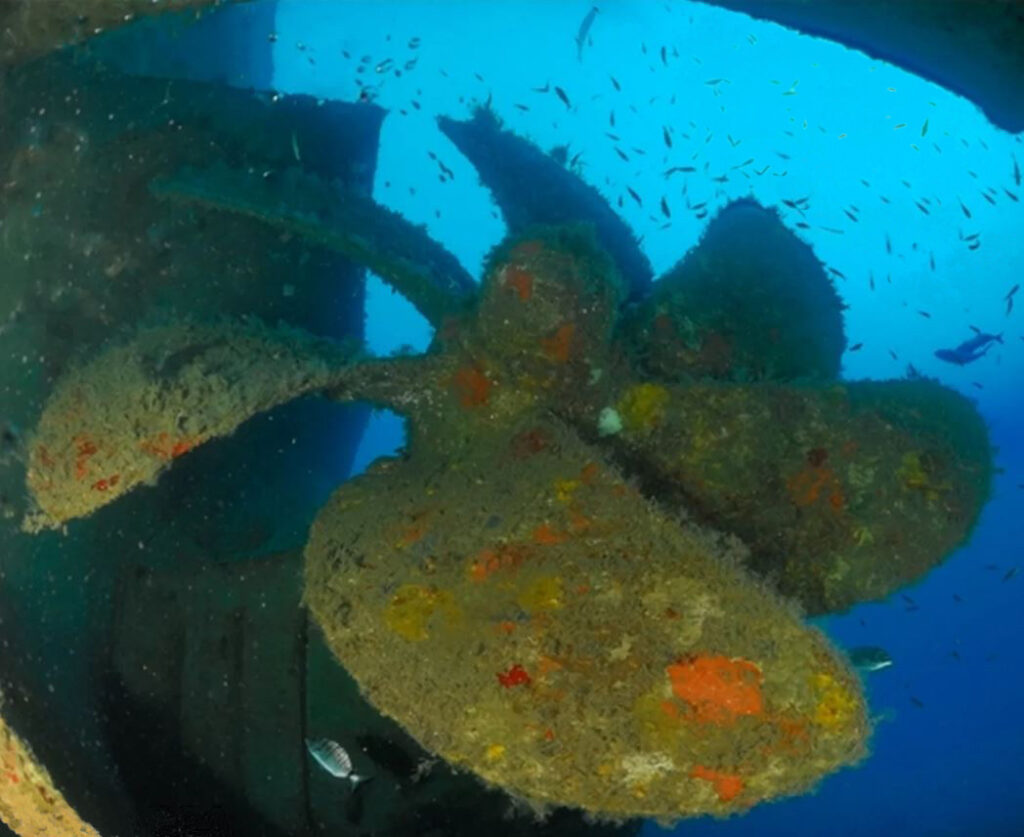
Remembering this dive is easy, I was sadly only going to get one chance on her as the dive centre had committed to other dives that week and this was a one-off opportunity in the holiday, the trip out was uncomfortable, a 45 minute trip in choppy seas which had me sea-sick for the first time in years, nonetheless I was looking forward to diving the Don Pedro and I wasn’t disappointed, she was huge and I knew from the off there was no chance of getting anything more than an overview of her in one dive. I knew a large part of the dive would be finning over her huge deck area, with little to see until we reached the bow, it was either that or stay in only one area throughout and I didn’t want to do that, rather see as much as I could of her in the 45 minutes we would have to dive
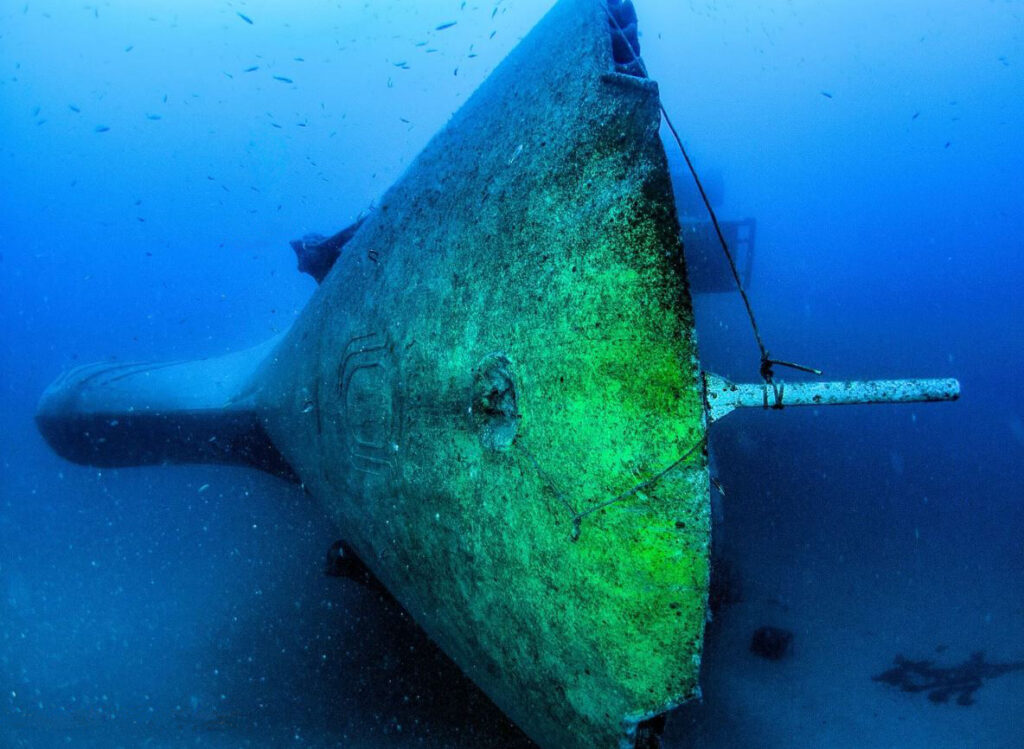
The size of Don Pedro is immediately impressive, her condition, after only 7 years underwater, was little short of stunning and everything on her was of a scale that leaves you feeling ant-like. Most impressive to me was her six bladed prop, a beautiful piece, “modern art meets mechanical perfection” sprang to mind and it was easy to imagine it driving Don Pedro effortlessly to her ultimate destruction, although it was far more difficult to see how such a minor impact had doomed her…….. truly a Lemony Snicket tale if ever there was one, the only good thing to come out of this was the saving of all hands and passengers alike, for that I was grateful, there was no strewn luggage, no abandoned toys, nor sunk lifeboats here as there are on Salem Express, a very similar vessel in size and purpose with an agonizingly tragic story surrounding her loss
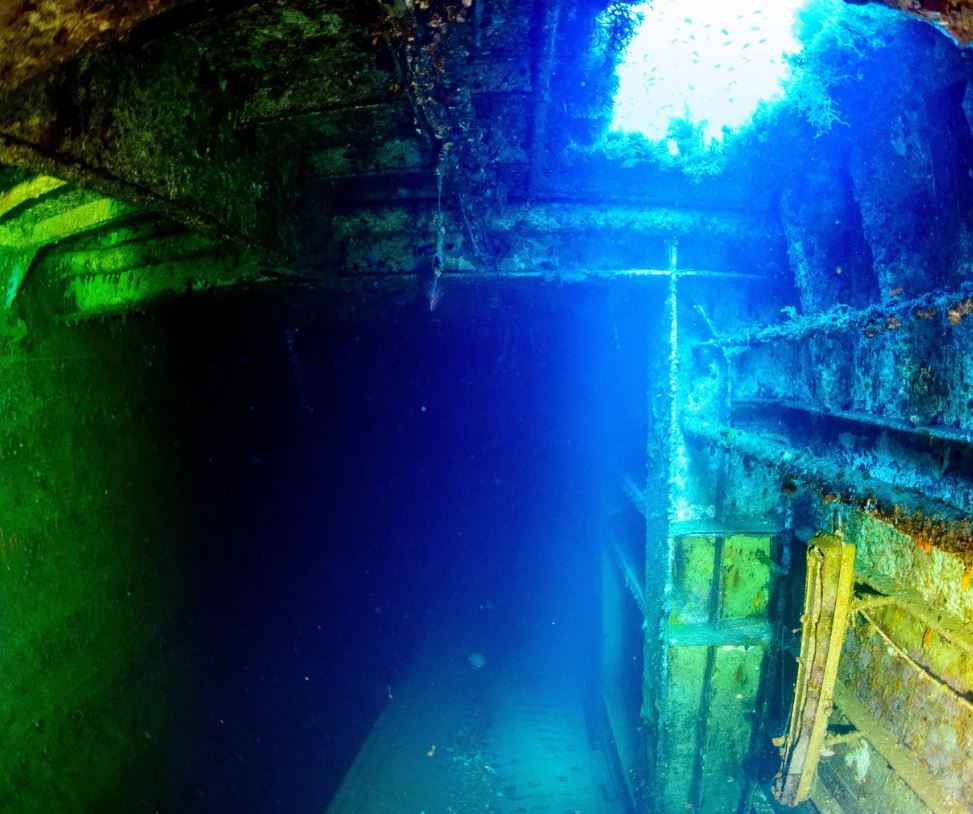
Nowadays it is possible to enter and further explore the Don Pedro, something I will hopefully, one day, get the chance to do. At the time of my dive in 2012, it was expressly forbidden to enter her and hatches had been welded closed and bridge windows barred across by the salvage and cleaning teams employed by ISCOMAR in order to prevent anyone doing so
As ever, this piece would be far poorer without the amazing photos and illustrations used to visualize the story of the Loss of the Don Pedro, I am very grateful on that account to the anonymous photographer at scubaibiza.com and padi.com for the web photos reproduced here and to the Spanish Maritime Investigation Commission and Ministerio De Fomento for the illustrations and photographs of the loss and clean-up of the Don Pedro and, lastly, to Natalie from Punta Dive Centre for putting up with me as a dive buddy
